In this day and age, almost every car manufacturer aspires to sportiness one way or another. While some will restrict this ideal to a simple bodywork styling exercise, many have a full-on performance division that will distil a car to its essence and wring every last scrap of power from it.
Be it long-standing departments at established manufacturers, or relatively new imprints; the industry has rarely been lacking performance-focused divisions in the last few decades.
But which are the leading performance brands, and what do they make? Let’s take a look.
BMW M
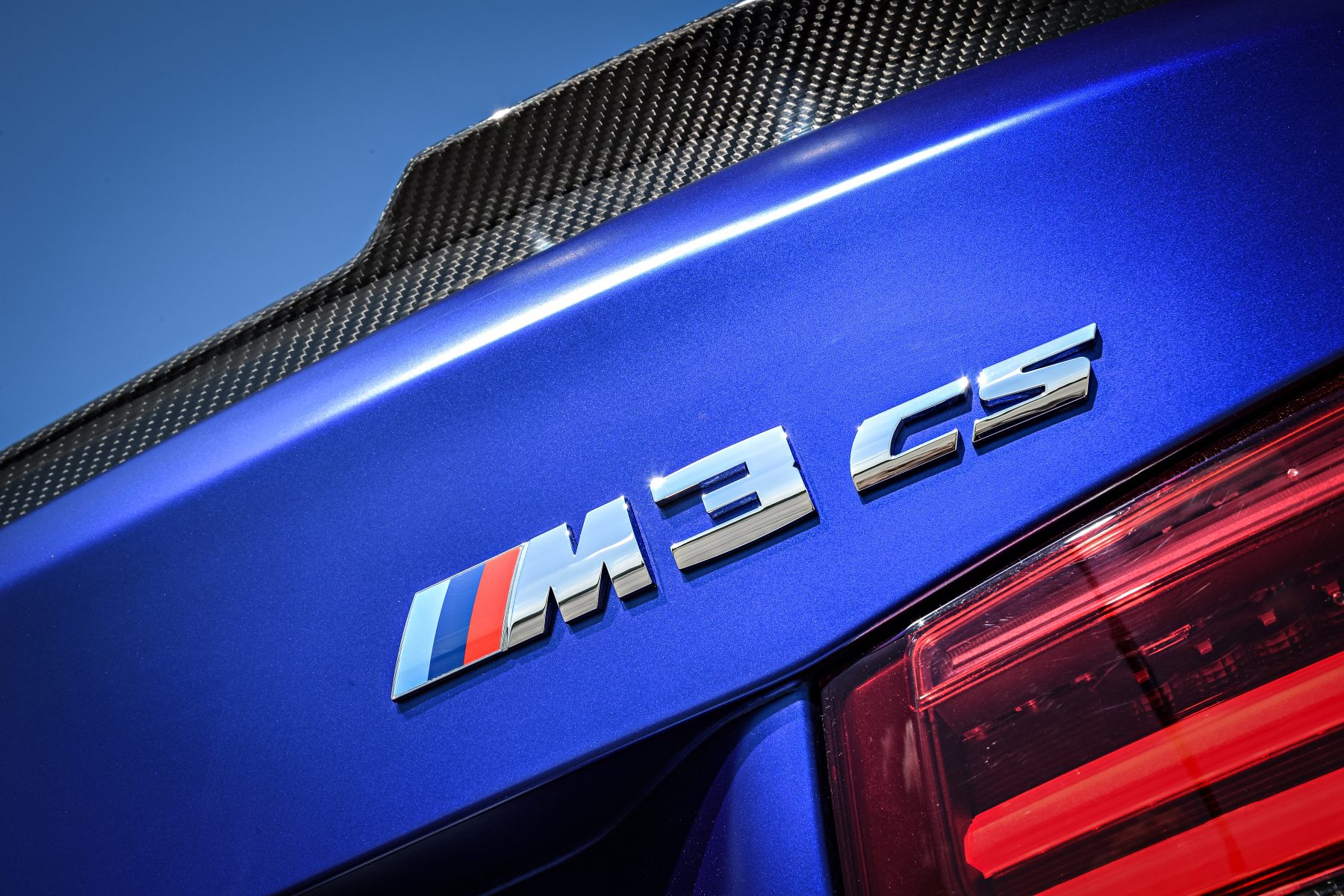
As with many badges and performance outfits here, BMW’s M Division has its roots firmly embedded in motor racing. Founded in 1972 and finding a stride early on, it took just six years for the brand to make its imprint on road cars with the M1.
Today, the firm’s back catalogue of iconic cars for road and track is lengthy and commendable in equal measure. With a particular penchant for taking saloons and turning them into high-performance cars of the highest order, the M Division has cultivated a loyal, worldwide following.
In the modern era, the reach of M has spread further, with M Sport styling packs available on practically everything that rolls off a BMW production line.
Mercedes-AMG
 AMG was founded all the way back in 1967 by Hans Werner Aufrecht and Erhard Melcher – and the letters AMG in fact stand for Aufrecht, Melcher and Großaspach – Aufrecht’s birth town. Since then, AMG has created some of the most elegantly unhinged motor cars that the world has ever seen, and, more recently, produced engines for the likes of Pagani and Aston Martin.
AMG was founded all the way back in 1967 by Hans Werner Aufrecht and Erhard Melcher – and the letters AMG in fact stand for Aufrecht, Melcher and Großaspach – Aufrecht’s birth town. Since then, AMG has created some of the most elegantly unhinged motor cars that the world has ever seen, and, more recently, produced engines for the likes of Pagani and Aston Martin.
While best and most commonly associated with Mercedes, which has been a majority shareholder since 1999, AMG has previously worked with other firms including Mitsubishi.
On the road, AMG’s philosophy for tuning is somewhat different to that of the M Division, often providing more brash, raucous offerings than those in the red and blue stripes.
Hyundai N
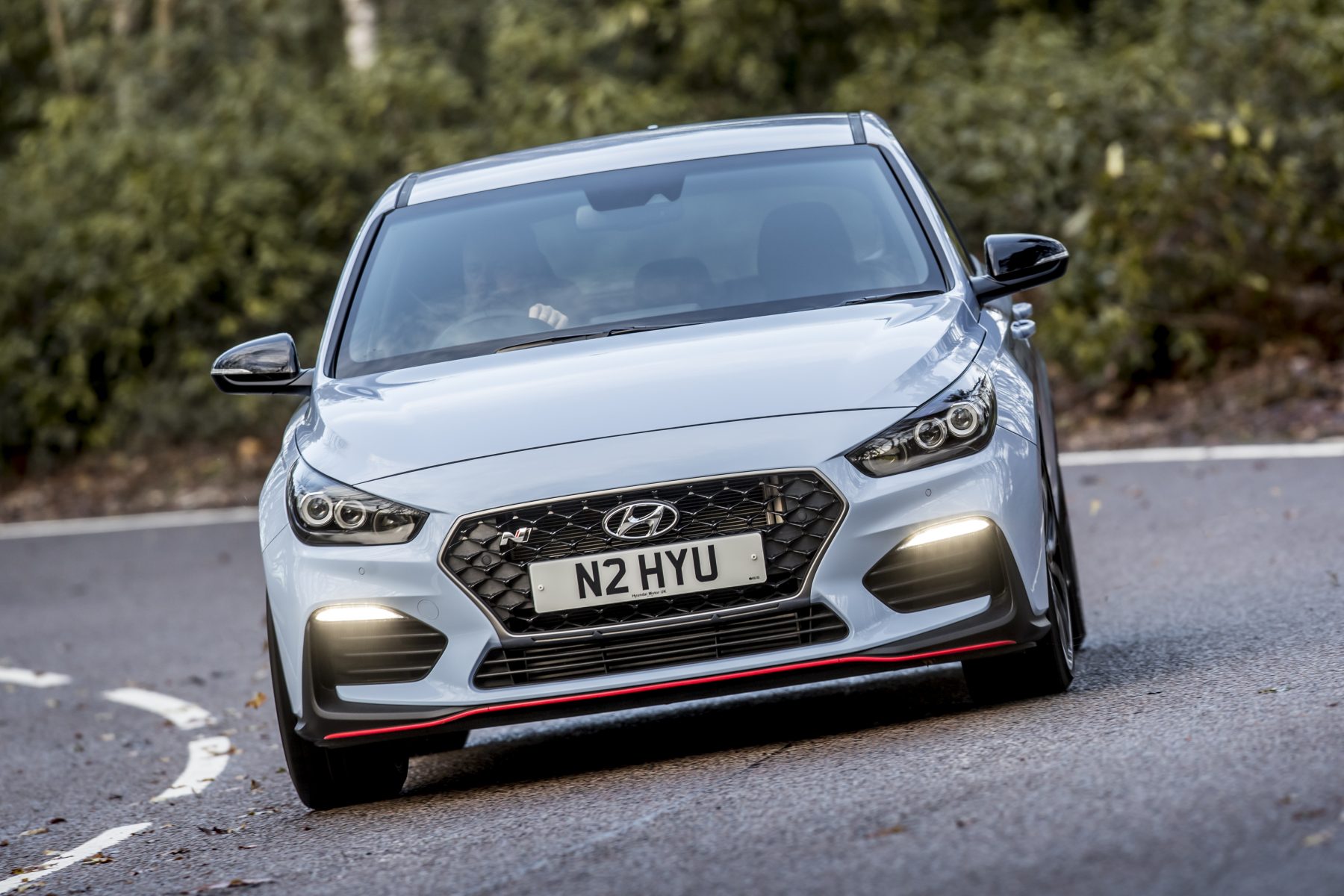 Hyundai hasn’t got the greatest of motorsport or performance pedigrees to its name, but it is now well on the way thanks to the foundation of the N high performance brand.
Hyundai hasn’t got the greatest of motorsport or performance pedigrees to its name, but it is now well on the way thanks to the foundation of the N high performance brand.
Picking and choosing expertise from all over the world, the division’s work so far has been lauded, particularly the astounding i30N hot hatch. The road-going activities are being backed up by successful campaigns in the World Rally Championship, touring car racing and the Nürburgring24 Hours; the latter of which is held at the circuit the division calls home.
Much like BMW’s M division, the N brand is also seen on less performance-oriented cars with go-faster styling, dubbed N-Line.
Renault Sport
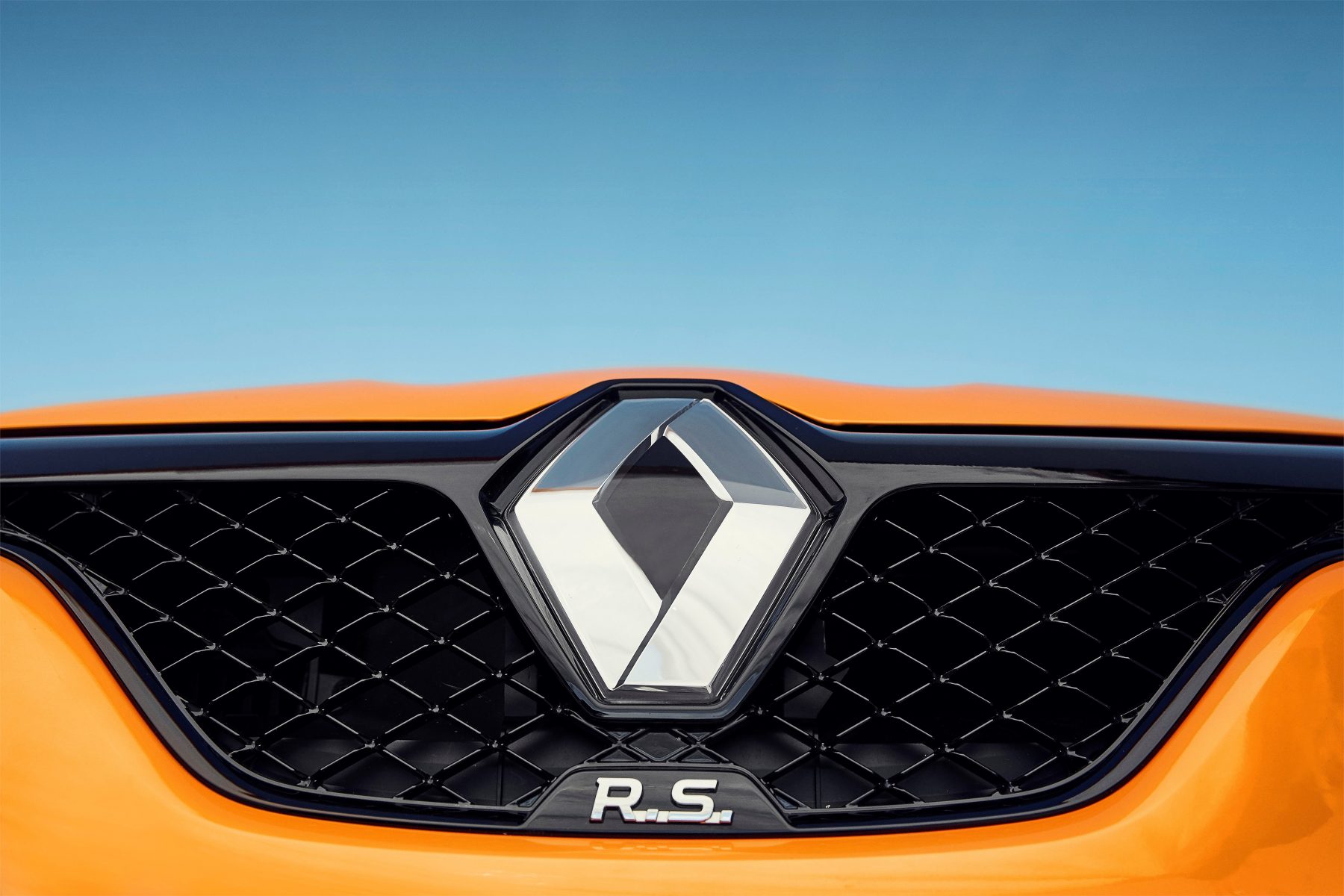 While Renault Sport’s history in motor racing goes back as far as the 1970s in Formula One, Rallying and other disciplines, its road car history only began in earnest when Renault discontinued the Alpine marque in 1994.
While Renault Sport’s history in motor racing goes back as far as the 1970s in Formula One, Rallying and other disciplines, its road car history only began in earnest when Renault discontinued the Alpine marque in 1994.
Since then countless well-received hot hatches have received the Renault Sport moniker, including variants of the Clio and Megane.
Abarth
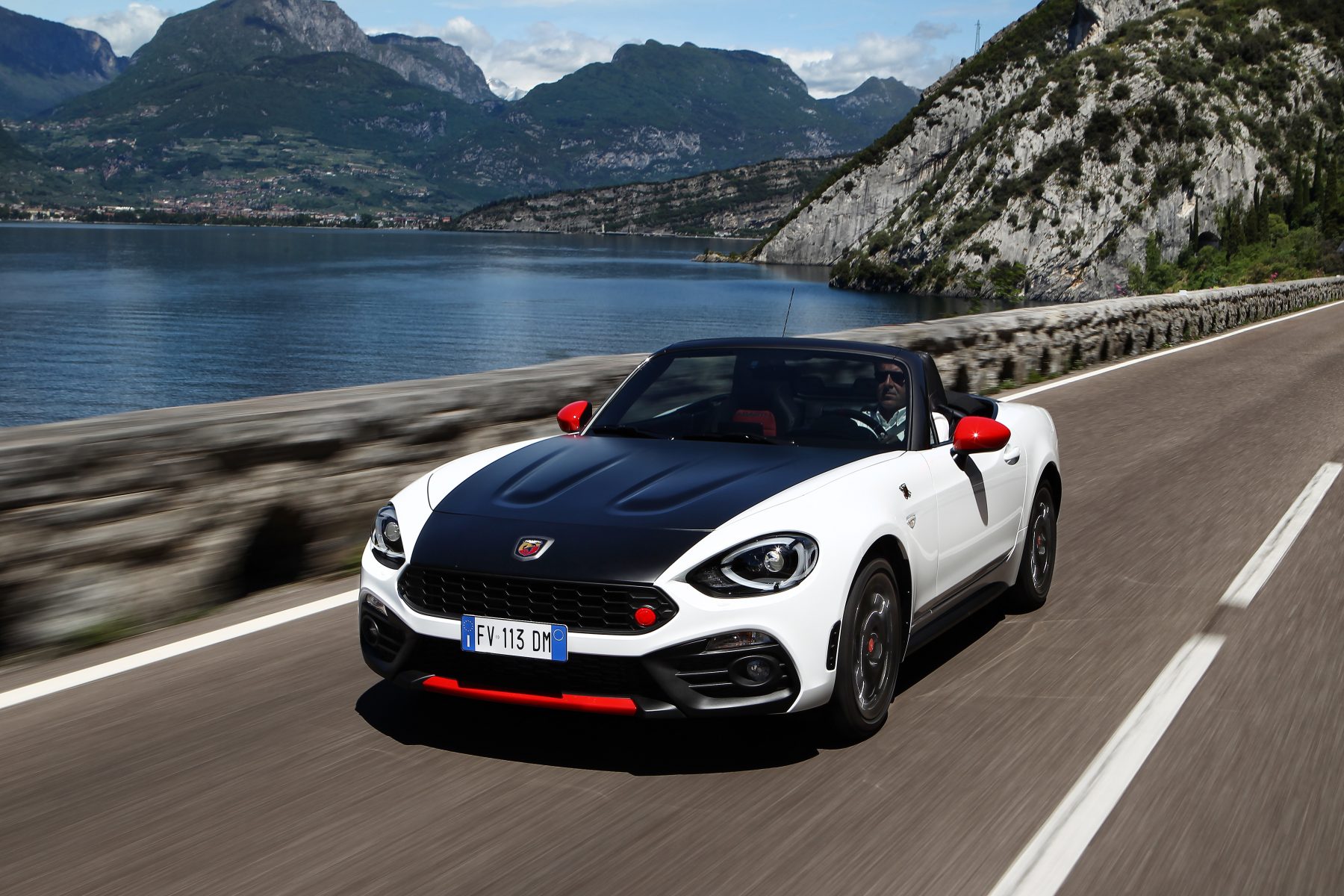 Abarth is still treated as a separate brand, and while it is now very much just an extension of Fiat, it once made many weird and wonderful sports cars.
Abarth is still treated as a separate brand, and while it is now very much just an extension of Fiat, it once made many weird and wonderful sports cars.
The firm was founded in 1949, and it wouldn’t be until 1971 that founder Carlo Abarth sold the firm to Fiat. By the 80s, the marque itself had ceased to exist, serving as a Fiat equivalent of a GTi or RS badge.
Today, performance-injected variants of the Fiat 500 and 124 Spider are the firm’s bread and butter, after the marque was re-established in 2007.
Shelby
 The story of Shelby and its eponymous founder Carroll is one of the most well-known in motoring.
The story of Shelby and its eponymous founder Carroll is one of the most well-known in motoring.
From the Cobra to the Mustang, the Shelby name’s legacy is one that is storied and well-covered; however, while it is an explicit Ford entity today, the Shelby brand has been elsewhere too.
Not only was the firm a manufacturer in its own right for many years, but Carroll and his expertise even found its way into Dodge and Chrysler products in the 1980s.
Today, however, the Shelby brand is used to designate the top of the Mustang food chain.
Cupra
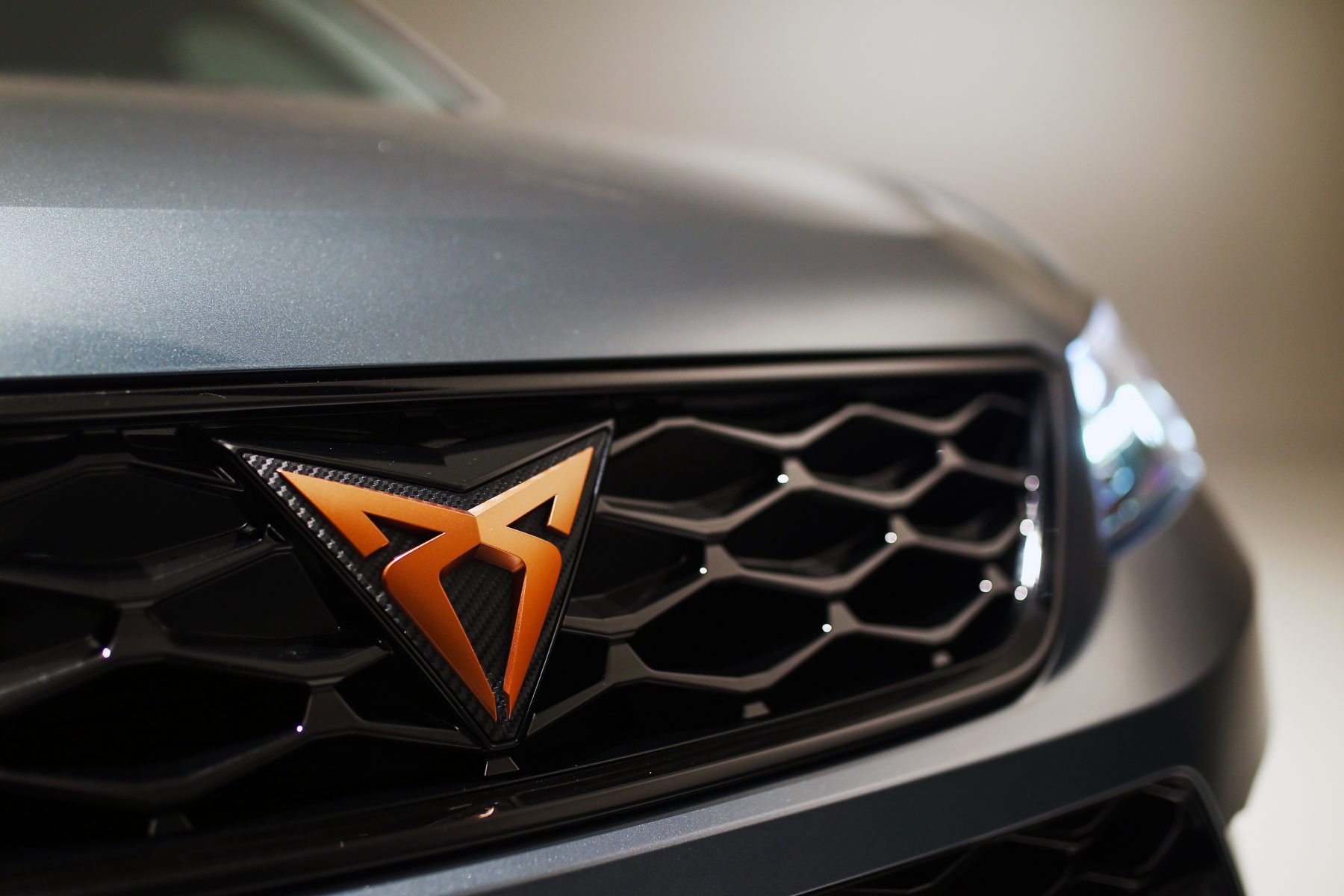 For many years, the Cupra nameplate was the home to Seat’s takes on the likes of the Volkswagen Golf GTI. The models from the Spanish brand were often lauded for their performance and sporting looked.
For many years, the Cupra nameplate was the home to Seat’s takes on the likes of the Volkswagen Golf GTI. The models from the Spanish brand were often lauded for their performance and sporting looked.
Spinning off as its own brand in 2018, the former Seat Sport racing entity is now Cupra Racing, and all former Seat performance models are now badged as Cupras.
Nismo
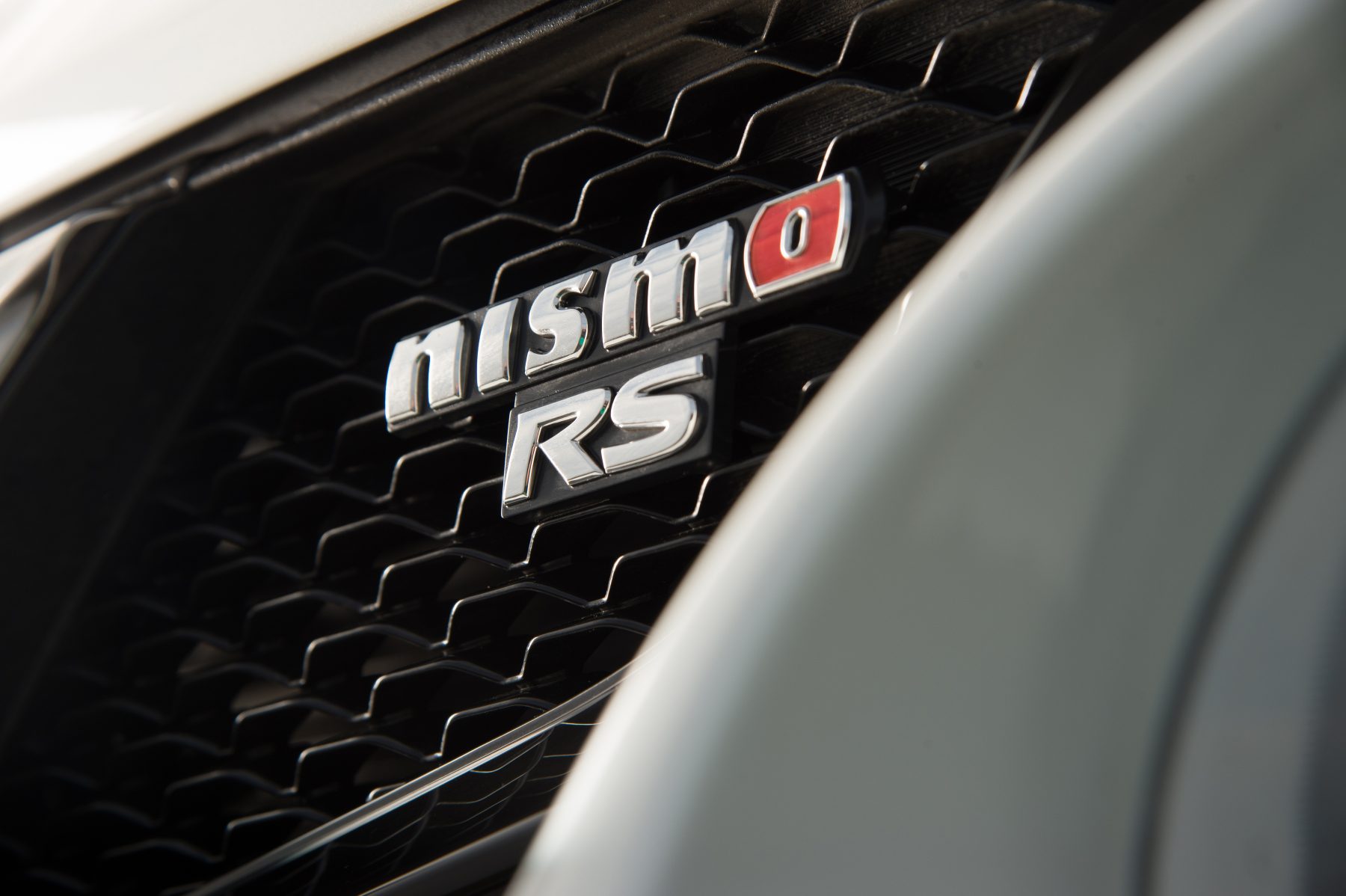 Founded in 1984, the abbreviation of Nissan Motorsport has gone on to become one of the most famous performance and tuning brands on earth.
Founded in 1984, the abbreviation of Nissan Motorsport has gone on to become one of the most famous performance and tuning brands on earth.
Aside from the firm’s global motor racing activities, Nismo produces various performance versions of Nissan road cars such as the GT-R, 370Z and even unlikely candidates like the Juke and Pulsar.
The ‘90s saw the firm put out cars as a brand of its own; the Silvia-based 270R, and the Skyline-based 400R.
Toyota GR
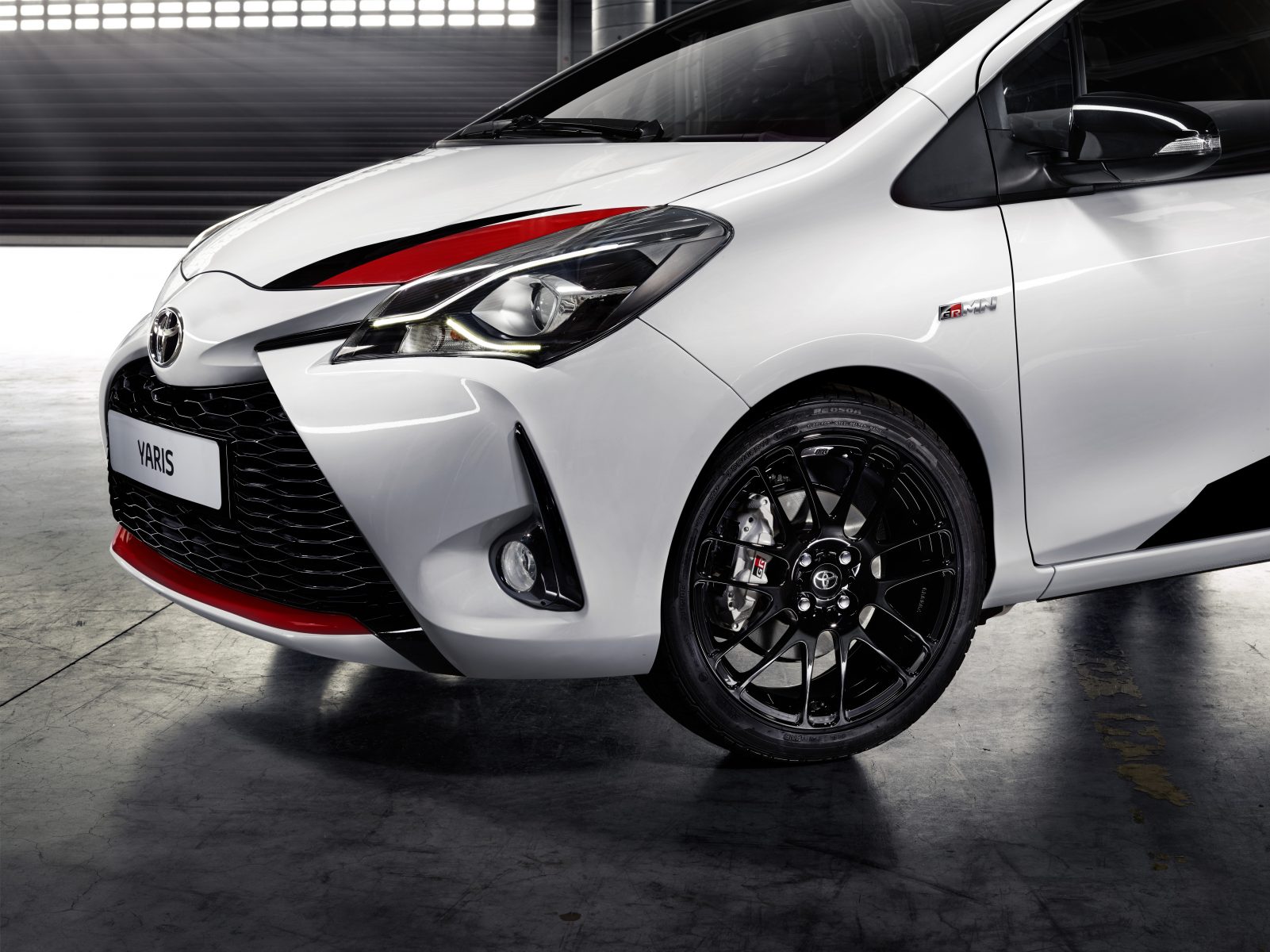 While Toyota’s history of performance brands is rich – see examples such as TOM’s and TRD for evidence of that – but today a new ‘face’ of performance reigns supreme at the Japanese firm.
While Toyota’s history of performance brands is rich – see examples such as TOM’s and TRD for evidence of that – but today a new ‘face’ of performance reigns supreme at the Japanese firm.
Initially, GR – which stands for Gazoo Racing – took part in the Nürburgring24 Hours, where Toyota and luxury spin-off Lexus would compete in a bid to develop performance models. Now, it is not only the team name for Toyota’s Le Mans and Rally efforts, but also the badge given to numerous performance models, including the reborn Supra.


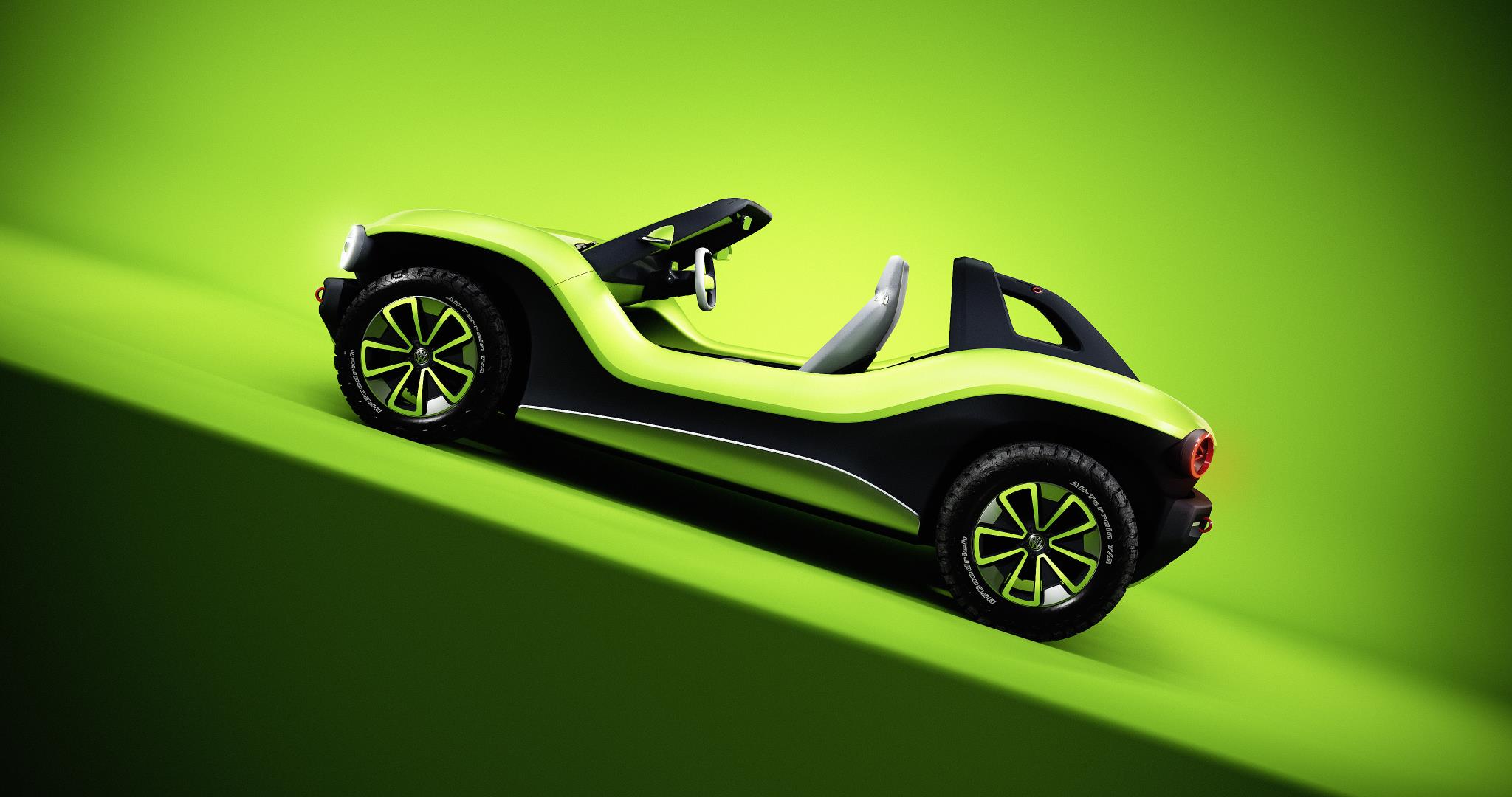
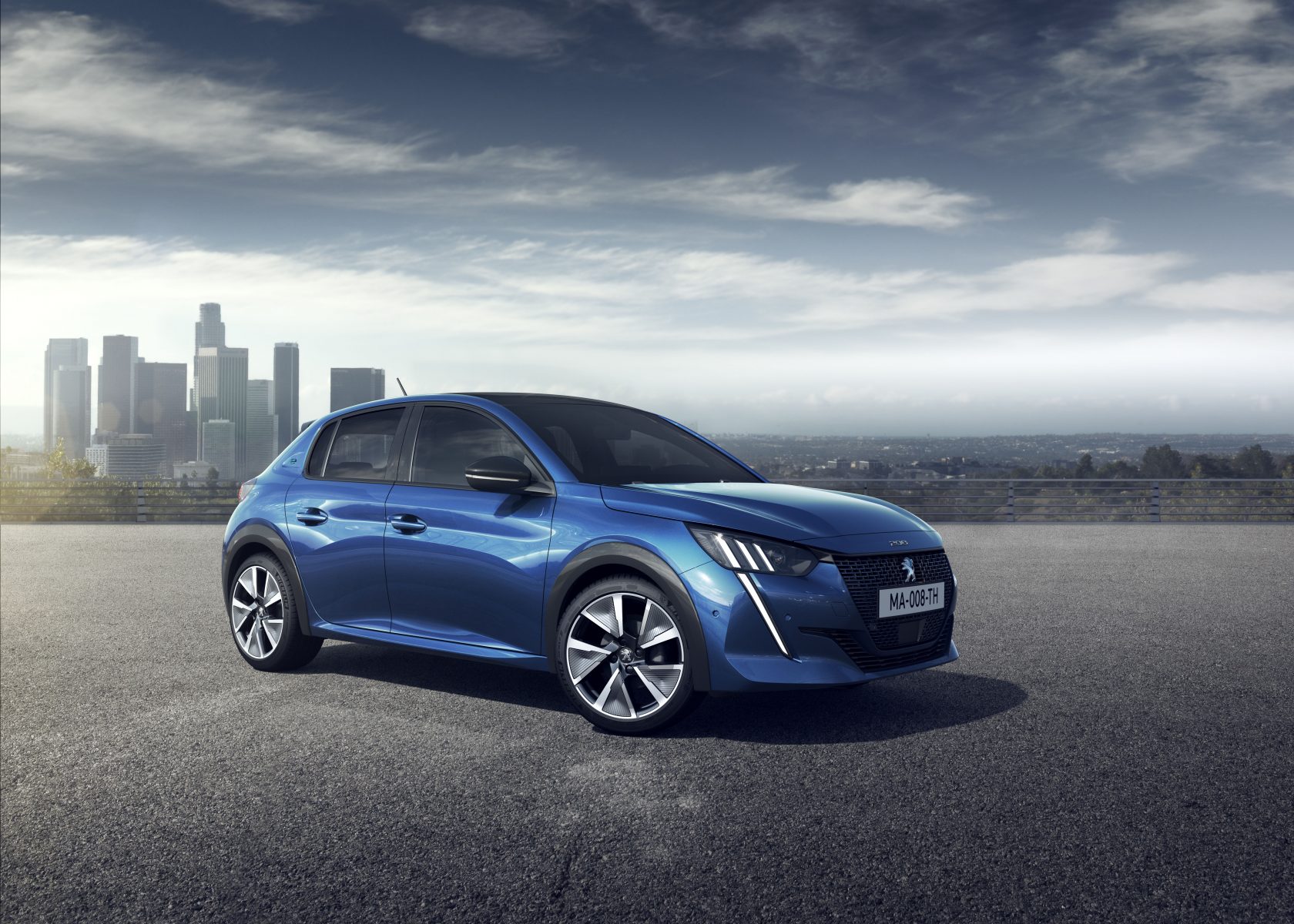 Announced in tandem with the second-generation 208, this EV supermini is set to boast a 211-mile range and 134bhp. The e-208 is the first in a series of all-electric Peugeot variants, and given it is to share PSA’s CMP platform with the upcoming Vauxhall Corsa, it provides a good idea of what the upcoming e-Corsa will be too.
Announced in tandem with the second-generation 208, this EV supermini is set to boast a 211-mile range and 134bhp. The e-208 is the first in a series of all-electric Peugeot variants, and given it is to share PSA’s CMP platform with the upcoming Vauxhall Corsa, it provides a good idea of what the upcoming e-Corsa will be too.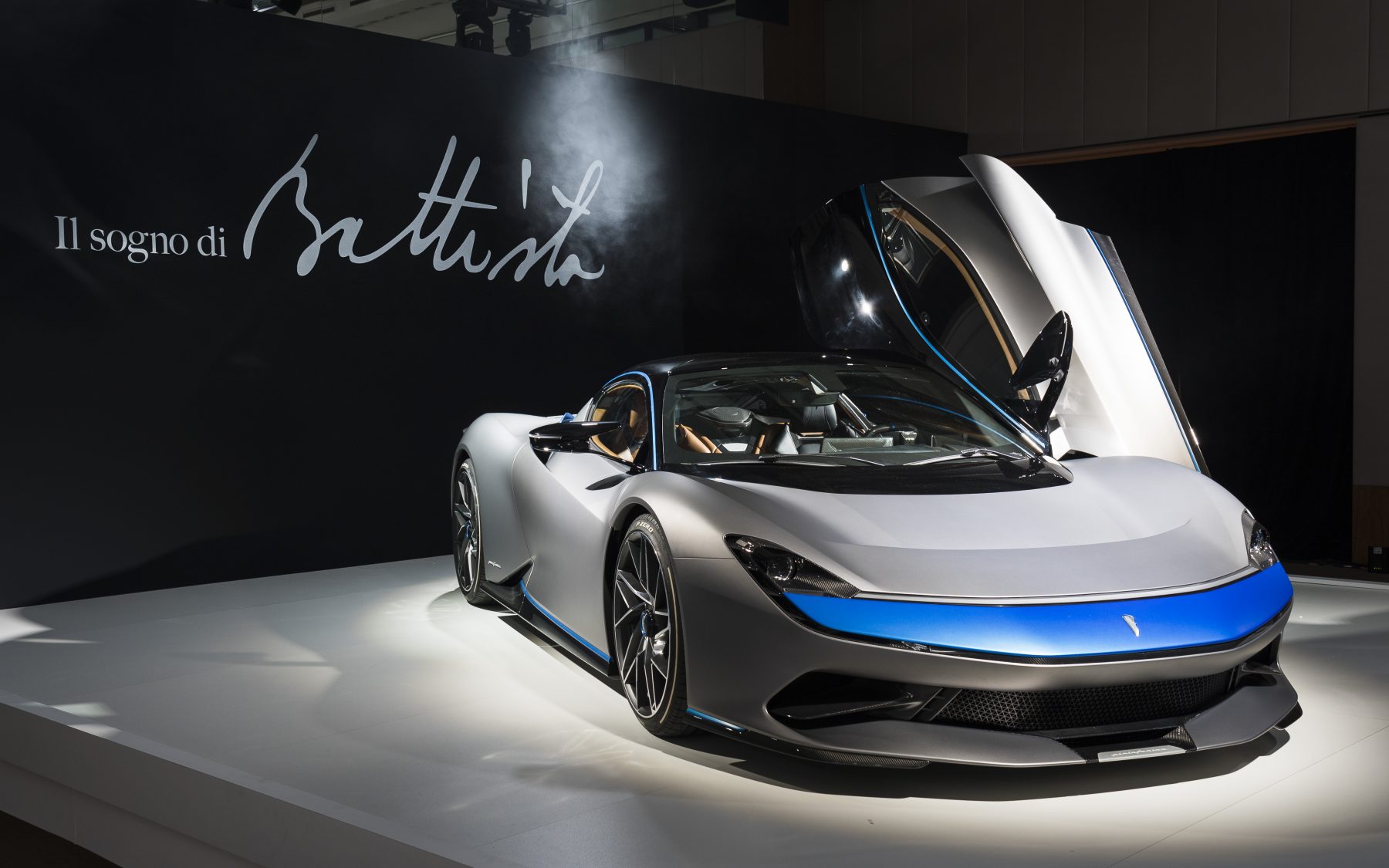 The famous Pininfarina design house is going into business for itself, and it seems intent on hitting the high notes early on in its solo career.
The famous Pininfarina design house is going into business for itself, and it seems intent on hitting the high notes early on in its solo career.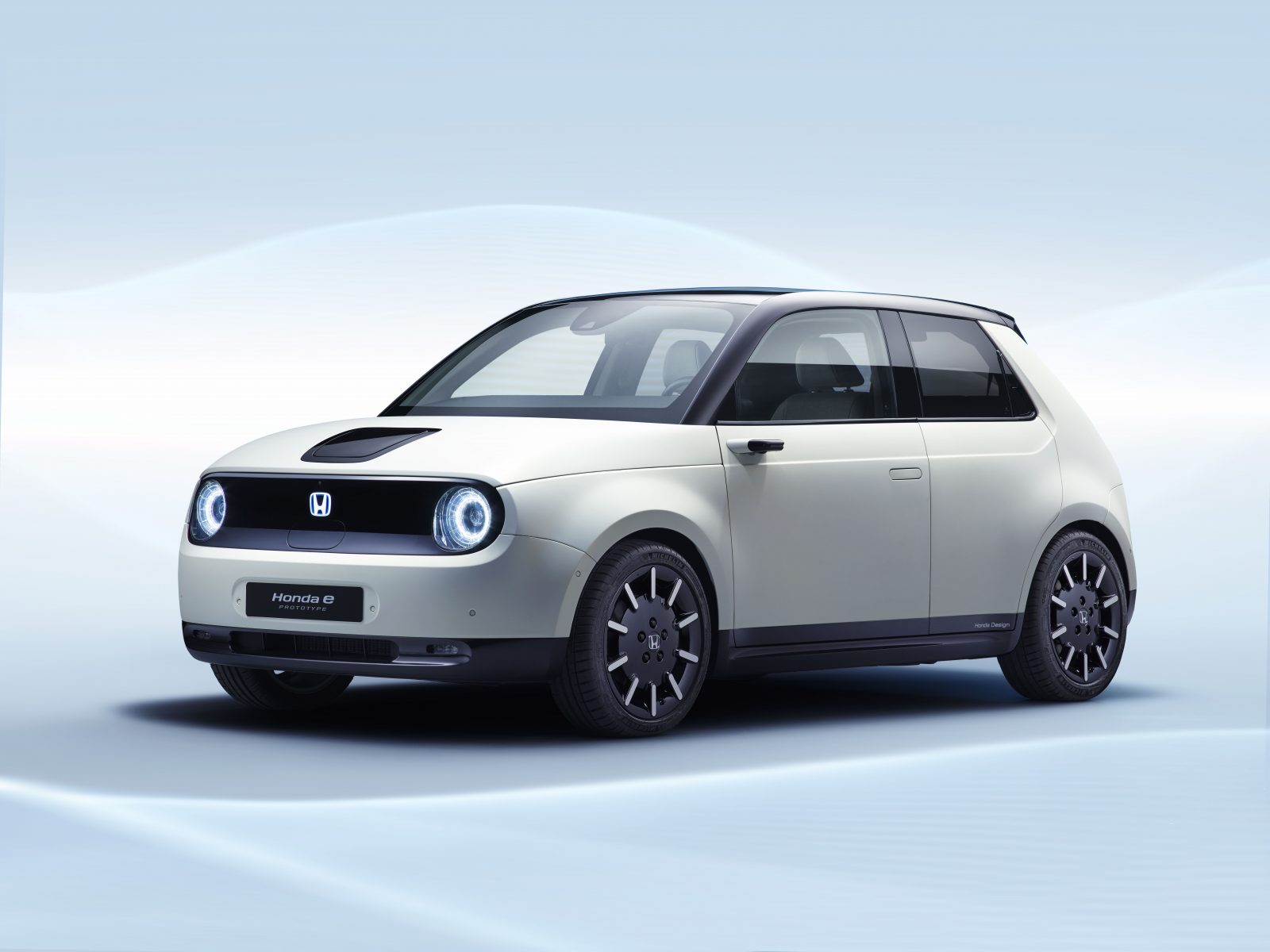 If you want to endear your electric car to the masses, sprinkling some retro styling on it seems to be a good strategy.
If you want to endear your electric car to the masses, sprinkling some retro styling on it seems to be a good strategy.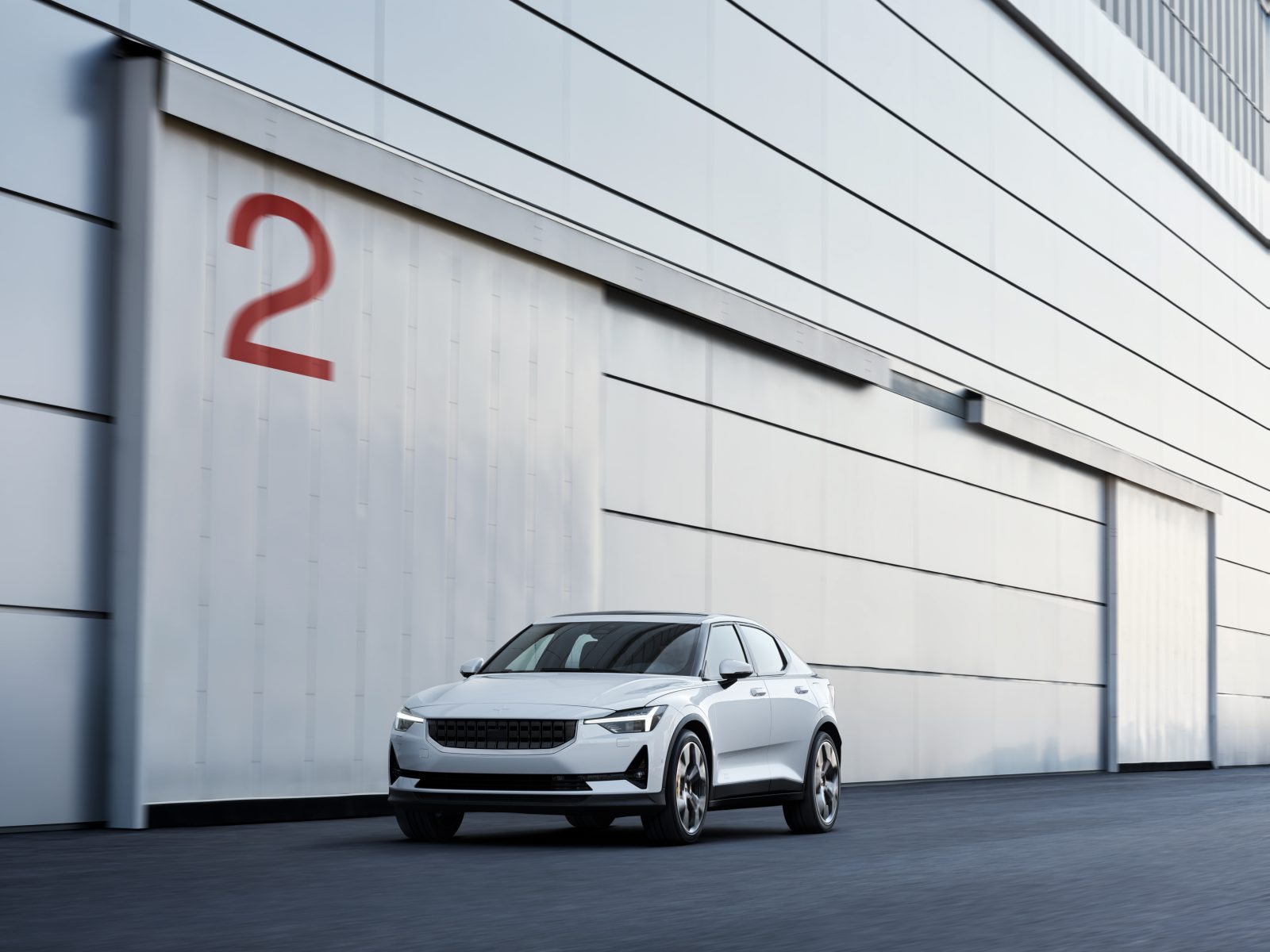 Volvo’s performance-turned-electric subsidiary has revealed its second standalone car, which looks to merge the selling points of saloon, sports and SUV. Aiming to the line of performance and sustainability, Polestar has even gone to the effort of making interior materials vegan-friendly.
Volvo’s performance-turned-electric subsidiary has revealed its second standalone car, which looks to merge the selling points of saloon, sports and SUV. Aiming to the line of performance and sustainability, Polestar has even gone to the effort of making interior materials vegan-friendly.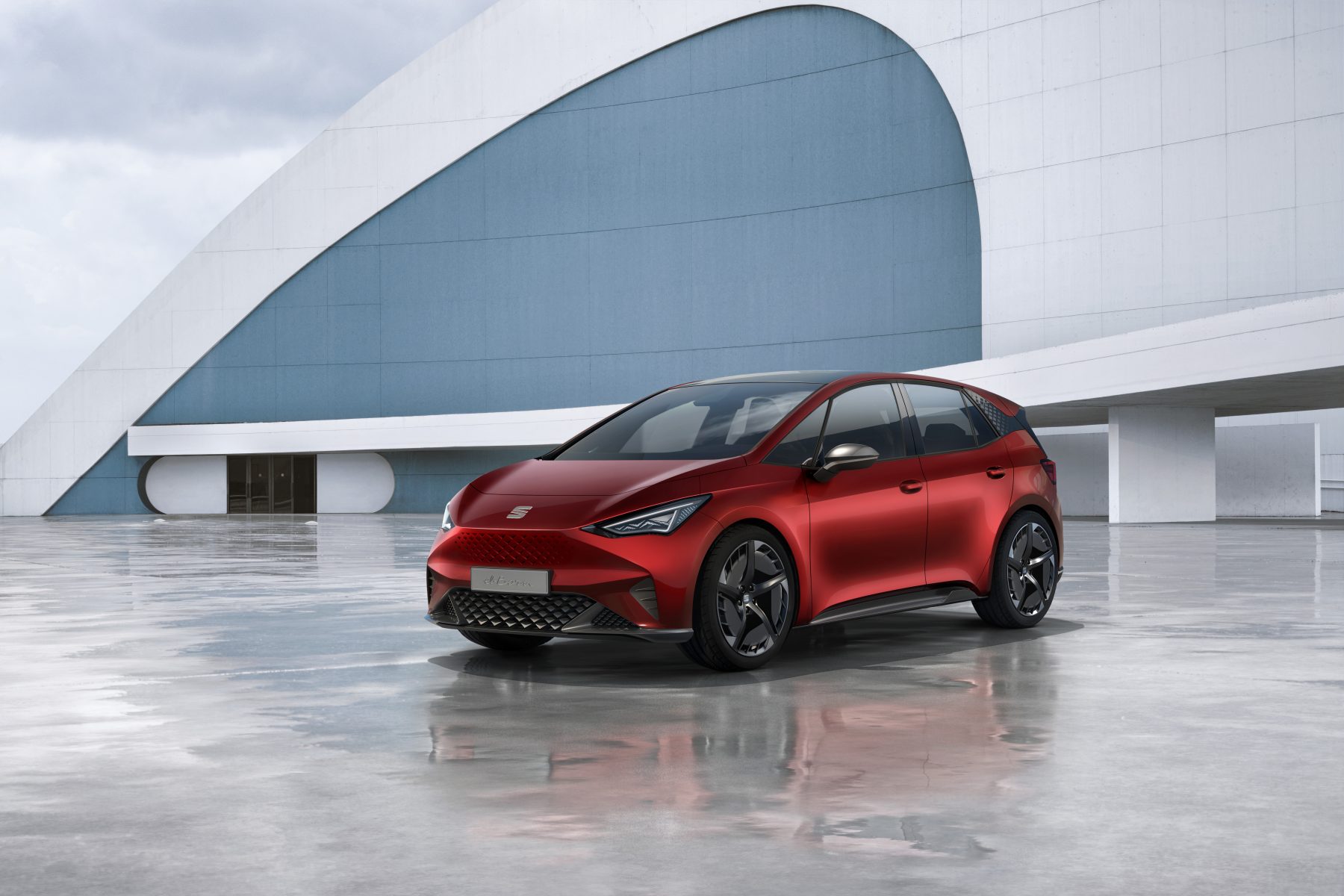 Set for a 2020 debut, the el-Born is Seat’s answer to its parent firm’s upcoming I.D. – with which it will share a platform. A 260-mile range is being touted for the el-Born, alongside a 202bhp power output and the ability to fast charge from flat to 80 per cent in 47 minutes.
Set for a 2020 debut, the el-Born is Seat’s answer to its parent firm’s upcoming I.D. – with which it will share a platform. A 260-mile range is being touted for the el-Born, alongside a 202bhp power output and the ability to fast charge from flat to 80 per cent in 47 minutes.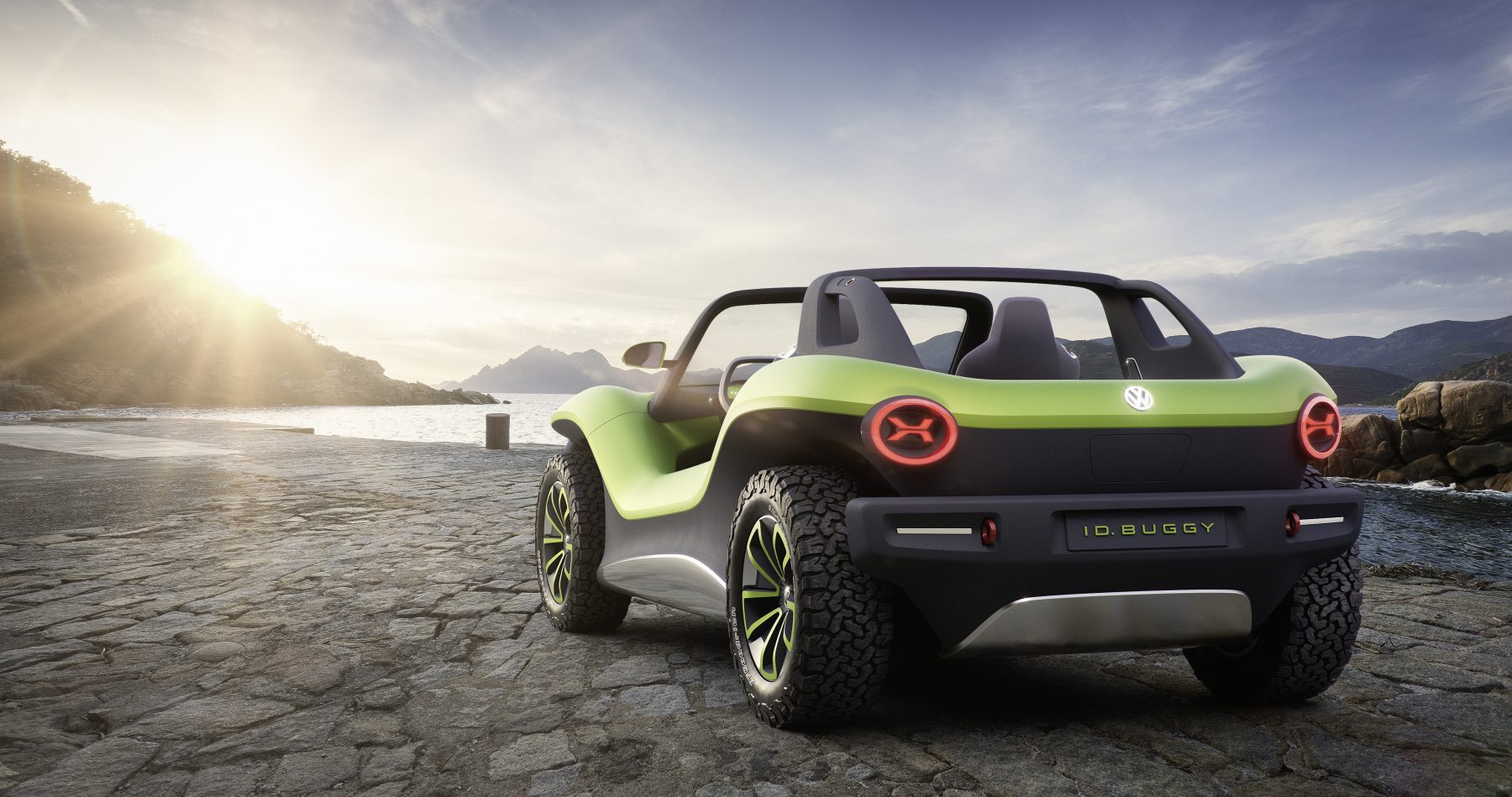 Certainly, few electric cars are going to be as fun as this.
Certainly, few electric cars are going to be as fun as this.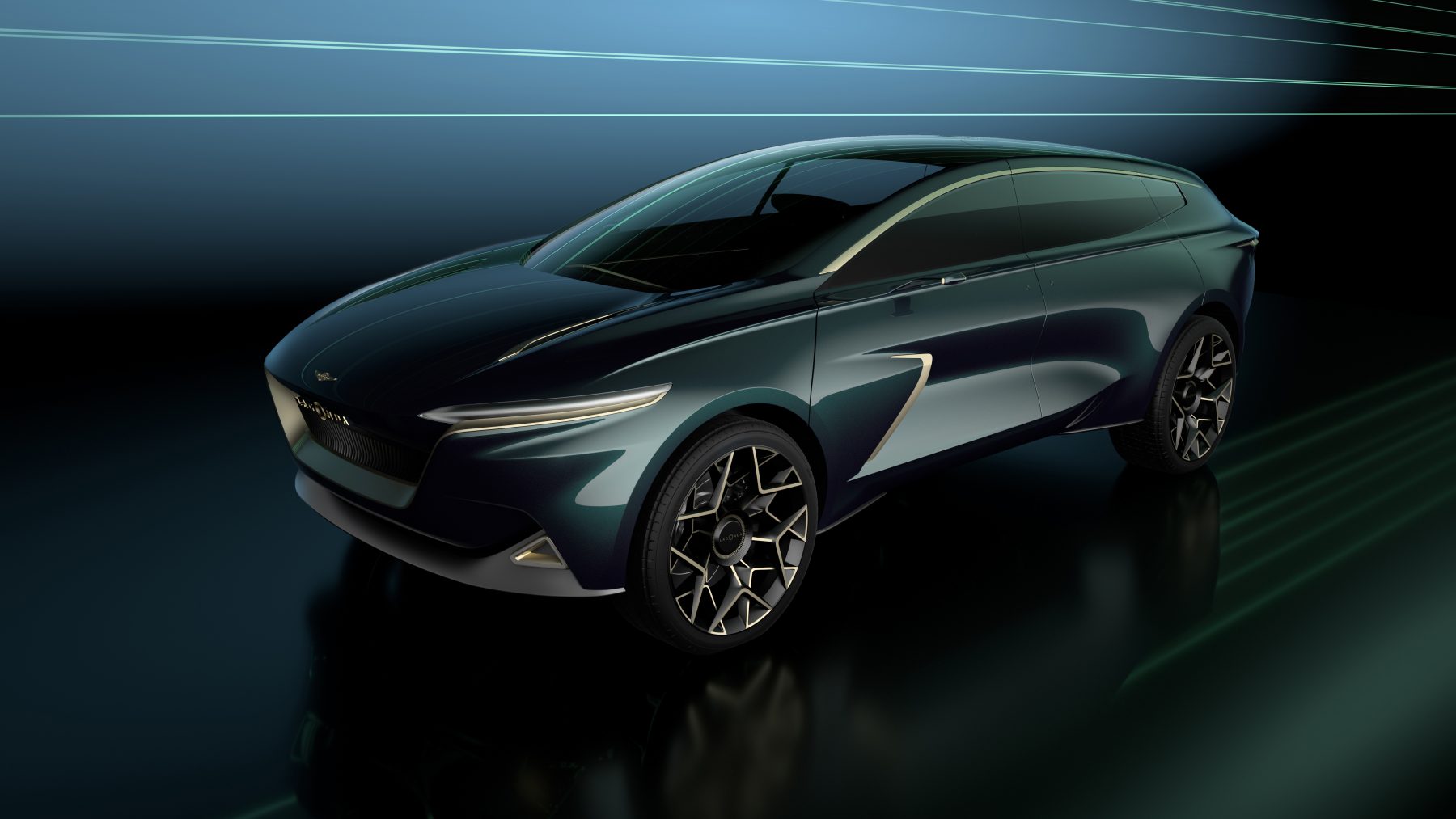 The revival of Lagonda as an electric off-shoot of Aston Martin looks to be gaining steam.
The revival of Lagonda as an electric off-shoot of Aston Martin looks to be gaining steam.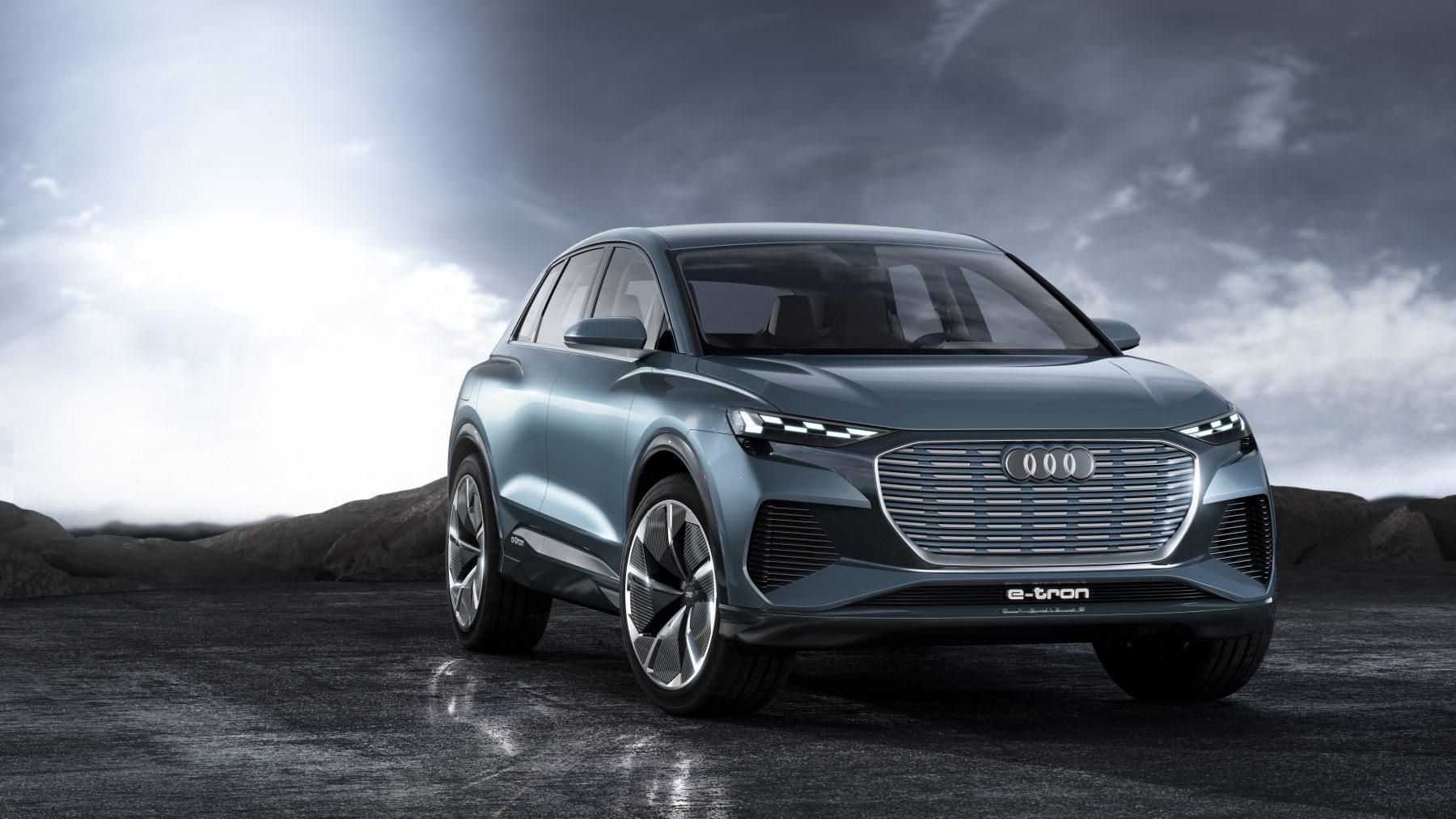 Following on from the Q7-sized offering that was Audi’s first electric car – simply dubbed ‘e-tron’ – the Q4 e-tron concept has now been revealed.
Following on from the Q7-sized offering that was Audi’s first electric car – simply dubbed ‘e-tron’ – the Q4 e-tron concept has now been revealed.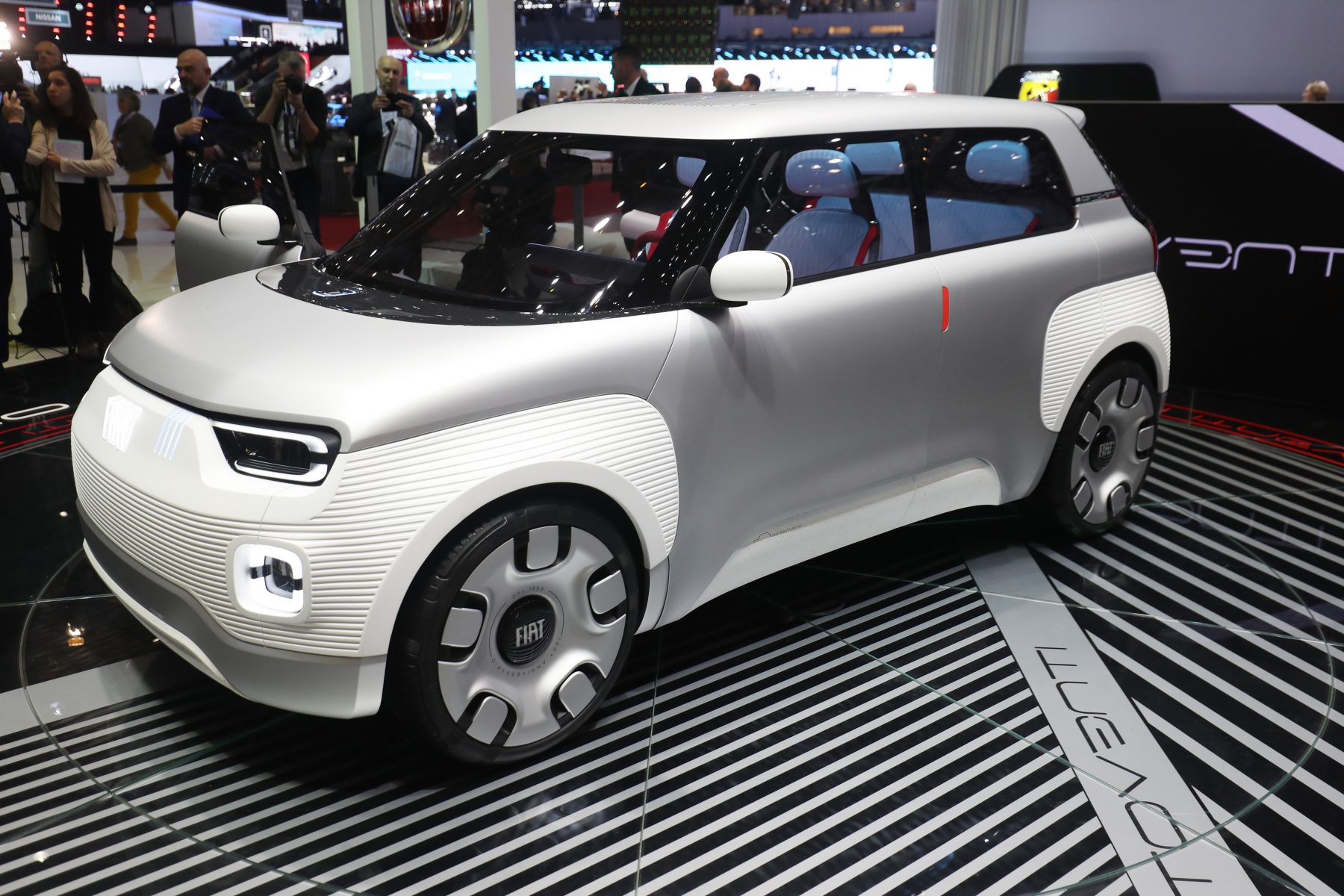 Another retro-styled supermini was the Fiat Centoventi, a car echoing past generations of the Panda from a styling perspective, and doing so with good reason.
Another retro-styled supermini was the Fiat Centoventi, a car echoing past generations of the Panda from a styling perspective, and doing so with good reason.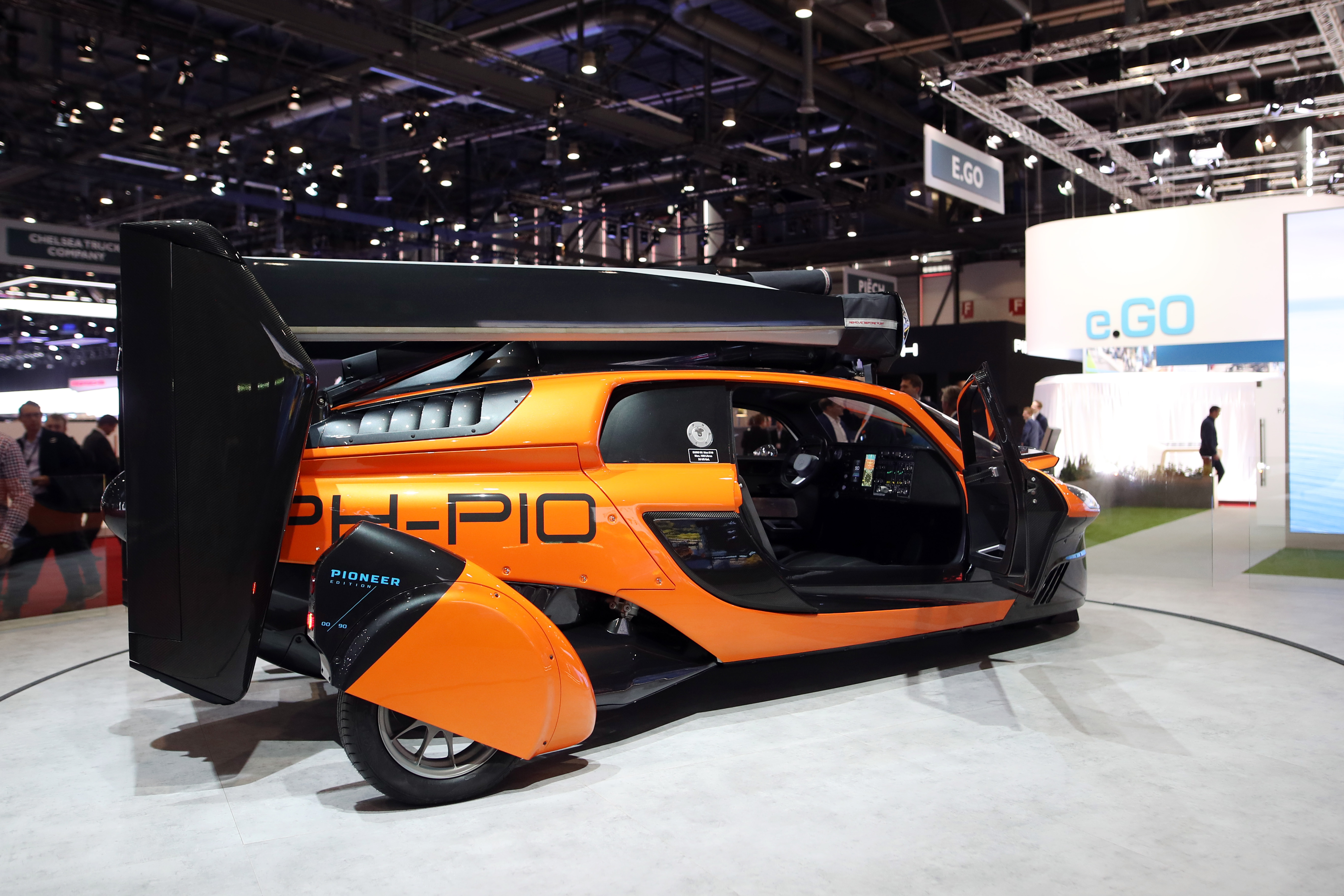
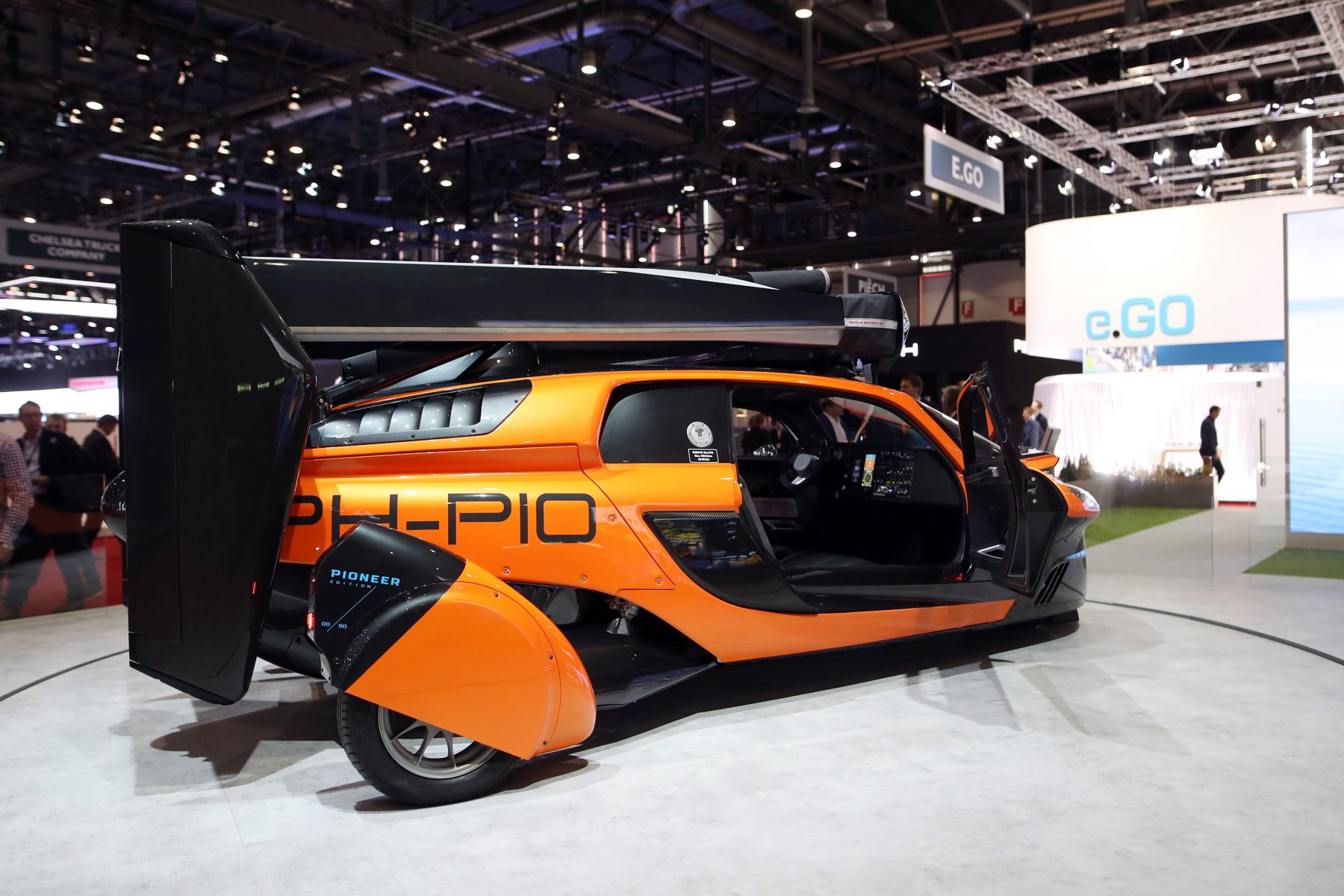

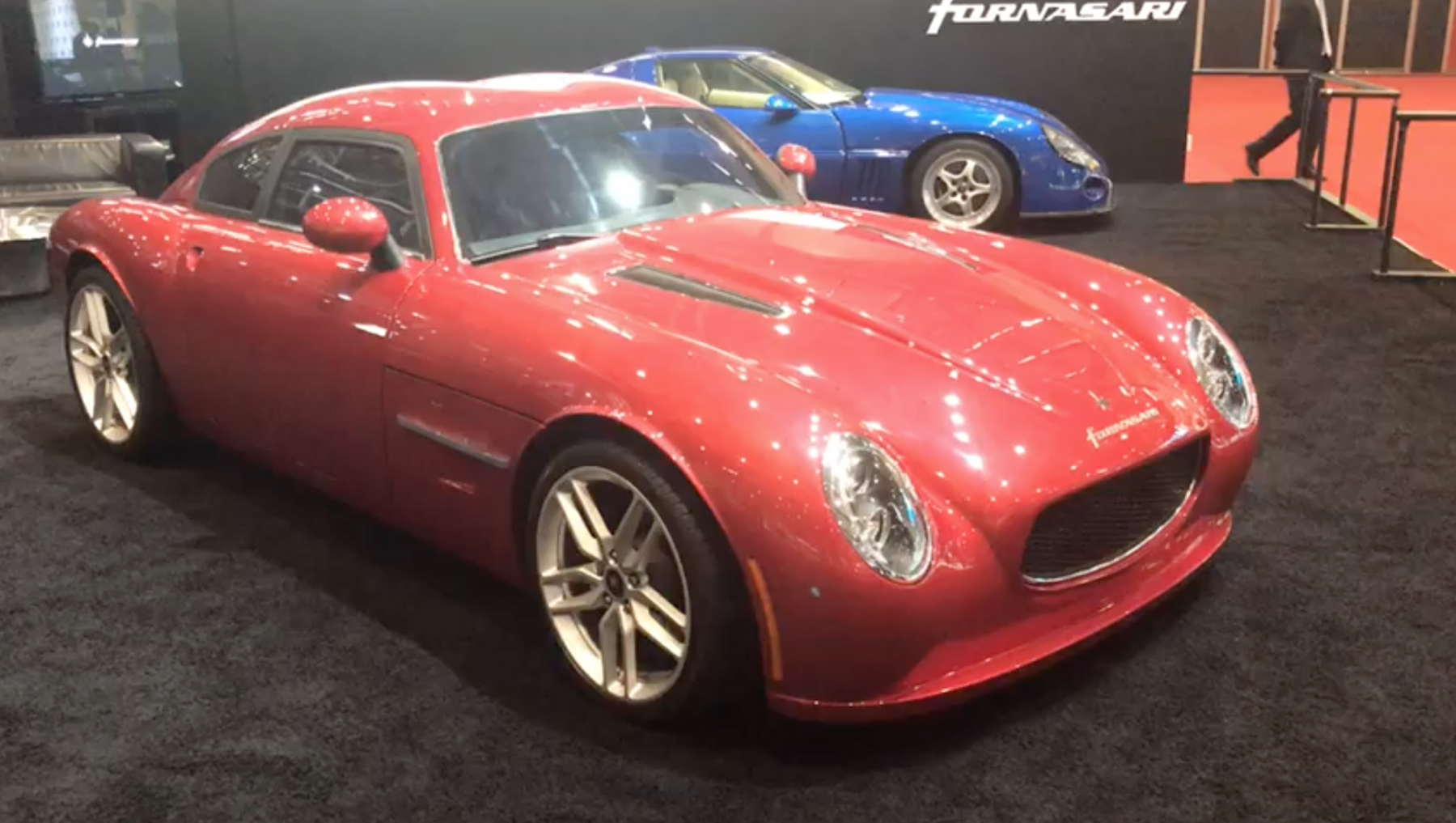 The Fornasari Gigi has been around for a while, and is something of an a-typical small manufacturers’ supercar, at least in terms of specifications.
The Fornasari Gigi has been around for a while, and is something of an a-typical small manufacturers’ supercar, at least in terms of specifications.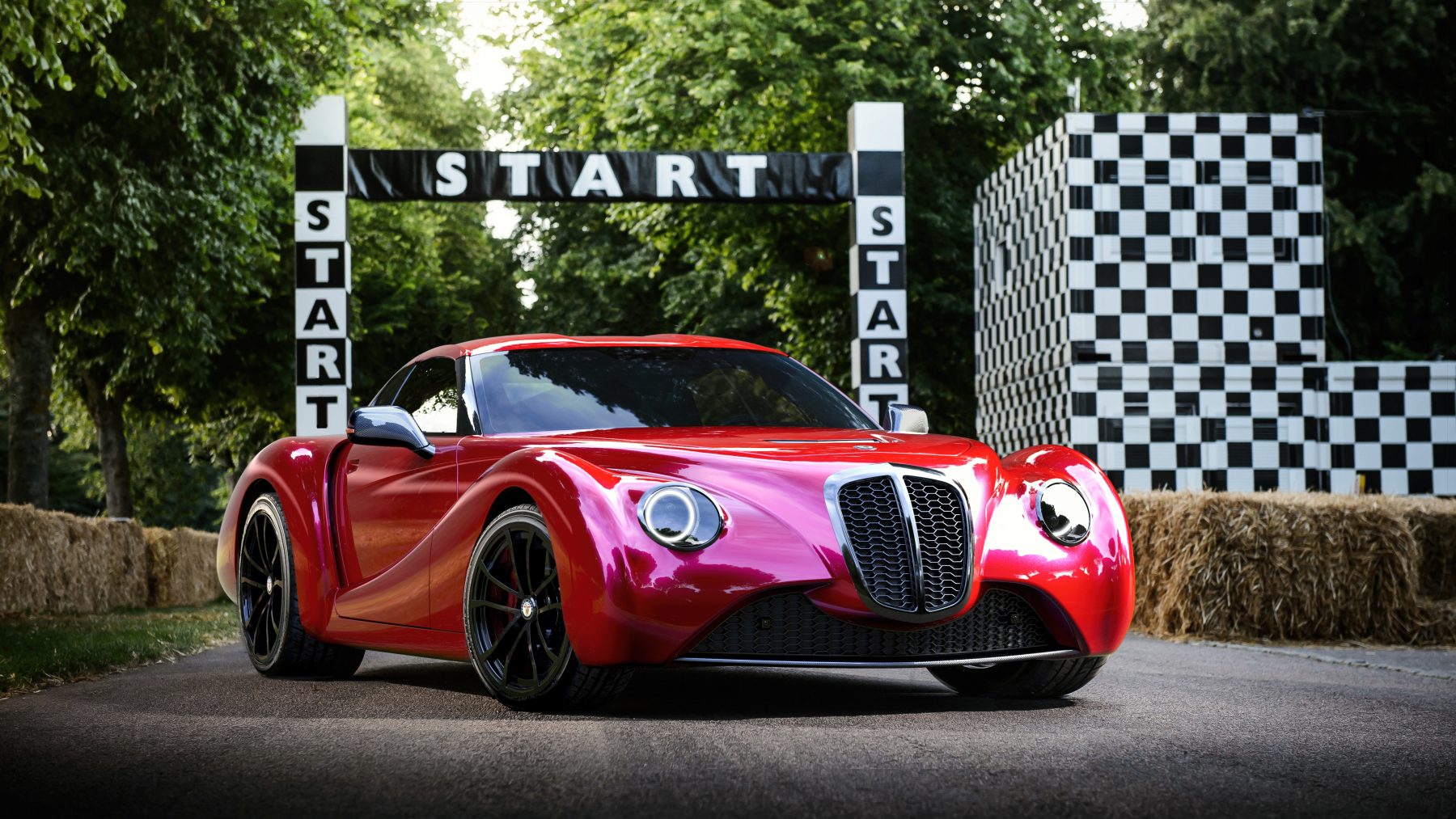 Next, another retro-inspired car with a Chevrolet LS motor under the bonnet; there is no shortage of such things, after all.
Next, another retro-inspired car with a Chevrolet LS motor under the bonnet; there is no shortage of such things, after all.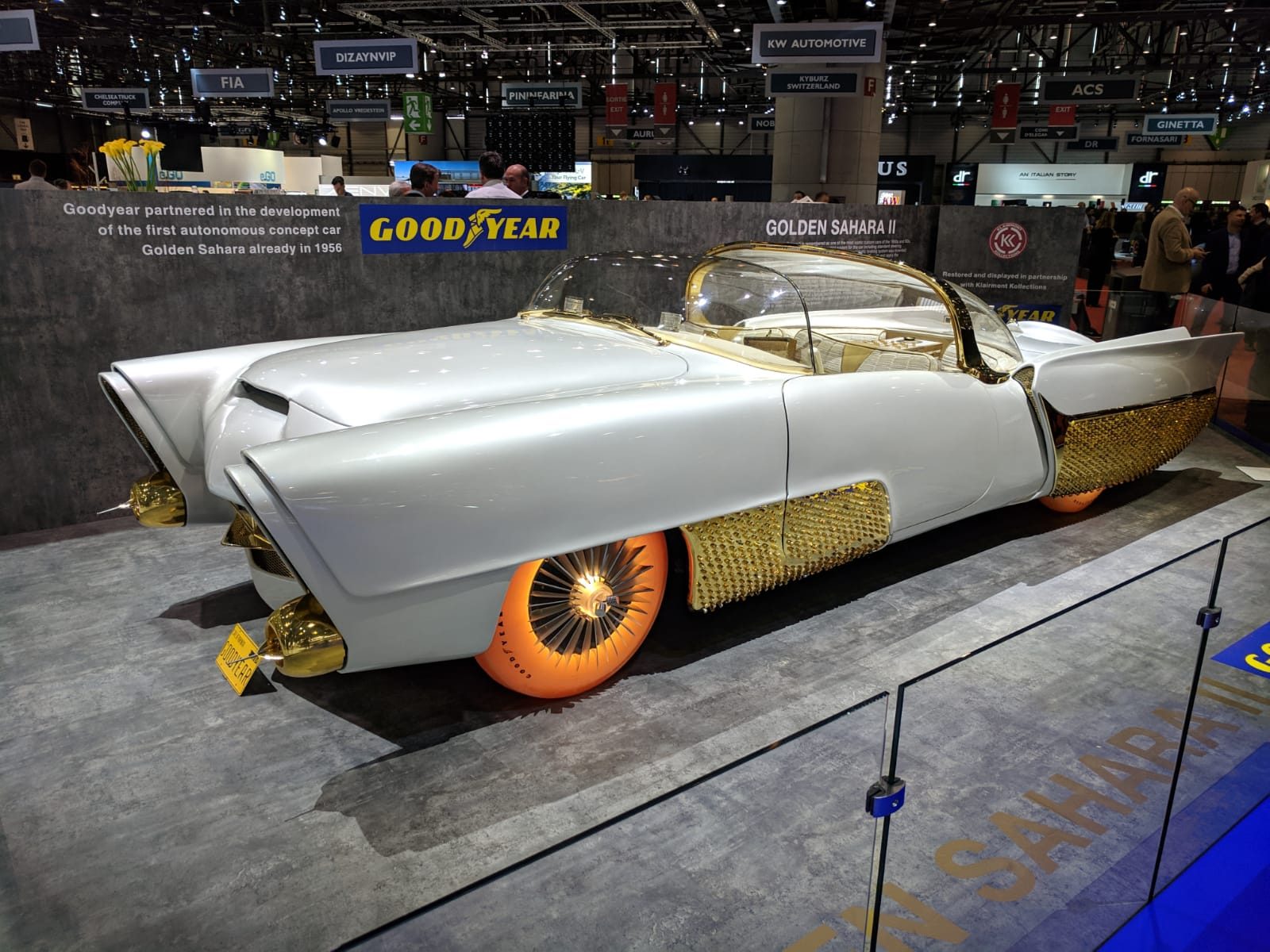 The Golden Sahara II is not new, but it is certainly eye-catching.
The Golden Sahara II is not new, but it is certainly eye-catching.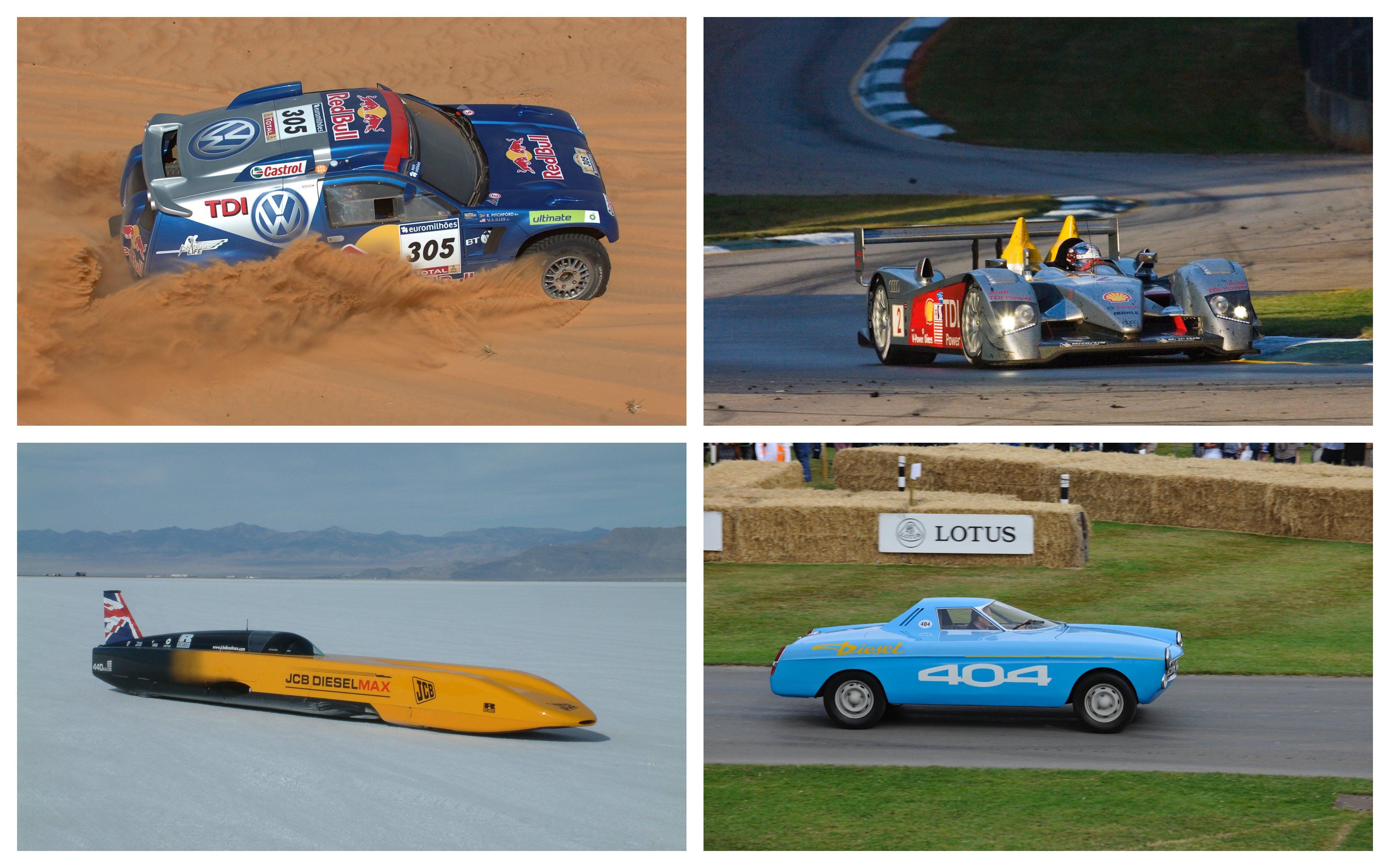

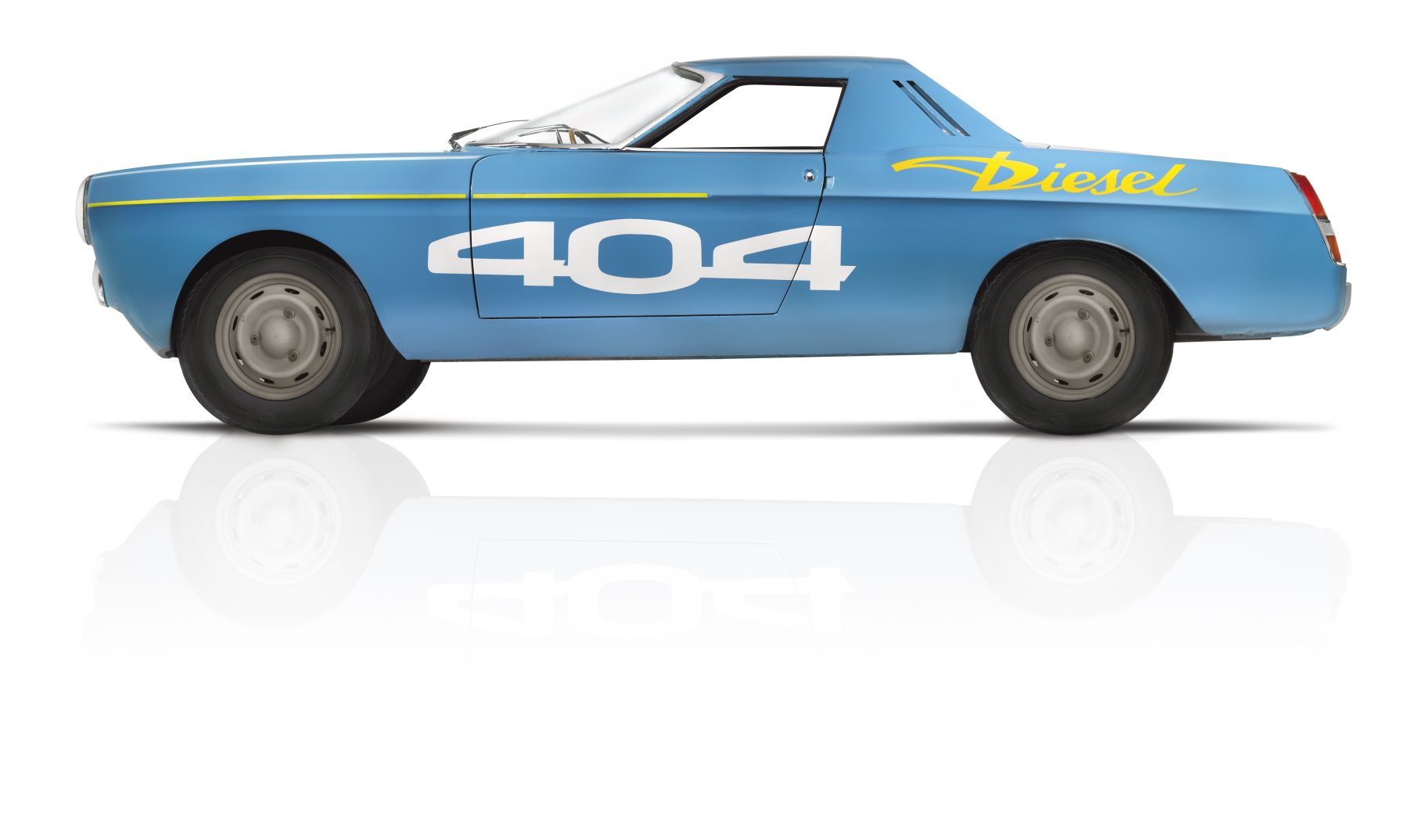 While the 2000s were arguably the halcyon era for special diesel projects, they weren’t unheard of in previous decades either.
While the 2000s were arguably the halcyon era for special diesel projects, they weren’t unheard of in previous decades either. After five Le Mans 24 Hours victories from 2000 to 2005, the 2006 season saw Audi take on a new challenge with the R10 TDI.
After five Le Mans 24 Hours victories from 2000 to 2005, the 2006 season saw Audi take on a new challenge with the R10 TDI.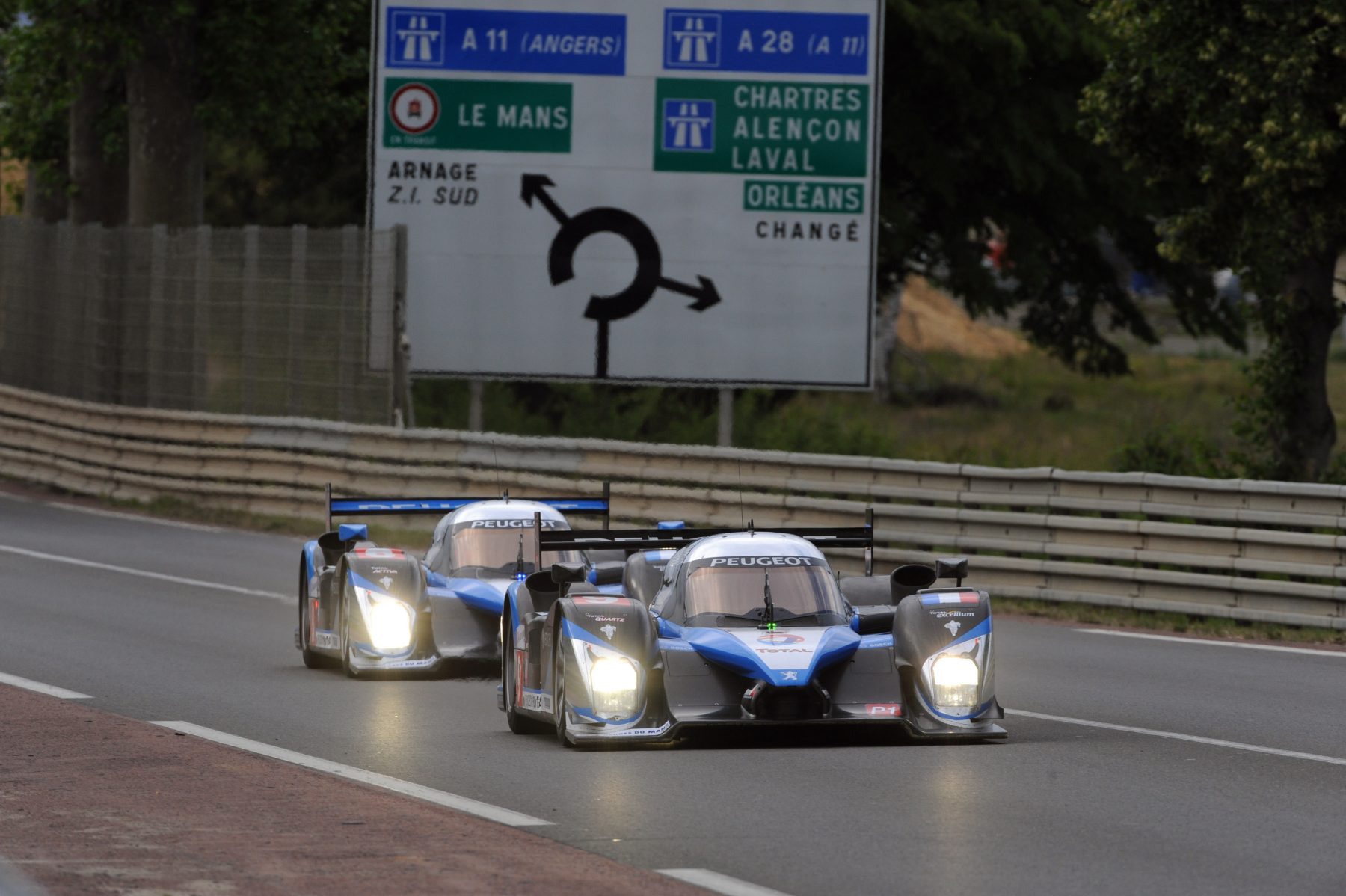 Having long considered mounting a challenge to Audi at Le Mans, Peugeot arrived with a diesel of its own at the 2007 event to try to beat the Germans.
Having long considered mounting a challenge to Audi at Le Mans, Peugeot arrived with a diesel of its own at the 2007 event to try to beat the Germans.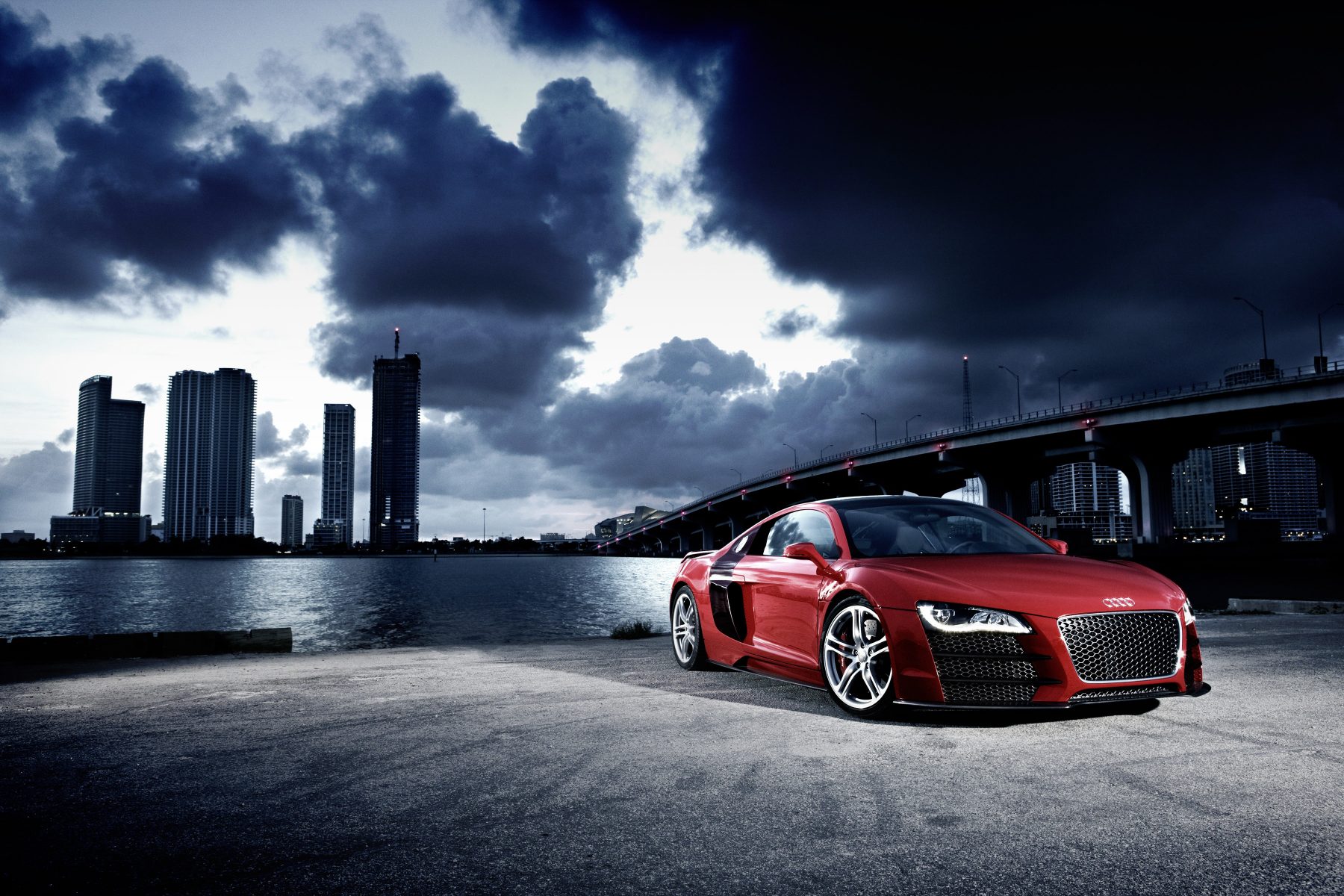 Audi’s R8 was – and still is – the flagship performance car from the four-ringed manufacturer. And so, in the late-2000s, it made sense that the style of engine being used at Le Mans could make its way to the road.
Audi’s R8 was – and still is – the flagship performance car from the four-ringed manufacturer. And so, in the late-2000s, it made sense that the style of engine being used at Le Mans could make its way to the road.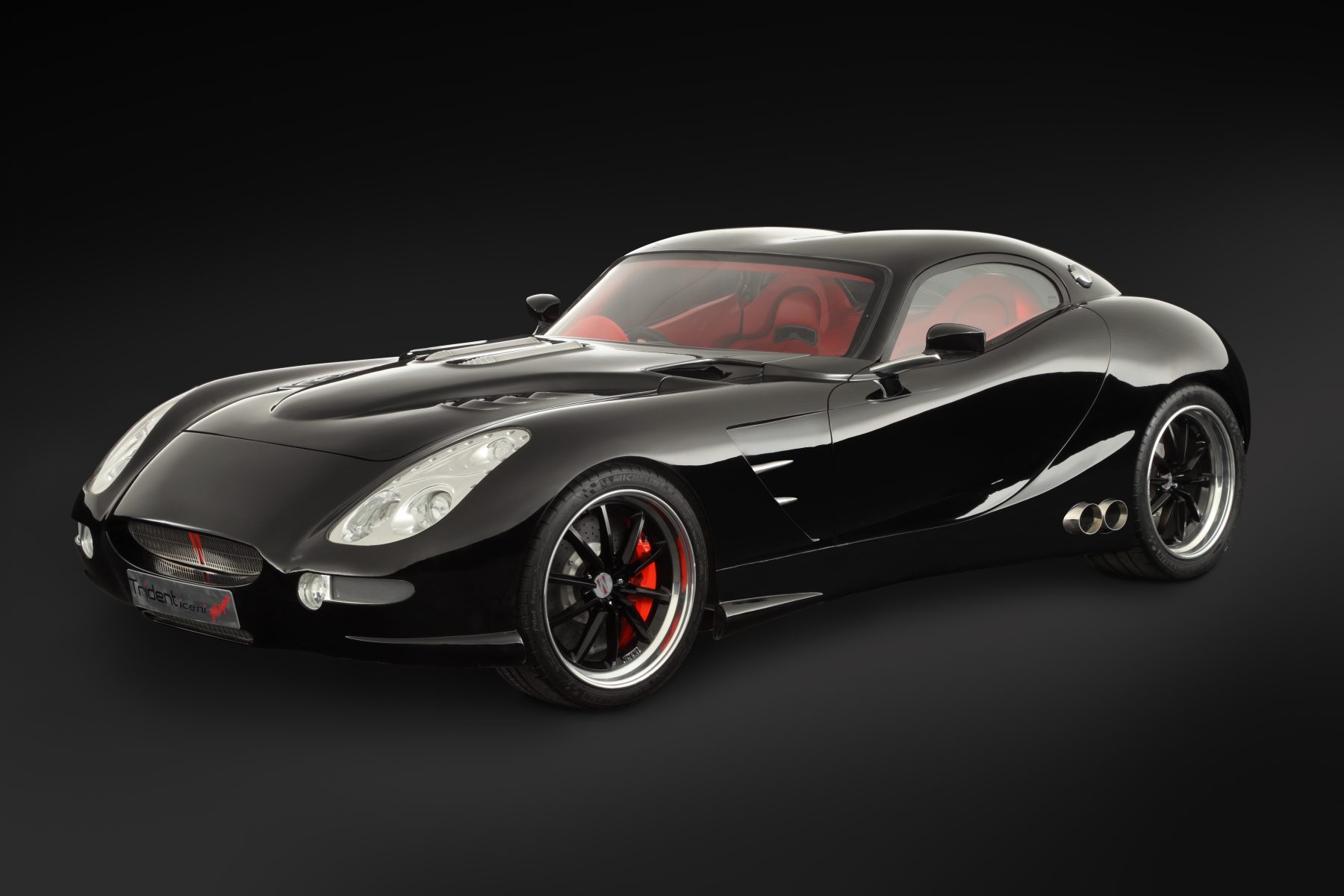 Even though Audi’s attempt was of a higher profile, a small British firm beat it to conceptualising a diesel supercar.
Even though Audi’s attempt was of a higher profile, a small British firm beat it to conceptualising a diesel supercar.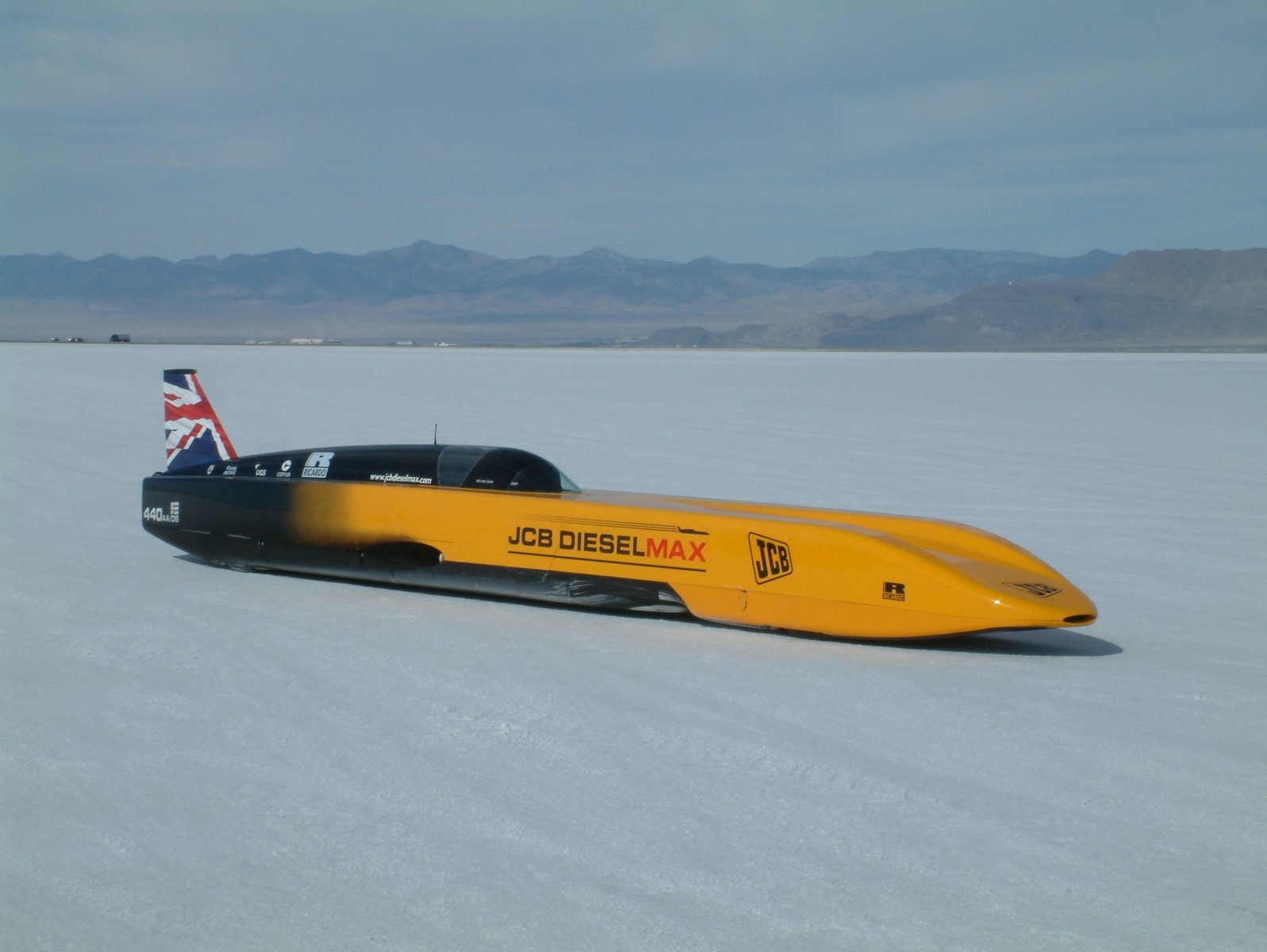 JCBs were never built for speed, with the notable exception of the Dieselmax project.
JCBs were never built for speed, with the notable exception of the Dieselmax project.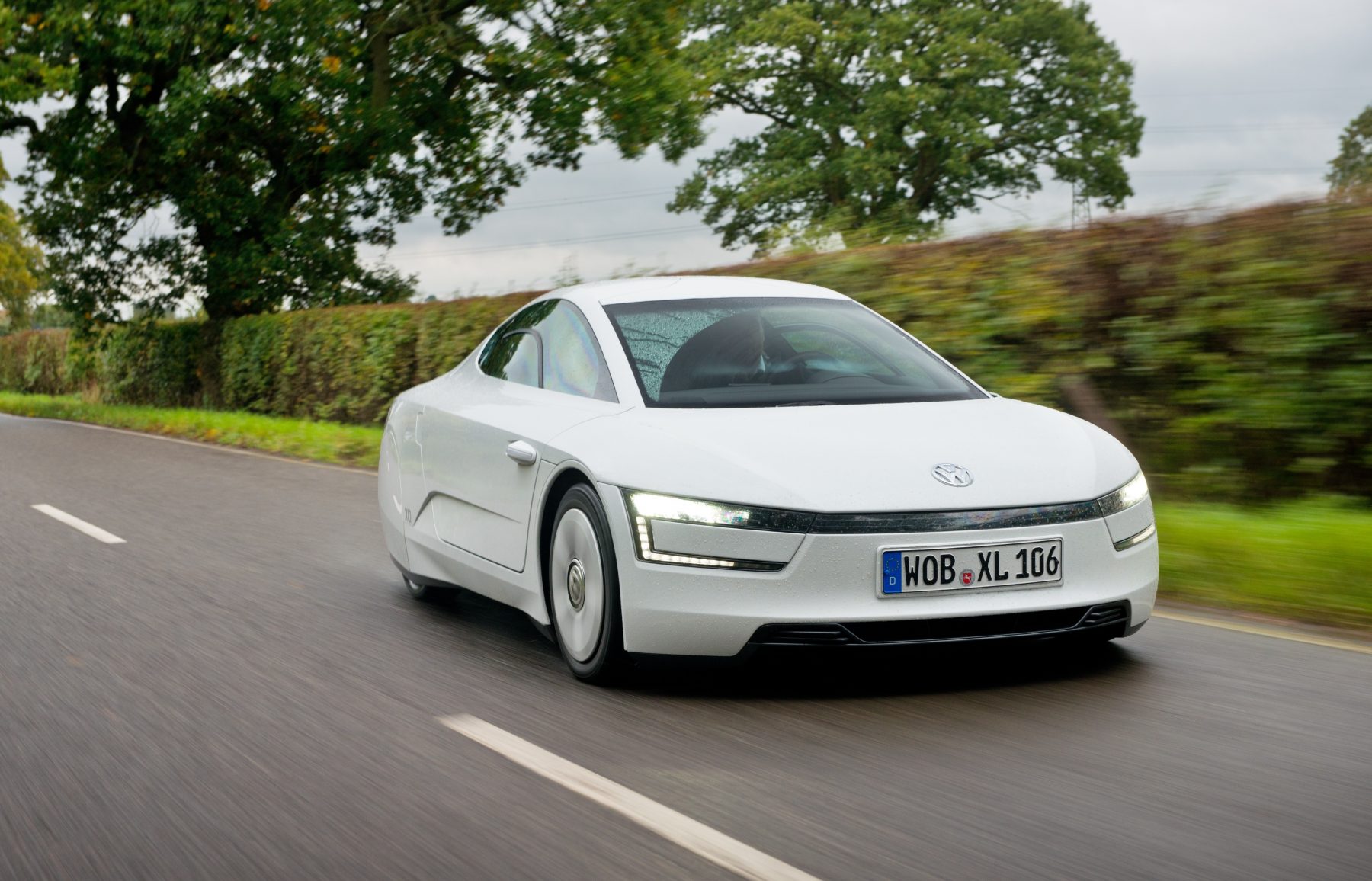 The XL1 is unique in this list for actually making it to production as a fully fledged road car.
The XL1 is unique in this list for actually making it to production as a fully fledged road car.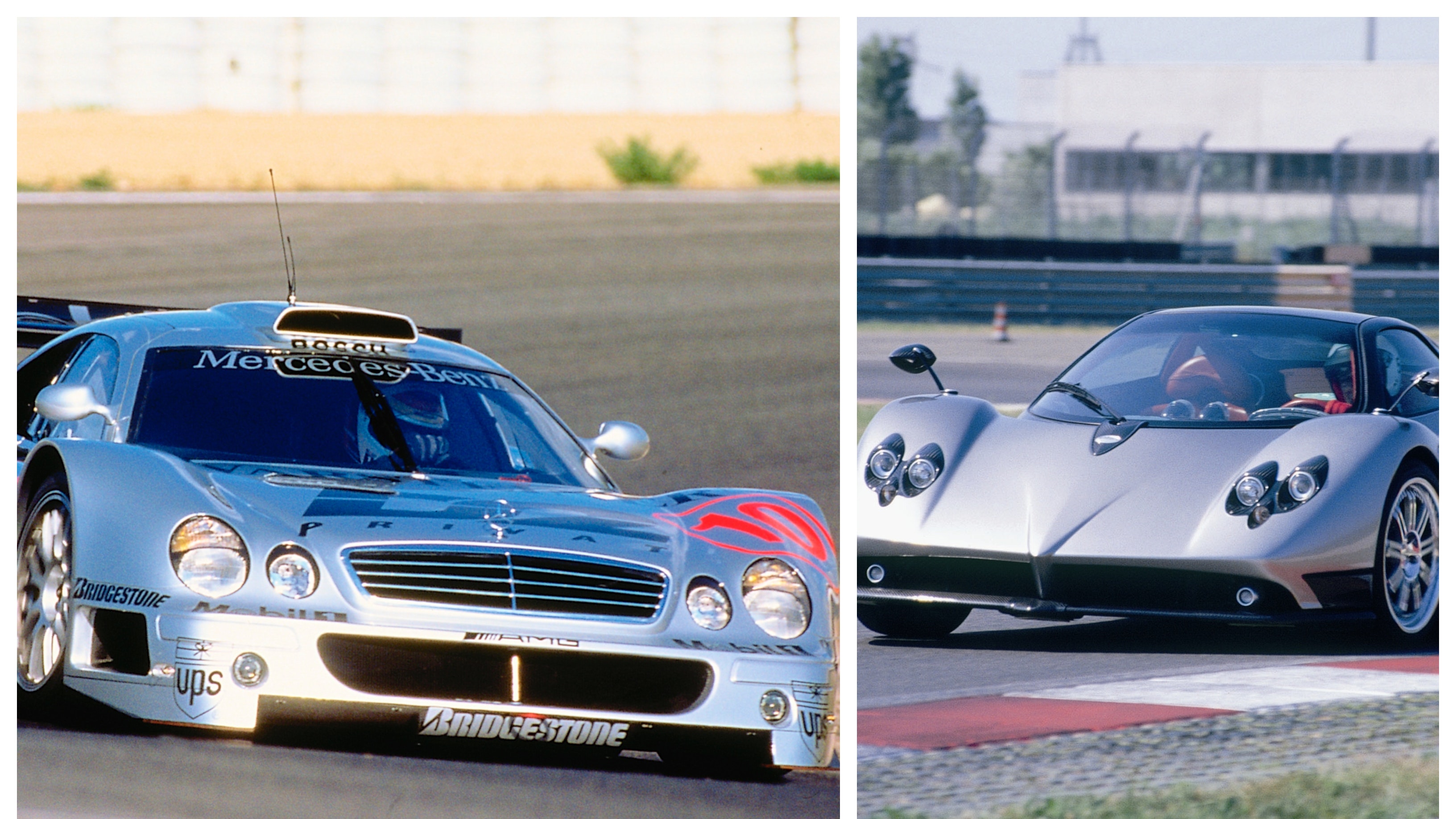
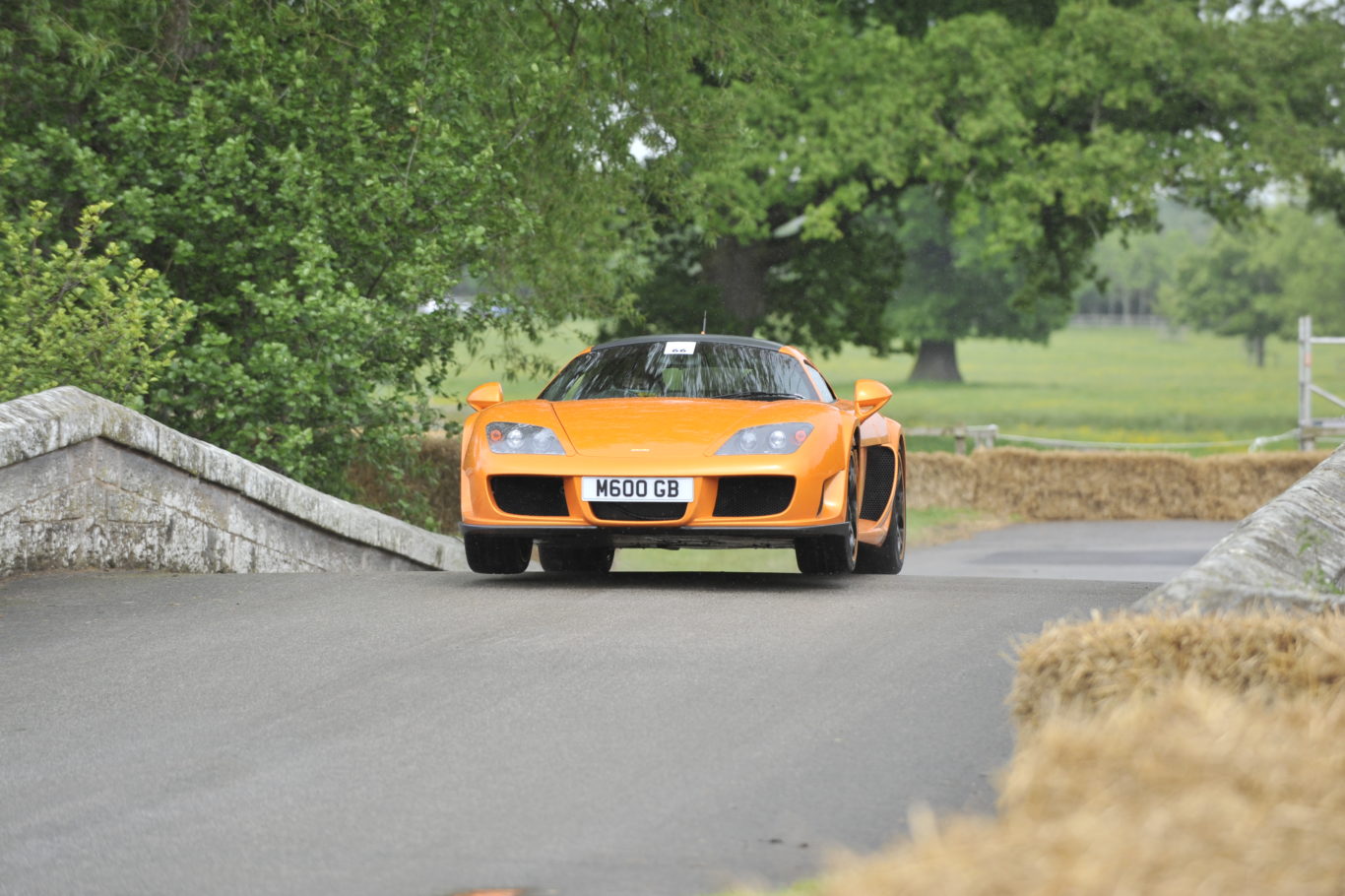
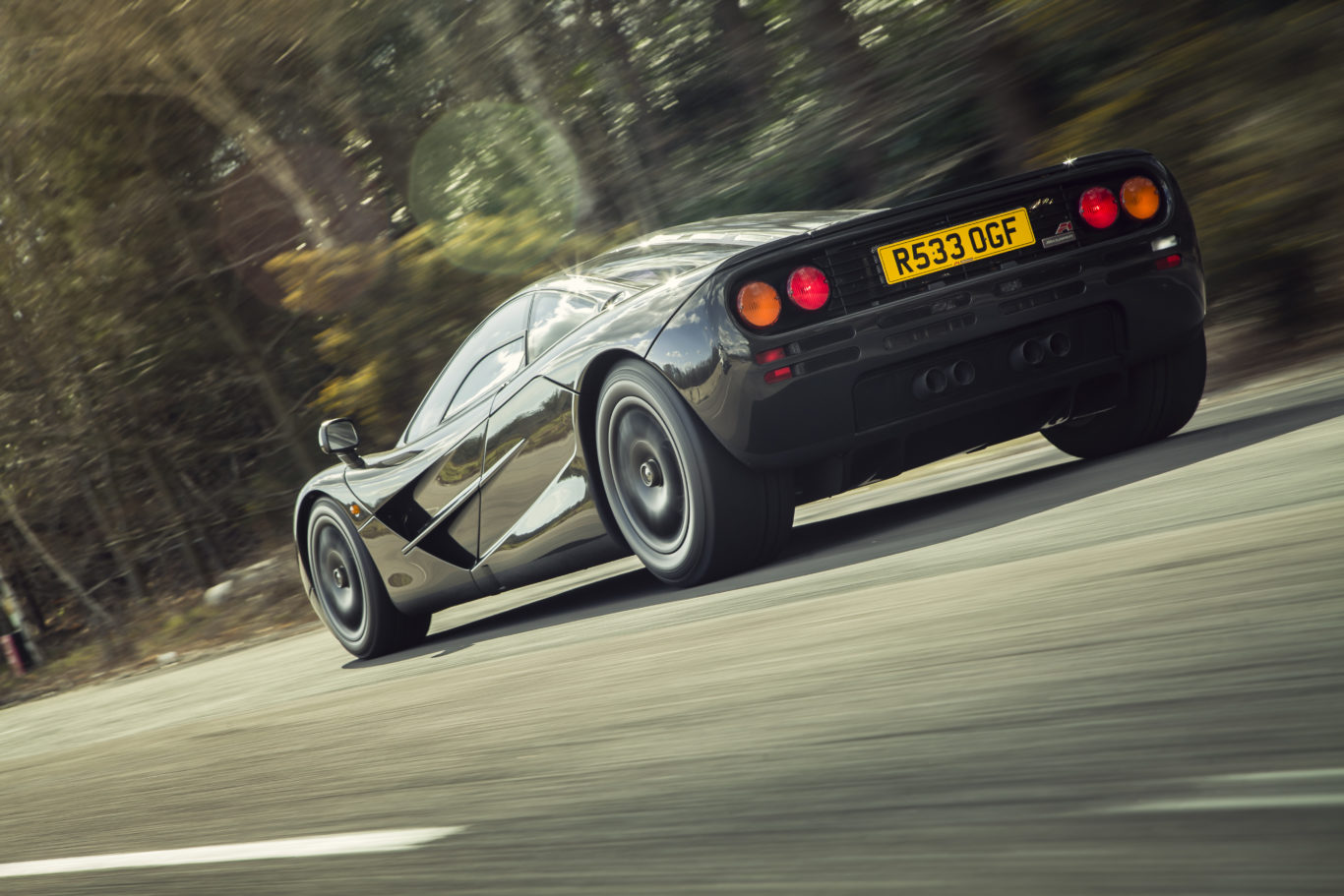
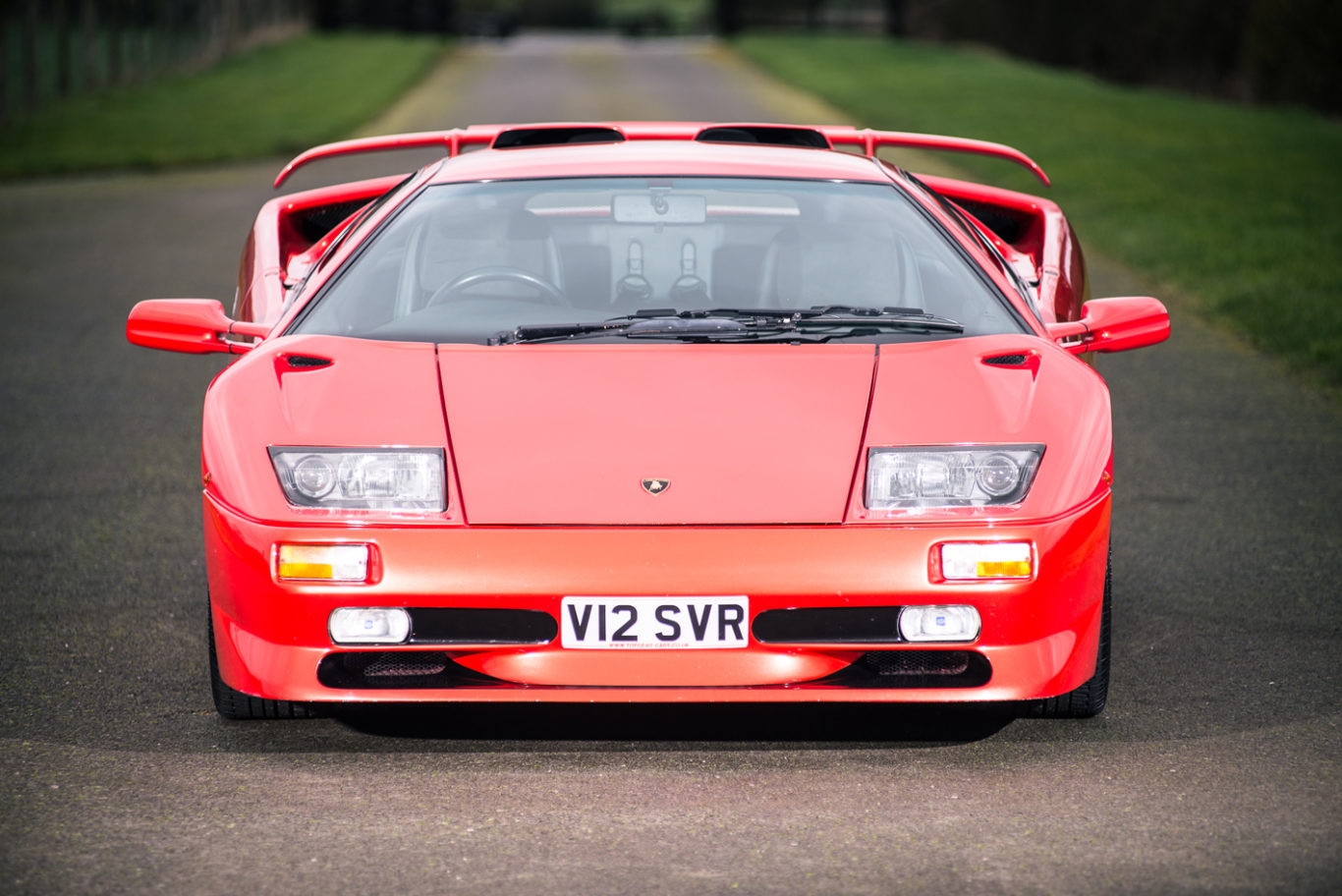

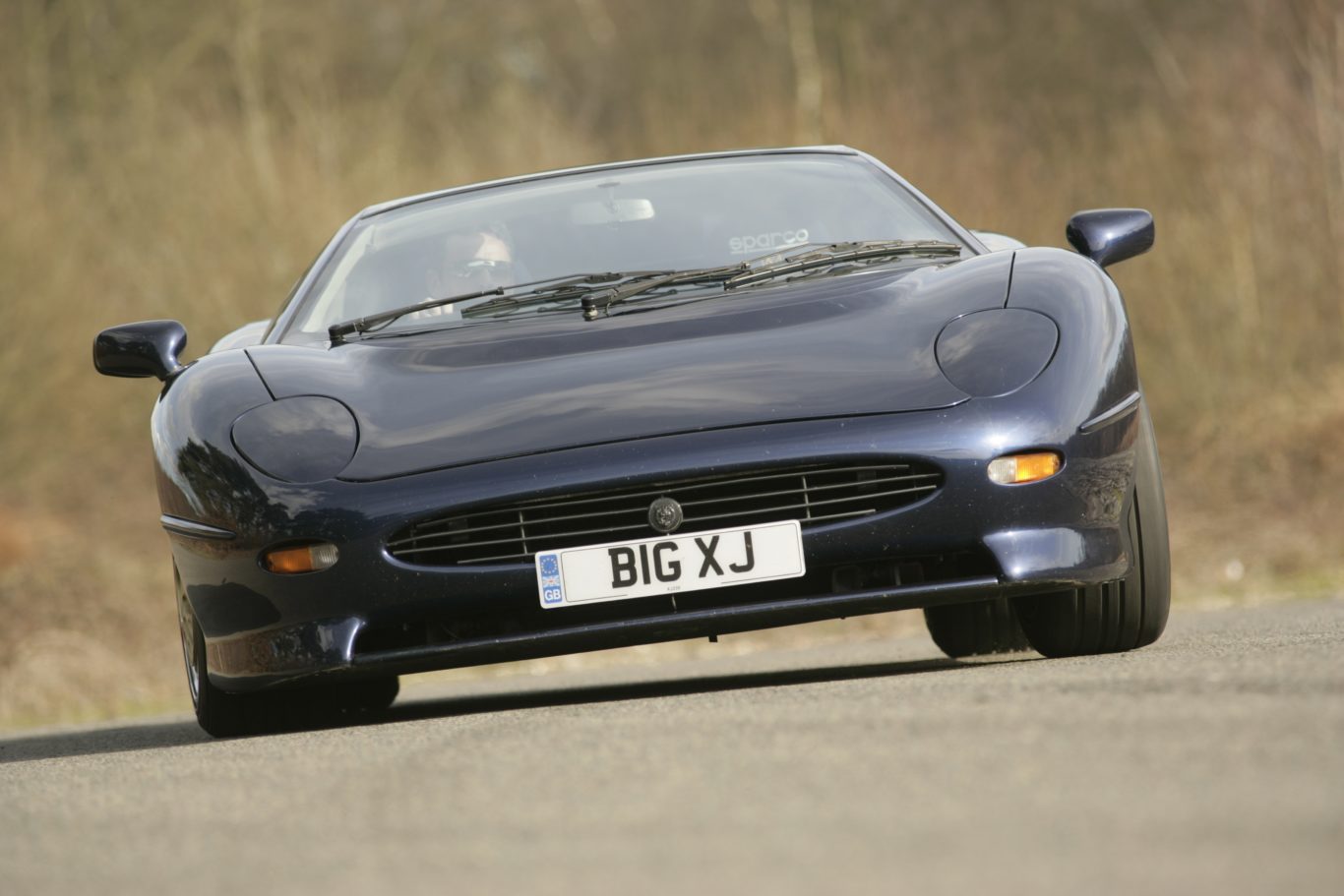
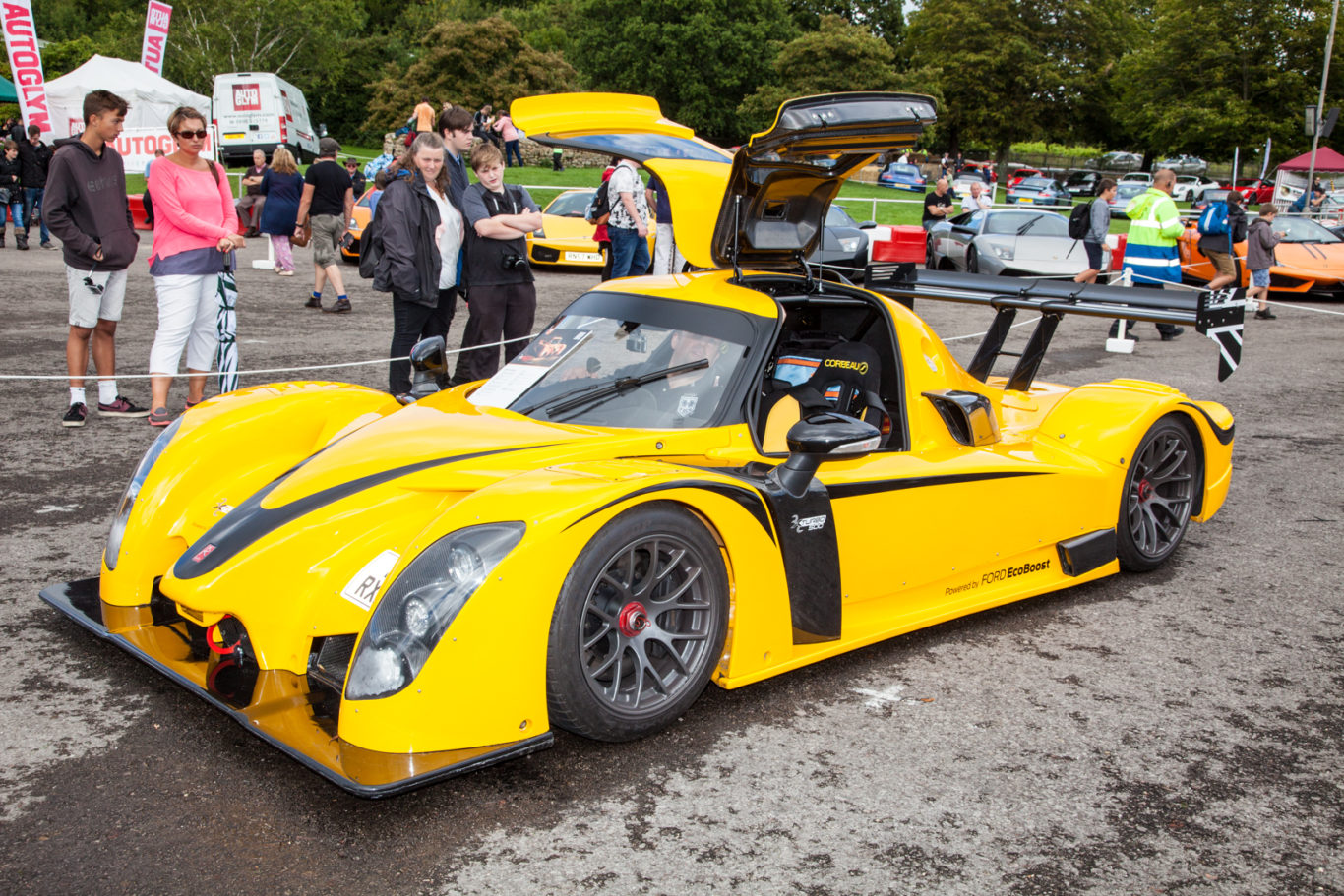
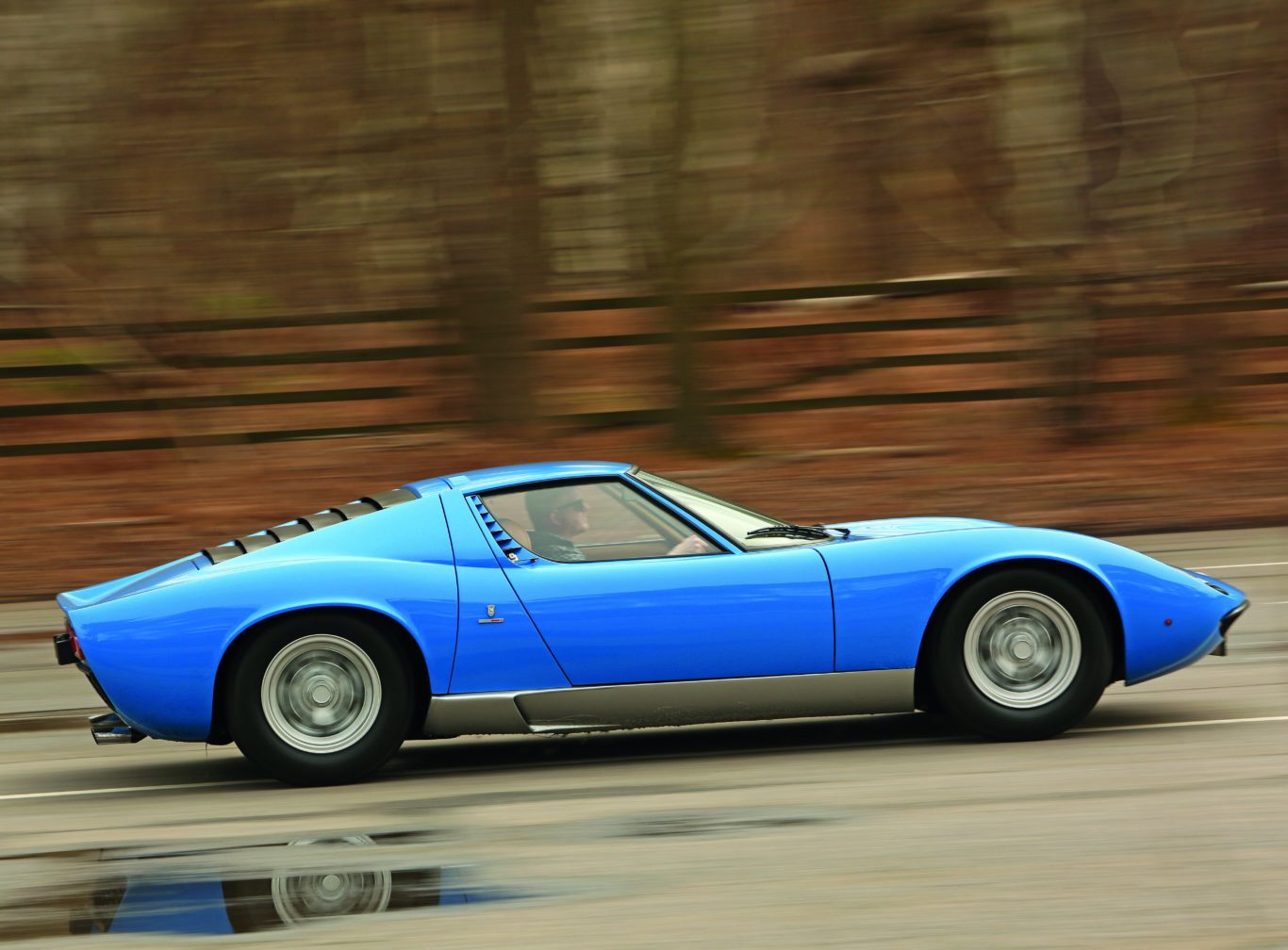
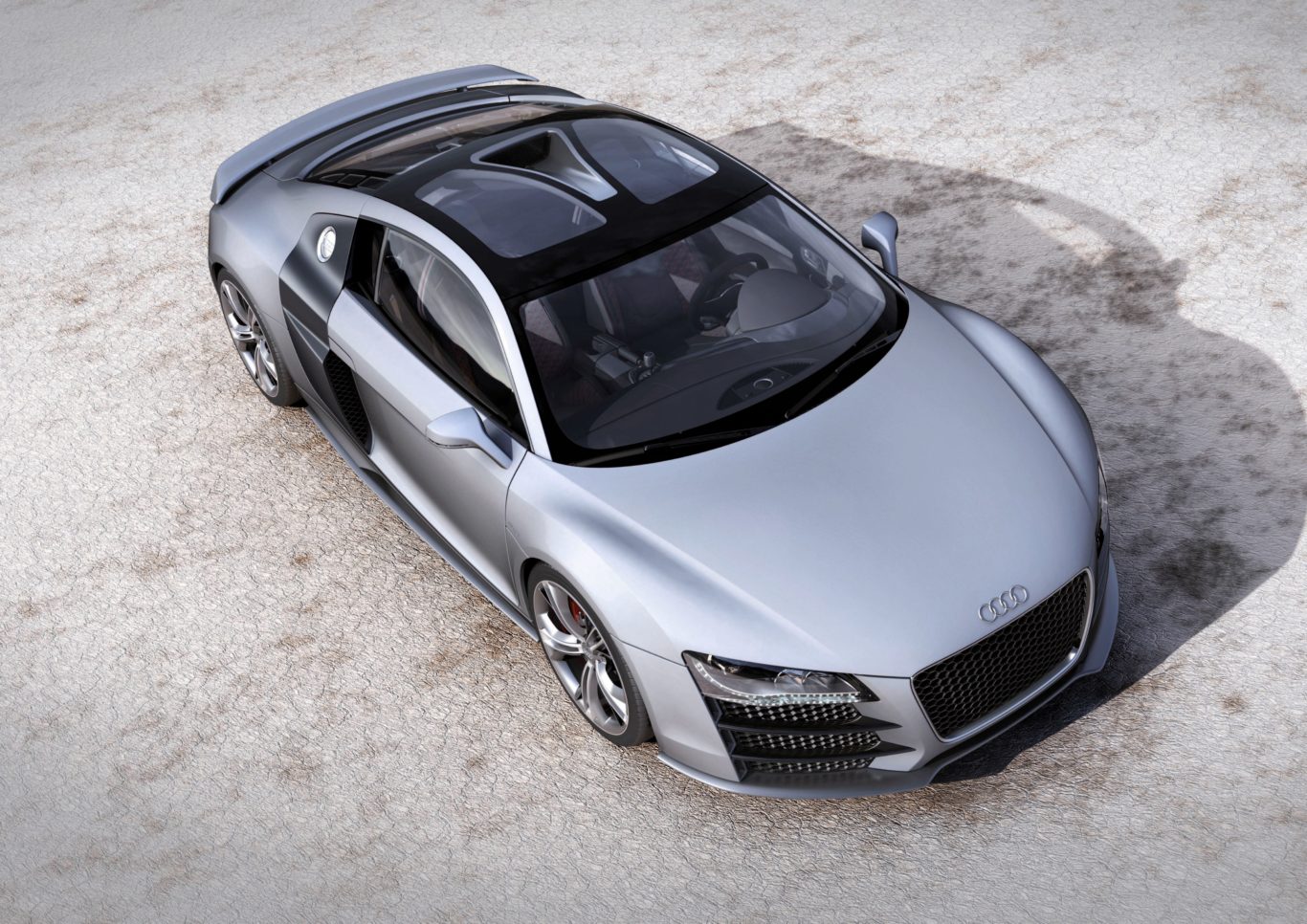
 The successor to Zonda, the tongue-twisting Huayra is an expensive beast. Obvious costly ingredients include the twin-turbo Mercedes V12 engine and the active aerodynamics. But one of the more costly aspects of the car is a little nuts.
The successor to Zonda, the tongue-twisting Huayra is an expensive beast. Obvious costly ingredients include the twin-turbo Mercedes V12 engine and the active aerodynamics. But one of the more costly aspects of the car is a little nuts.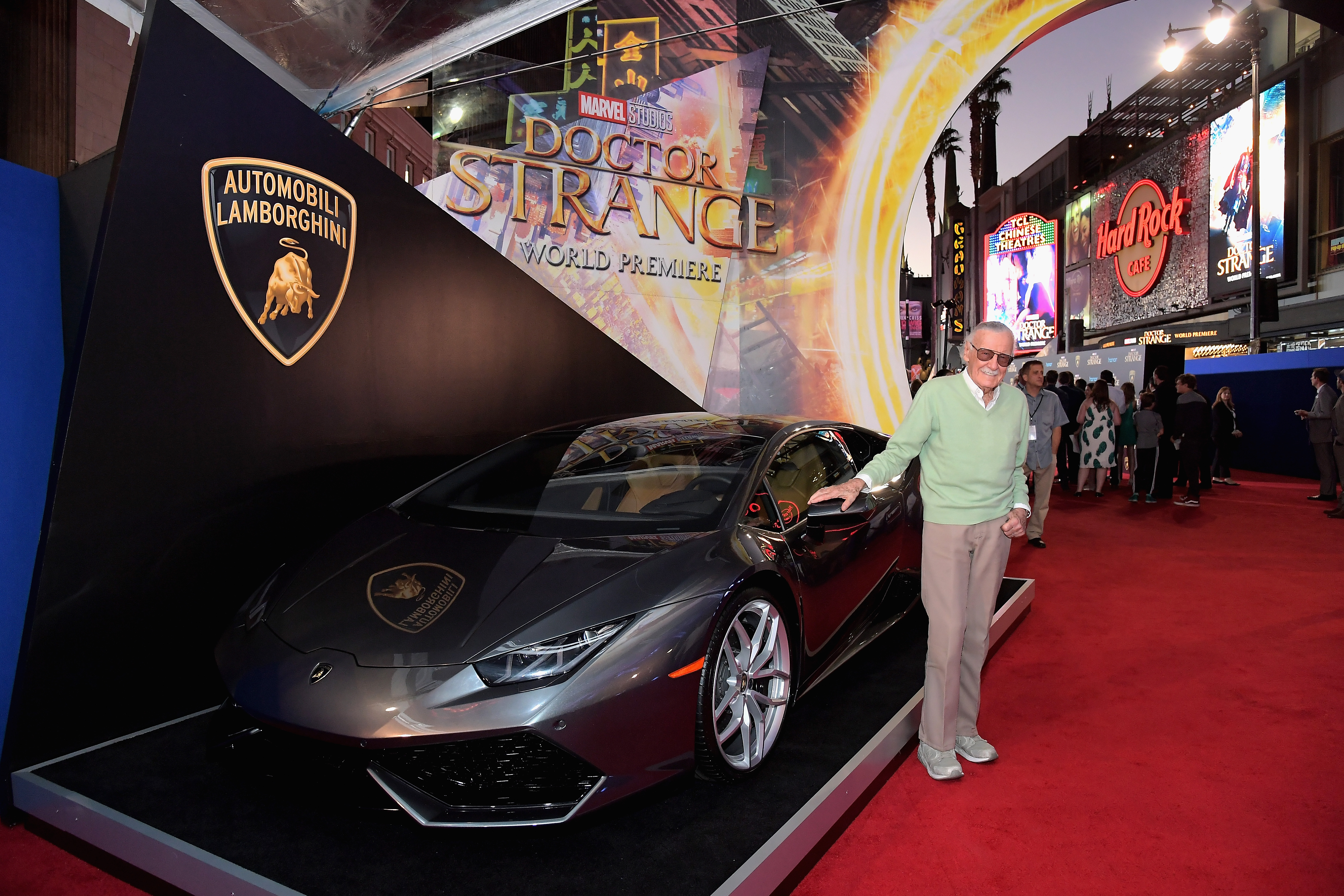
 It’s safe to say that Tony Stark is something of a gear head. A look at his garage during the first film reveals that, with a Saleen S7 and a race-prepared AC Cobra among the cars on display.
It’s safe to say that Tony Stark is something of a gear head. A look at his garage during the first film reveals that, with a Saleen S7 and a race-prepared AC Cobra among the cars on display.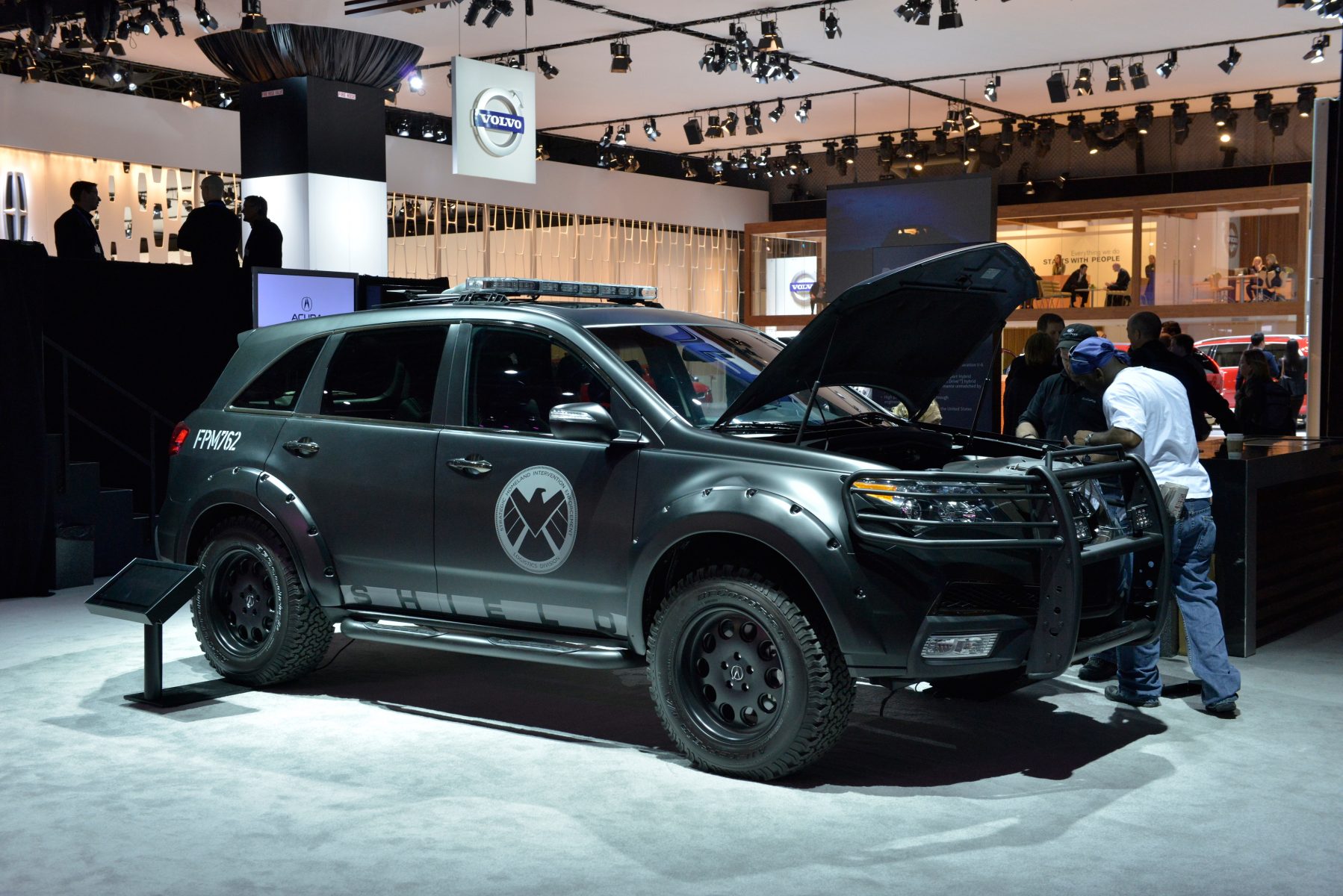 S.H.I.E.L.D. – or Strategic Homeland Intervention, Enforcement and Logistics Division – is certainly more than your average law enforcement department, dealing with counter-terrorism and, more often than not, the Hydra criminal organisation.
S.H.I.E.L.D. – or Strategic Homeland Intervention, Enforcement and Logistics Division – is certainly more than your average law enforcement department, dealing with counter-terrorism and, more often than not, the Hydra criminal organisation.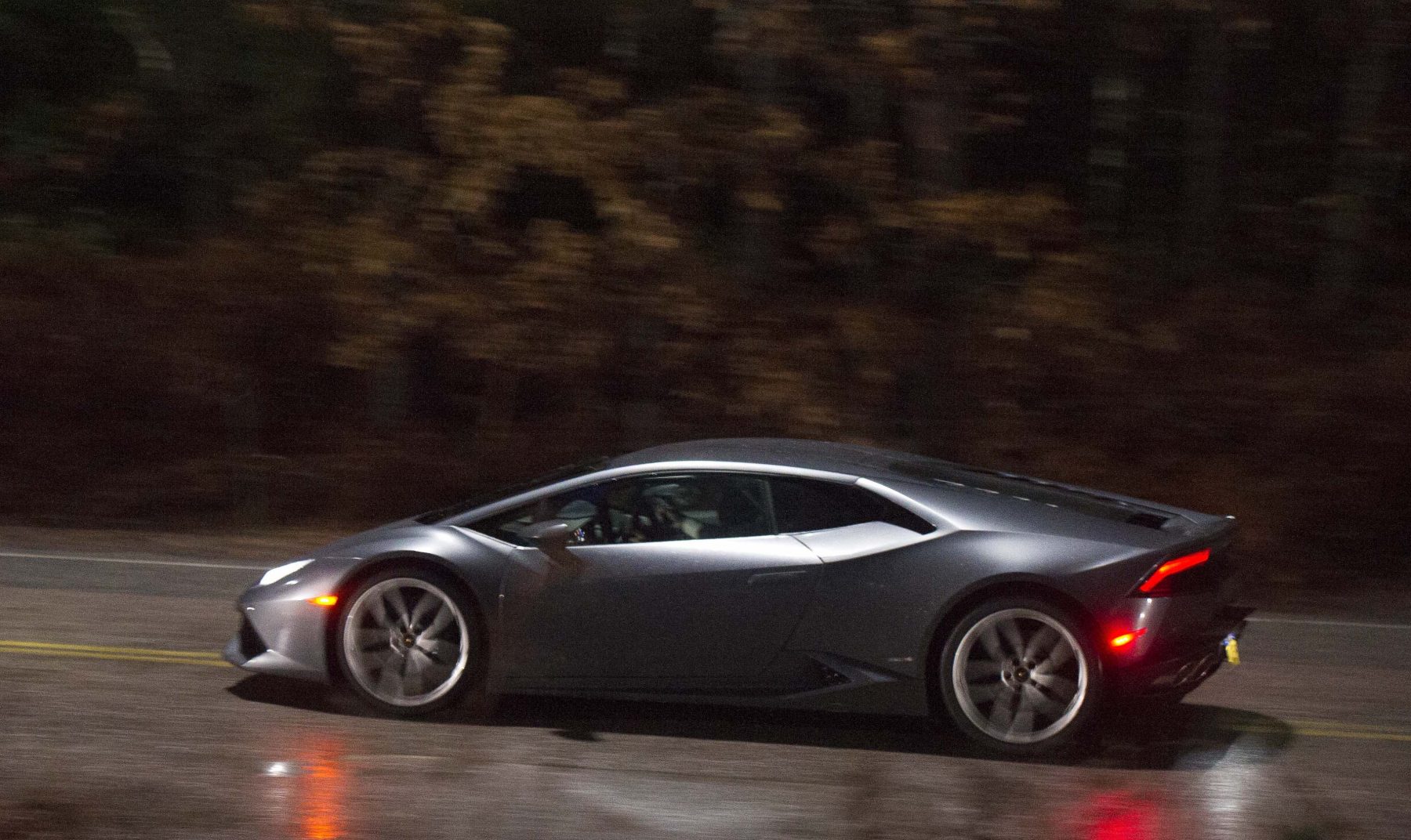 Dr Stephen Strange shares a passion for V10-powered Volkswagen Group products with Tony Stark, if the character’s 2016 film is anything to go by.
Dr Stephen Strange shares a passion for V10-powered Volkswagen Group products with Tony Stark, if the character’s 2016 film is anything to go by.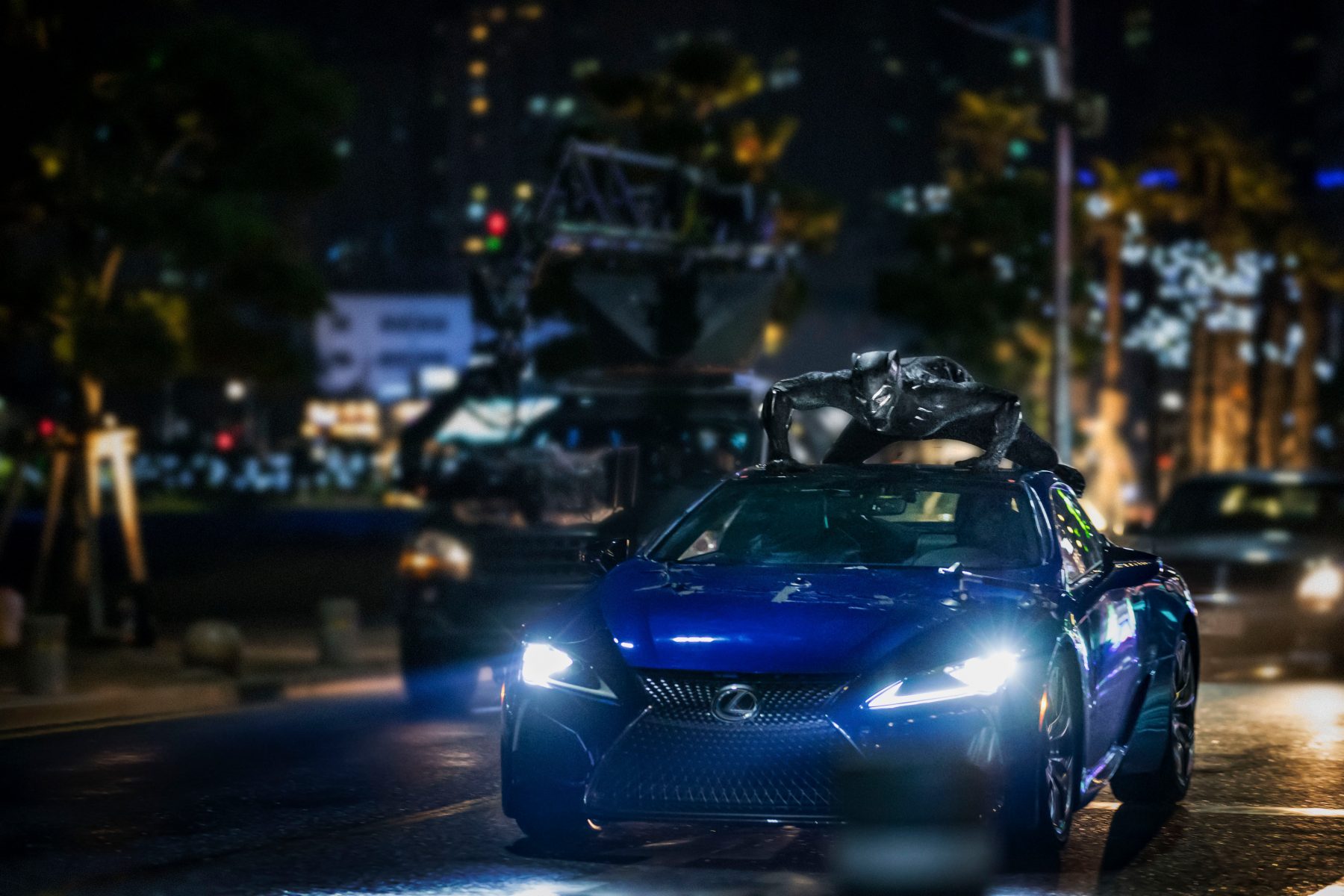 There aren’t many cars in the fictional nation of Wakanda, so any motoring-related product placement had to occur away from the film’s homeland.
There aren’t many cars in the fictional nation of Wakanda, so any motoring-related product placement had to occur away from the film’s homeland.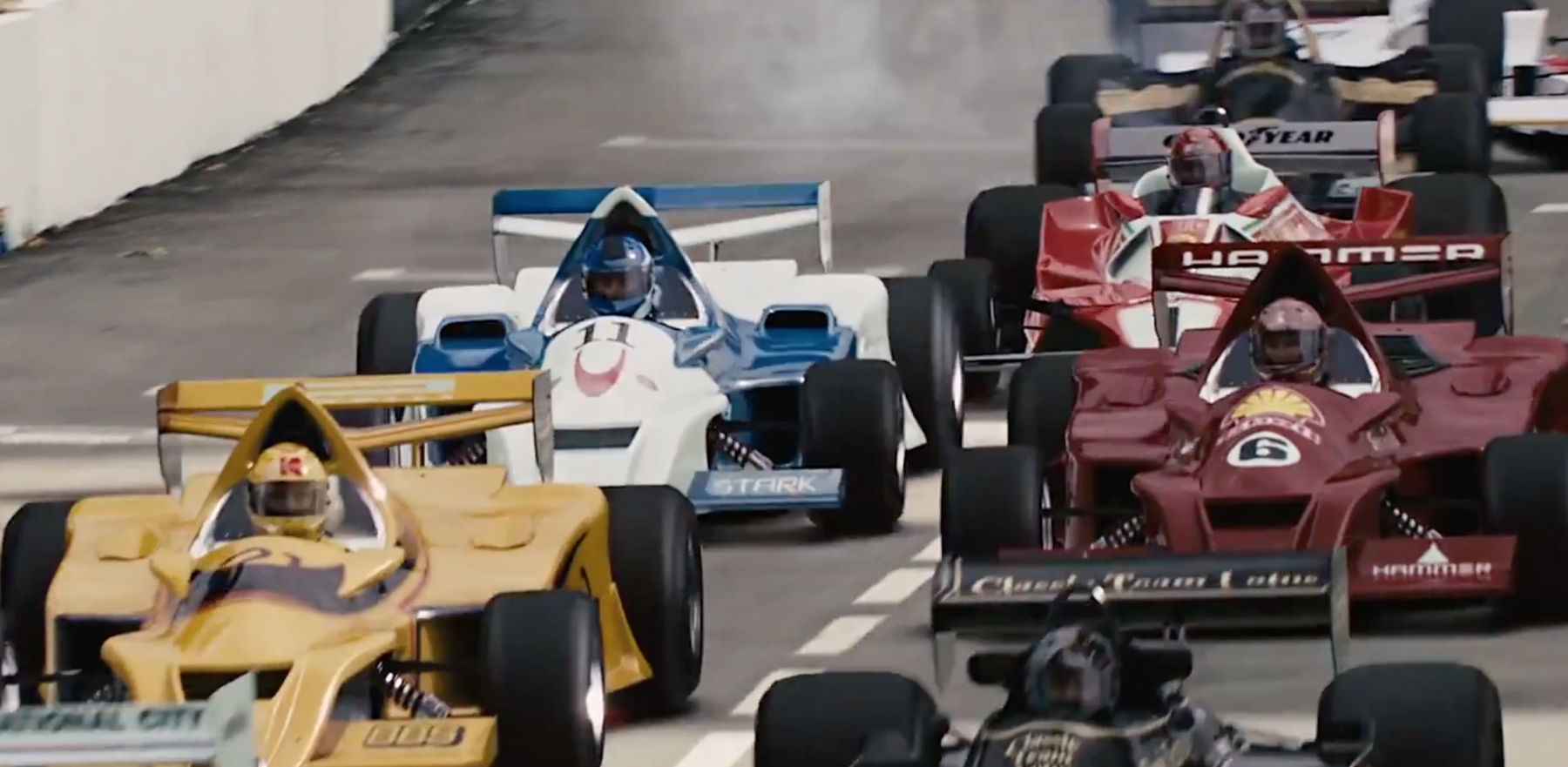 In Iron Man 2, Tony Stark is seen competing at the Grand Prix de Monaco Historique in a custom Formula One car, replacing his team’s driver while quipping: ‘What’s the point of owning a race car if you can’t drive it?’
In Iron Man 2, Tony Stark is seen competing at the Grand Prix de Monaco Historique in a custom Formula One car, replacing his team’s driver while quipping: ‘What’s the point of owning a race car if you can’t drive it?’ Lee and illustrator Jack Kirby were responsible for much of Marvel’s ’60s comic book successes, and Captain America certainly benefited from their work, being revived as a character after debuting in 1941.
Lee and illustrator Jack Kirby were responsible for much of Marvel’s ’60s comic book successes, and Captain America certainly benefited from their work, being revived as a character after debuting in 1941. For one reason or another, Tony Stark seems to be able to buy cars before they reach production – and even cars that never get produced at all. If we had to guess, being a billionaire might help his case.
For one reason or another, Tony Stark seems to be able to buy cars before they reach production – and even cars that never get produced at all. If we had to guess, being a billionaire might help his case.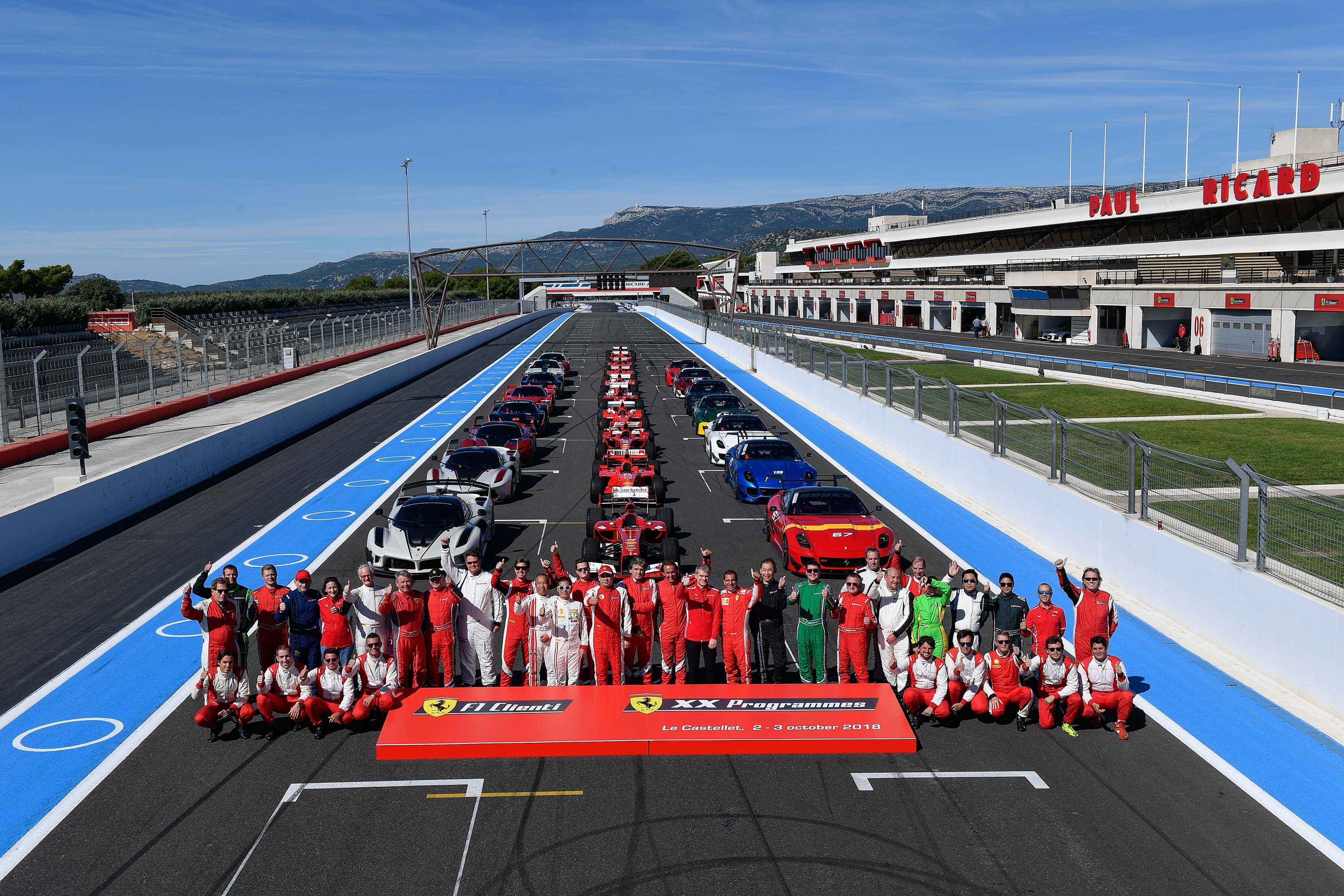
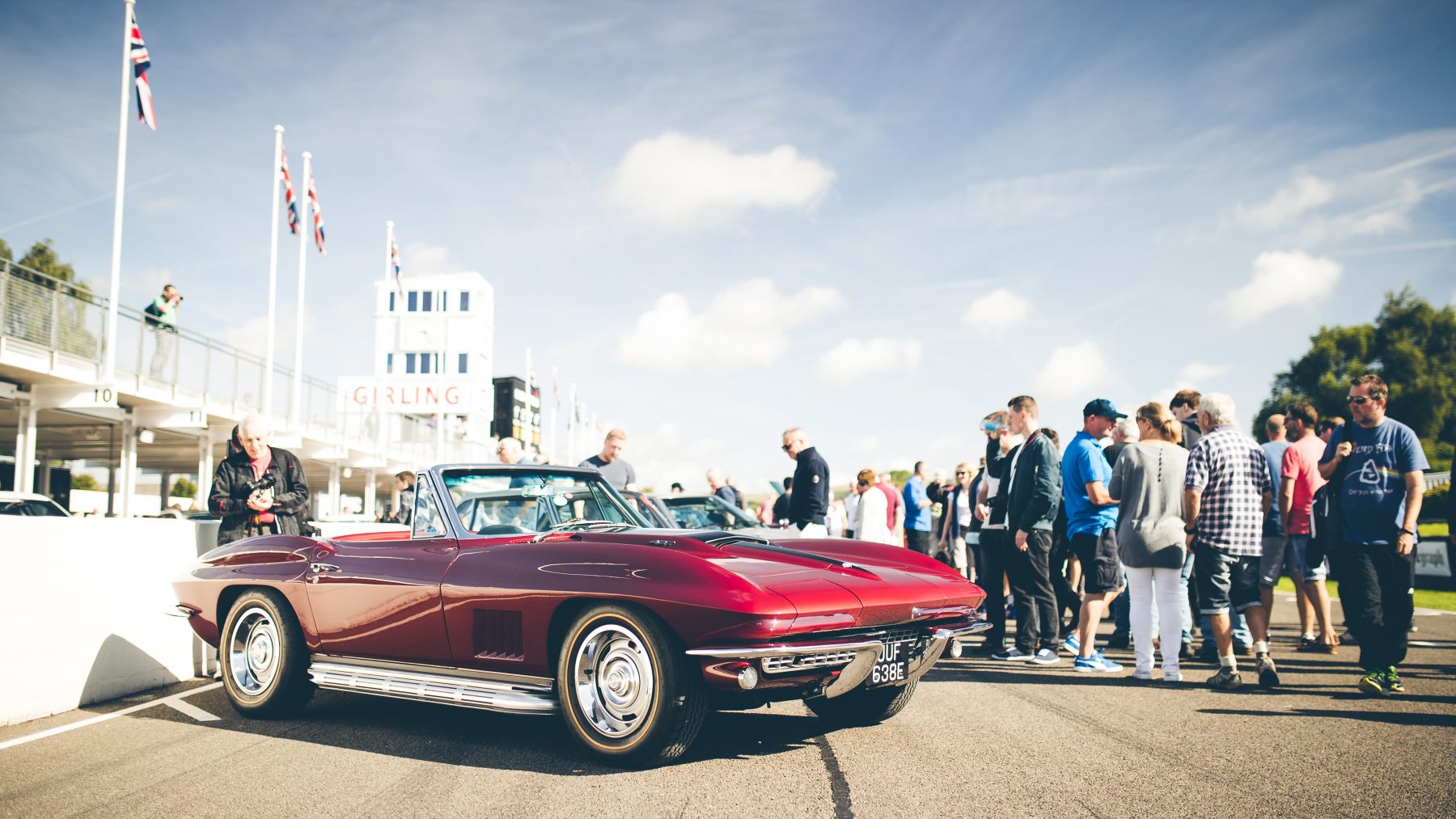 While events such as the Breakfast Club meets are open to all, there are plenty of perks to being a member of the Goodwood Road Racing Club, aka the GRRC.
While events such as the Breakfast Club meets are open to all, there are plenty of perks to being a member of the Goodwood Road Racing Club, aka the GRRC. Run by Dutch billionaire and championship-winning racing driver Klaas Zwart, the Ascari Race Resort is a bespoke complex of villas set in the heart of rural Malaga.
Run by Dutch billionaire and championship-winning racing driver Klaas Zwart, the Ascari Race Resort is a bespoke complex of villas set in the heart of rural Malaga.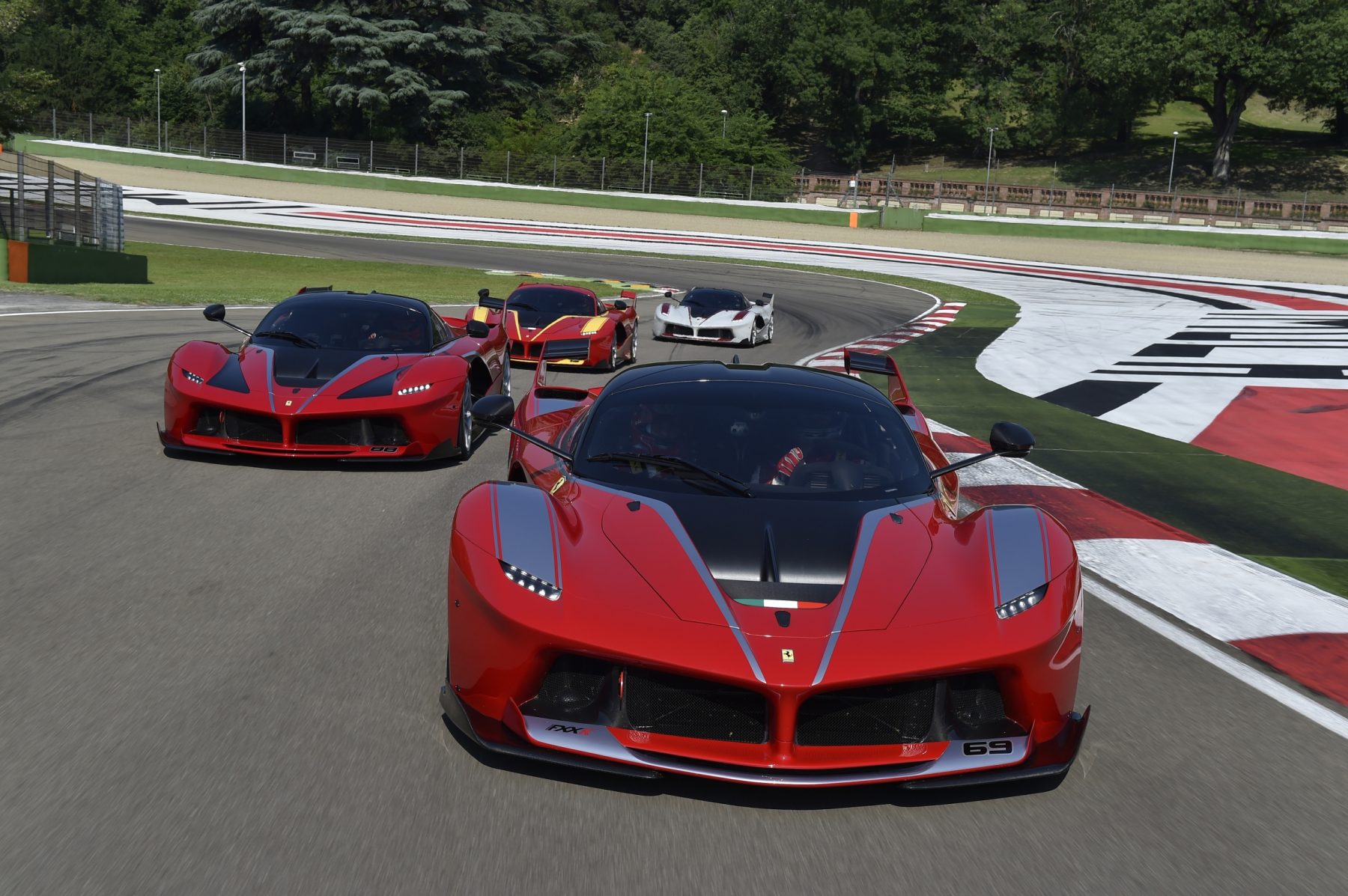 Part of the globe-trotting Corse Clienti tour, Ferrari’s XX Programme is the opportunity for the super-rich owners of the FXX, 599 XX and FXXK to take to numerous world-class Formula One-level circuits.
Part of the globe-trotting Corse Clienti tour, Ferrari’s XX Programme is the opportunity for the super-rich owners of the FXX, 599 XX and FXXK to take to numerous world-class Formula One-level circuits.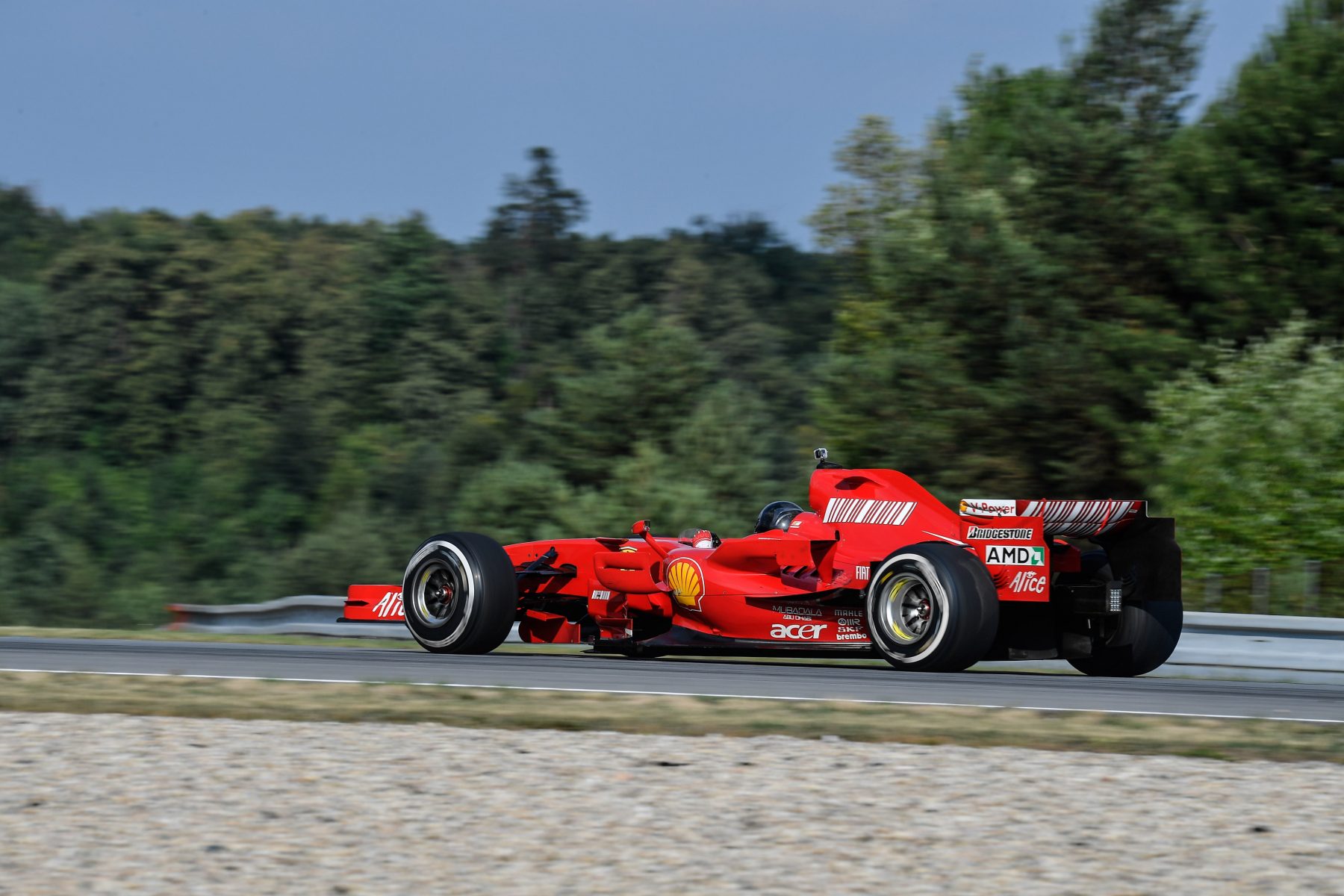 Running alongside the XX Programme, the F1 Clienti scheme allows the world’s elite to buy Ferrari Formula One cars from across the decades.
Running alongside the XX Programme, the F1 Clienti scheme allows the world’s elite to buy Ferrari Formula One cars from across the decades.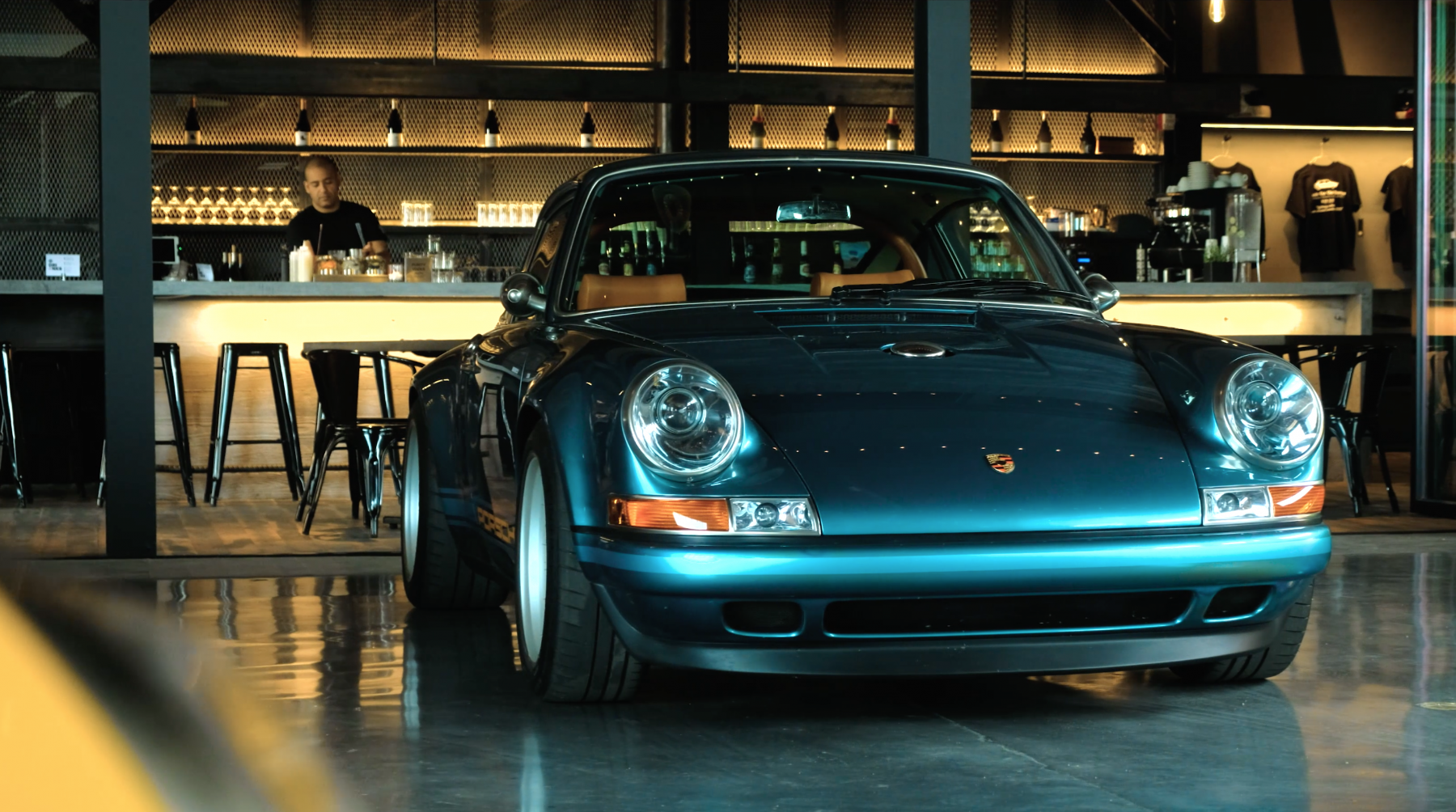 Deep in the hustle and bustle of New York, you’ll find Classic Car Club Manhattan.
Deep in the hustle and bustle of New York, you’ll find Classic Car Club Manhattan. Serving as McLaren’s answer to the Ferrari Corse Clienti package, Pure McLaren is an opportunity for owners to drive their cars in anger on leading race circuits.
Serving as McLaren’s answer to the Ferrari Corse Clienti package, Pure McLaren is an opportunity for owners to drive their cars in anger on leading race circuits. Before there was Pure McLaren, there was the McLaren F1 Owners’ Club, operated and founded by racer Ray Bellm, who achieved much of his success behind the wheel of an F1 GTR.
Before there was Pure McLaren, there was the McLaren F1 Owners’ Club, operated and founded by racer Ray Bellm, who achieved much of his success behind the wheel of an F1 GTR.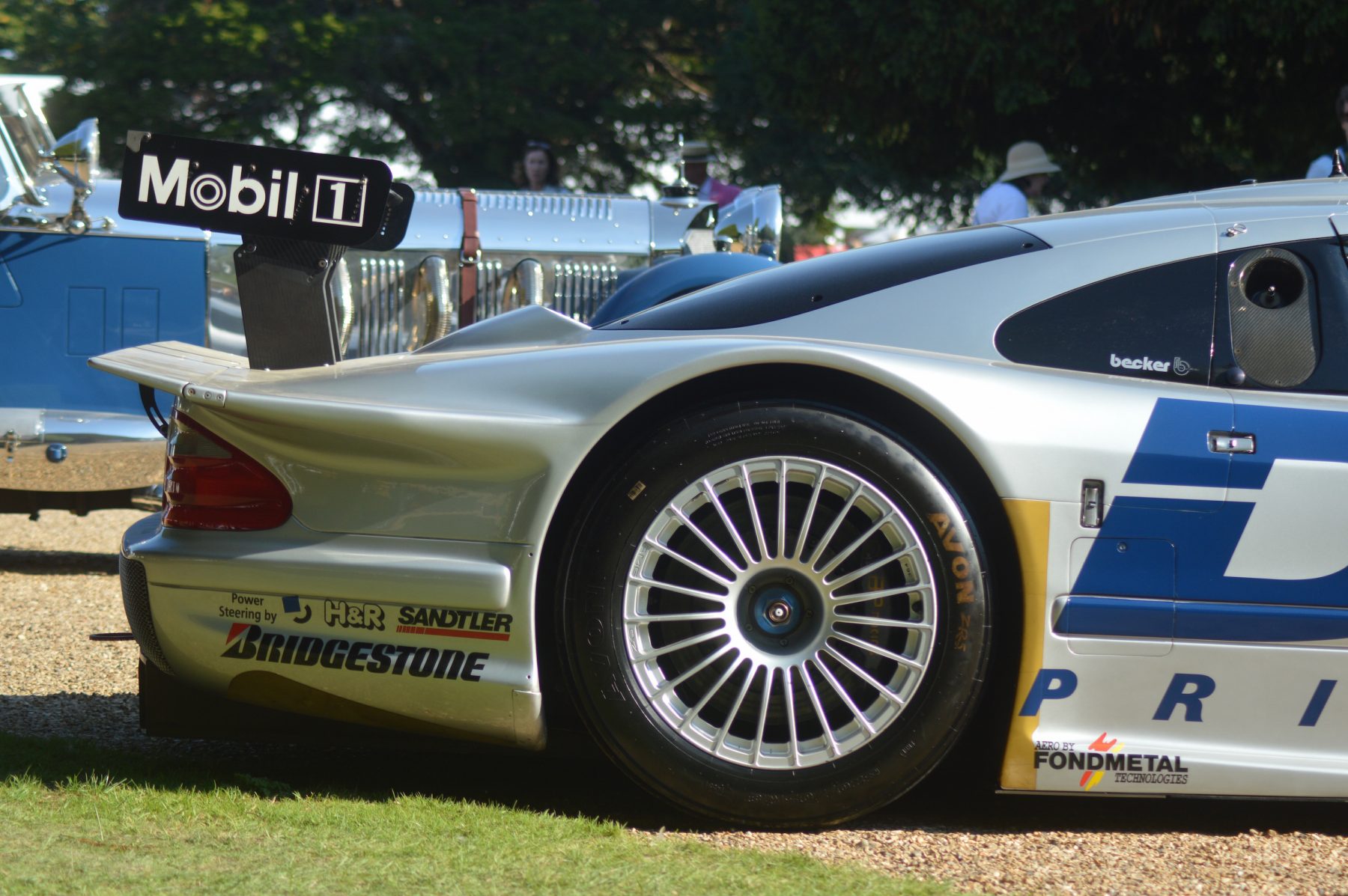 The Global Endurance Legends package is run by classic car specialist Jarrah Venables, catering for owners of Le Mans cars from the ’90s through to the early 2010s.
The Global Endurance Legends package is run by classic car specialist Jarrah Venables, catering for owners of Le Mans cars from the ’90s through to the early 2010s.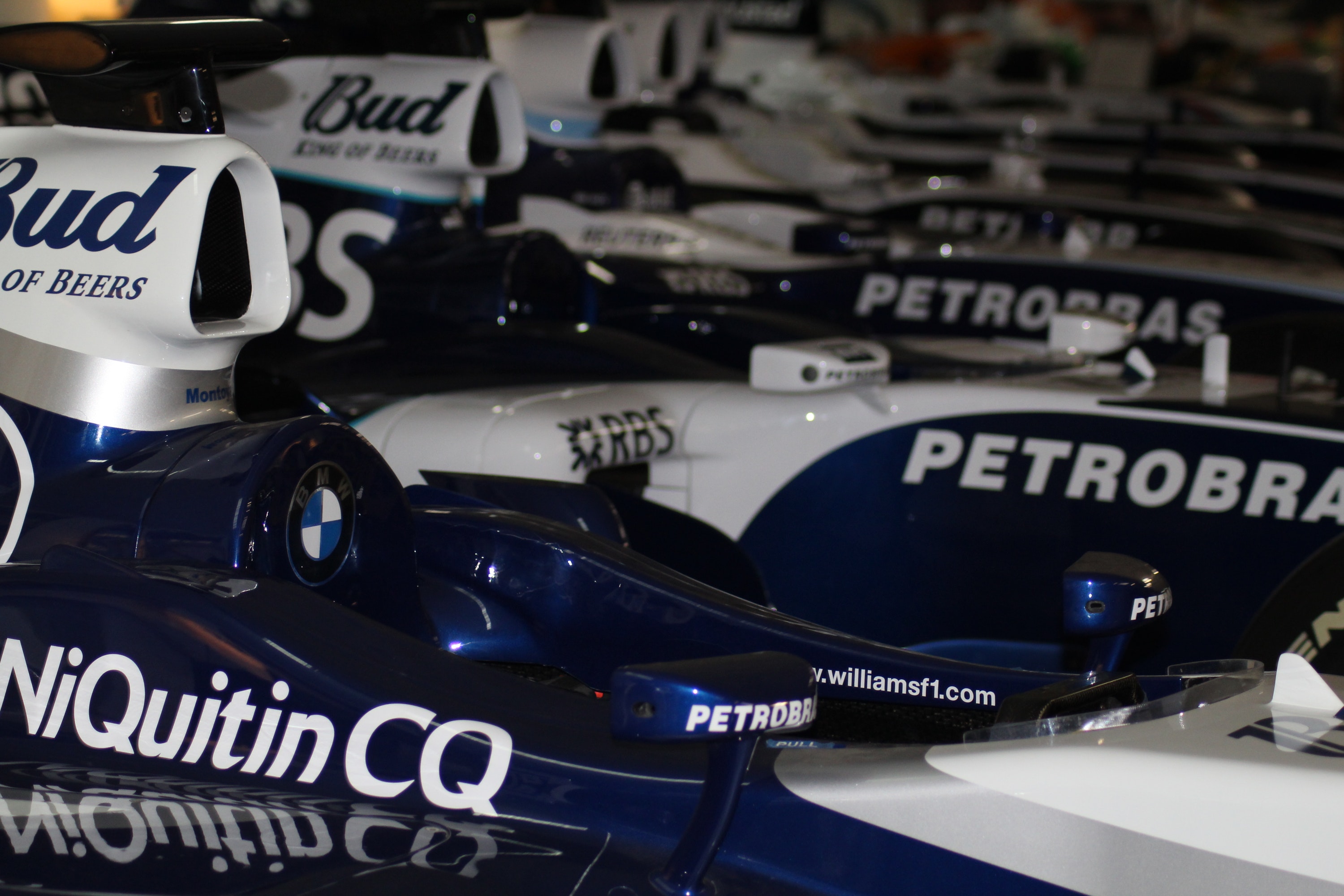
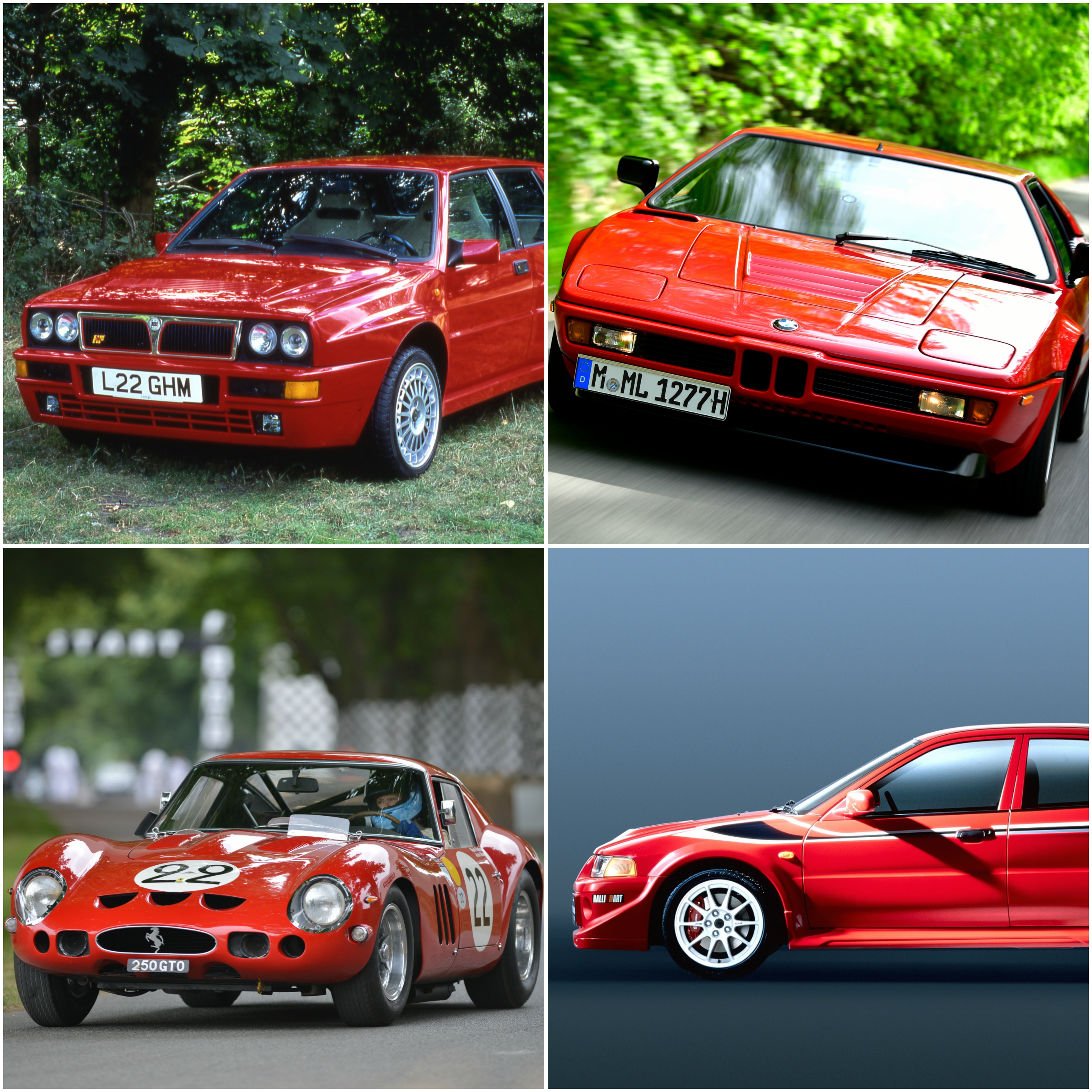
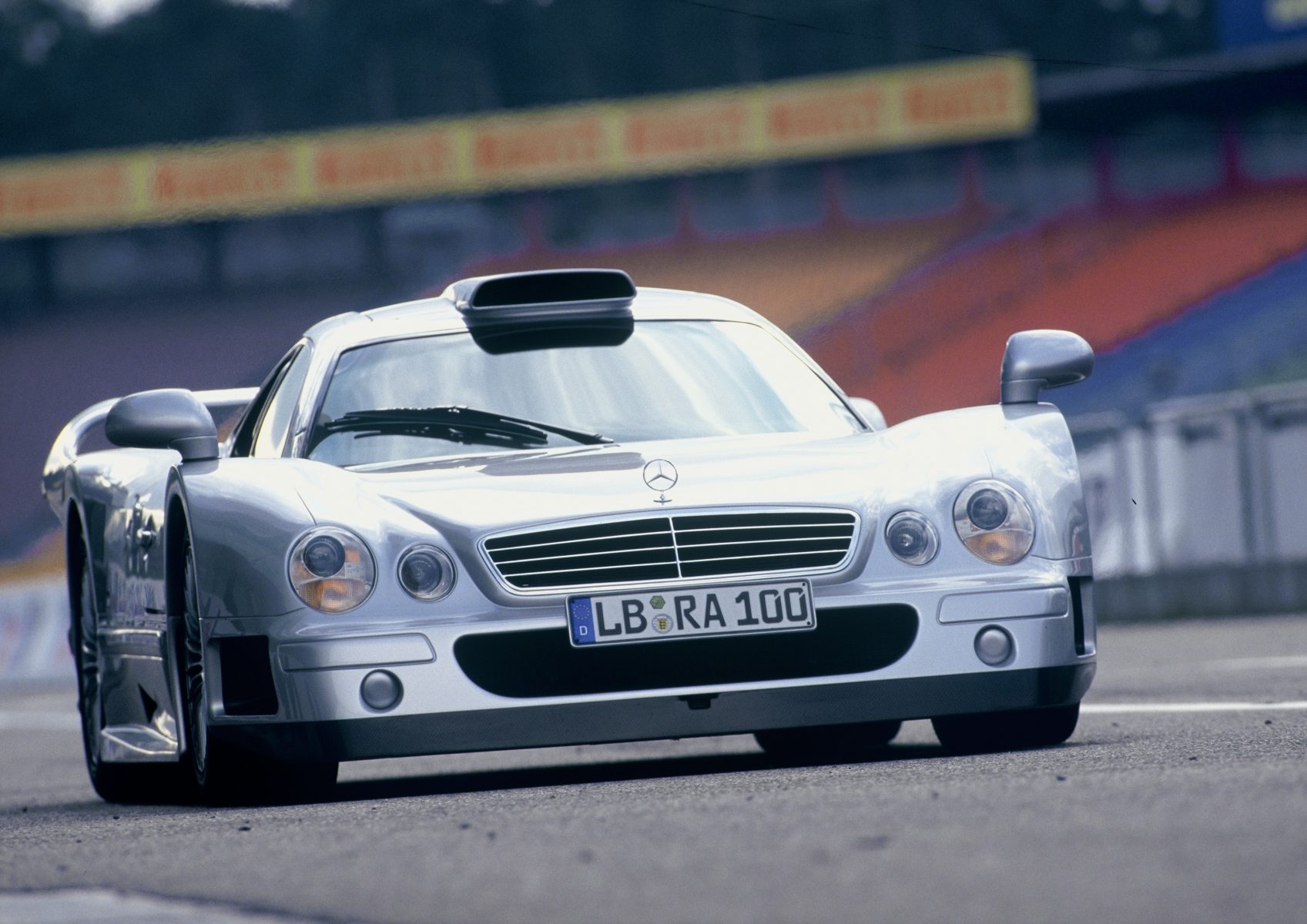
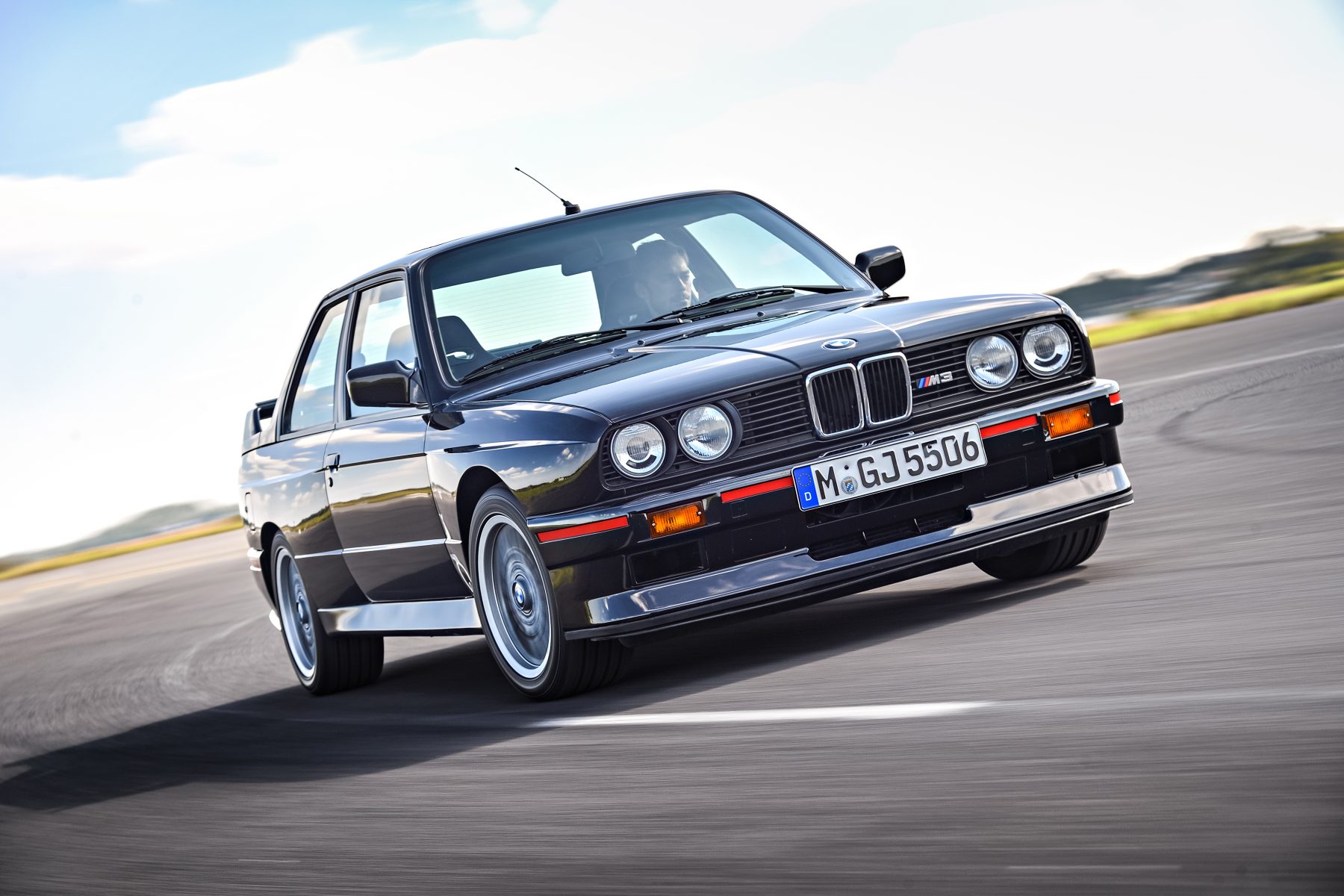 When it comes to homologation specials, there are very few badges that have made as much of an impact as the M3.
When it comes to homologation specials, there are very few badges that have made as much of an impact as the M3.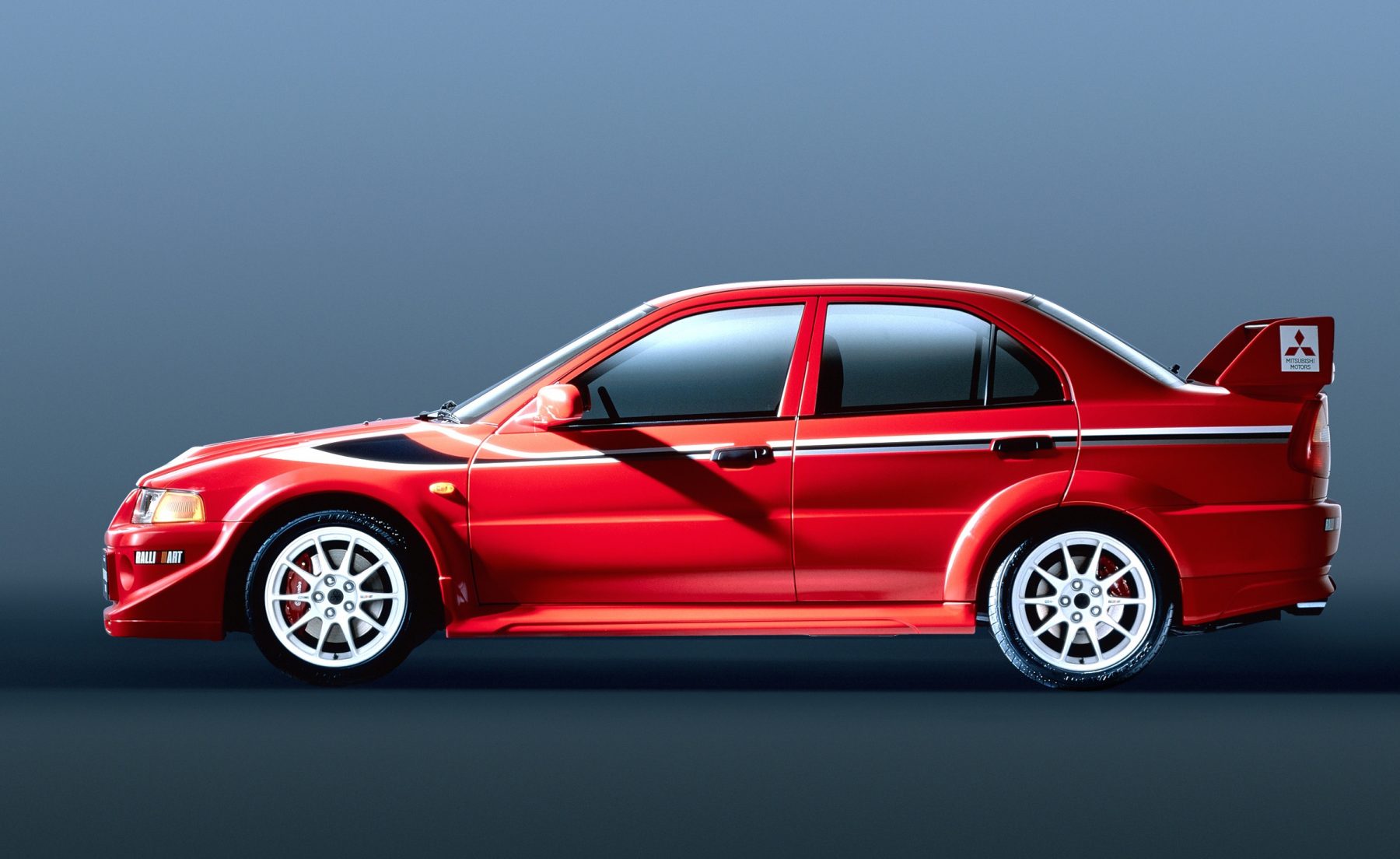 With Mitsubishi’s Galant starting to lose out to others in the World Rally Championship, the Japanese marque debuted the first Lancer Evolution, which heralded a golden era of the sport with Subaru, Ford and Toyota serving as the primary challengers.
With Mitsubishi’s Galant starting to lose out to others in the World Rally Championship, the Japanese marque debuted the first Lancer Evolution, which heralded a golden era of the sport with Subaru, Ford and Toyota serving as the primary challengers.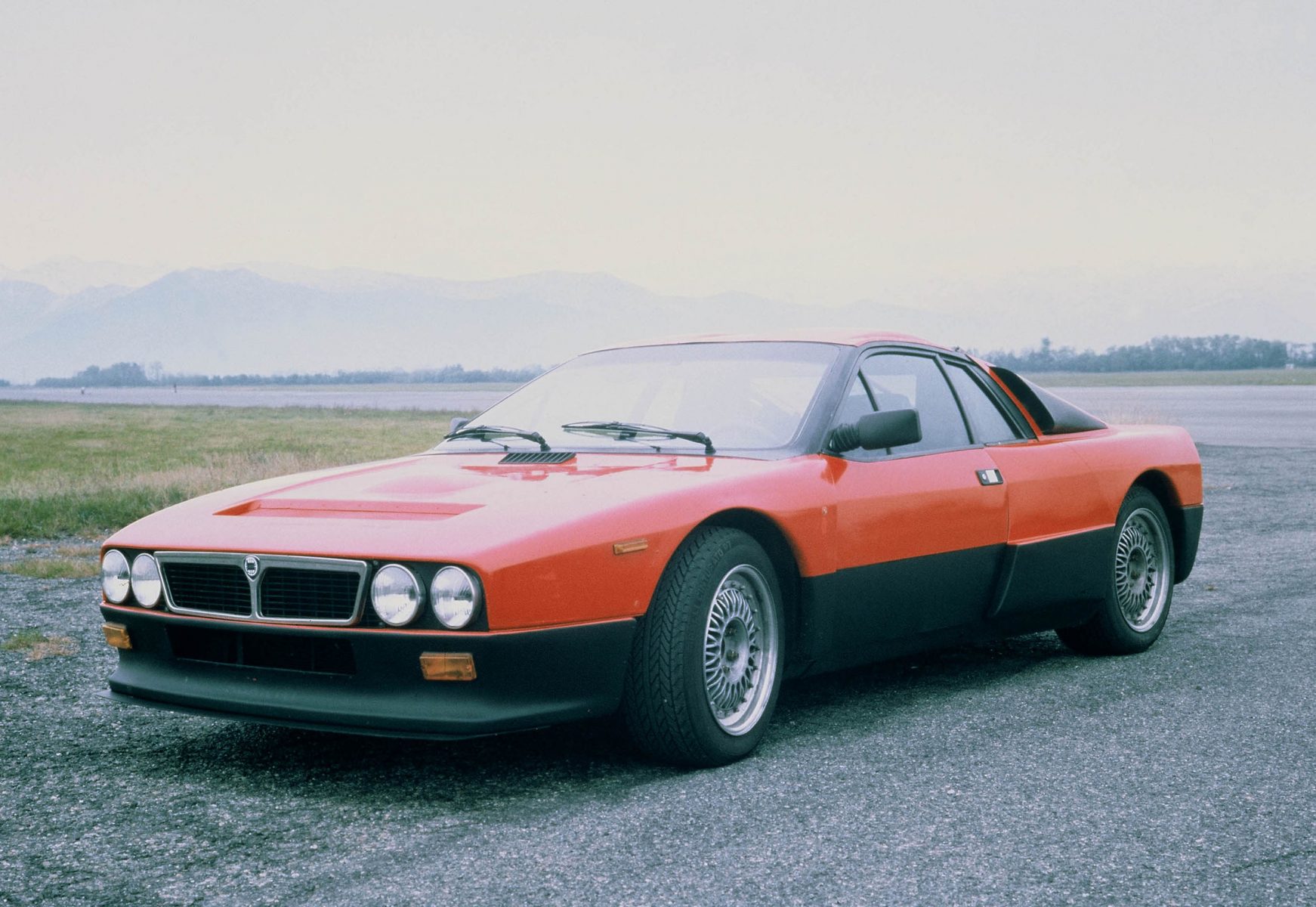 The Lancia 037 is the ‘80s follow-up to the Stratos. If the Stratos is considered extreme, then the Group B-homologated 037 is almost lethal.
The Lancia 037 is the ‘80s follow-up to the Stratos. If the Stratos is considered extreme, then the Group B-homologated 037 is almost lethal.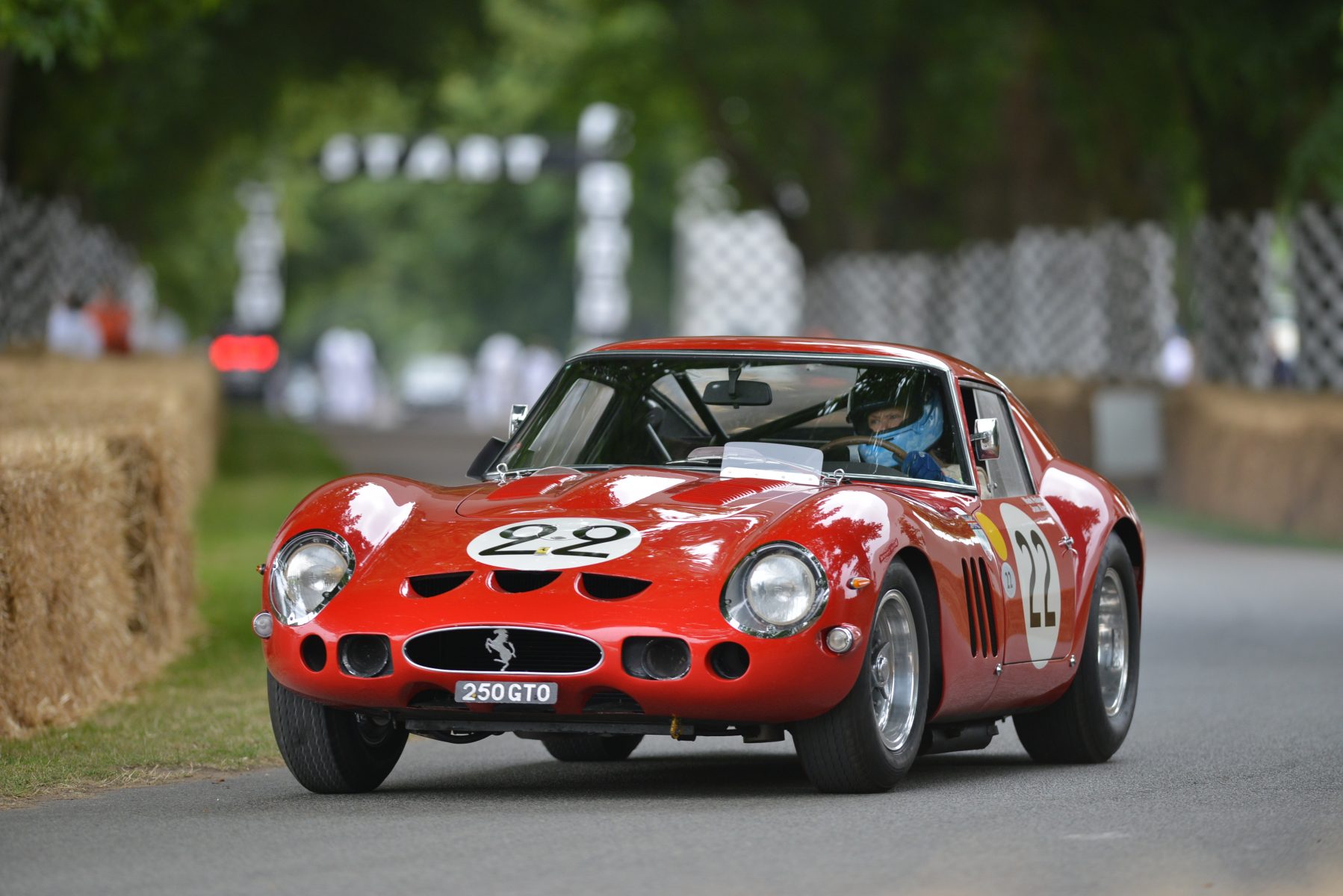 When a car can sell for $70m, you know it’s special.
When a car can sell for $70m, you know it’s special. Another mid-engined Group B special, the RS200 is one of the most spectacular cars of the mid-80s halcyon era of rallying.
Another mid-engined Group B special, the RS200 is one of the most spectacular cars of the mid-80s halcyon era of rallying.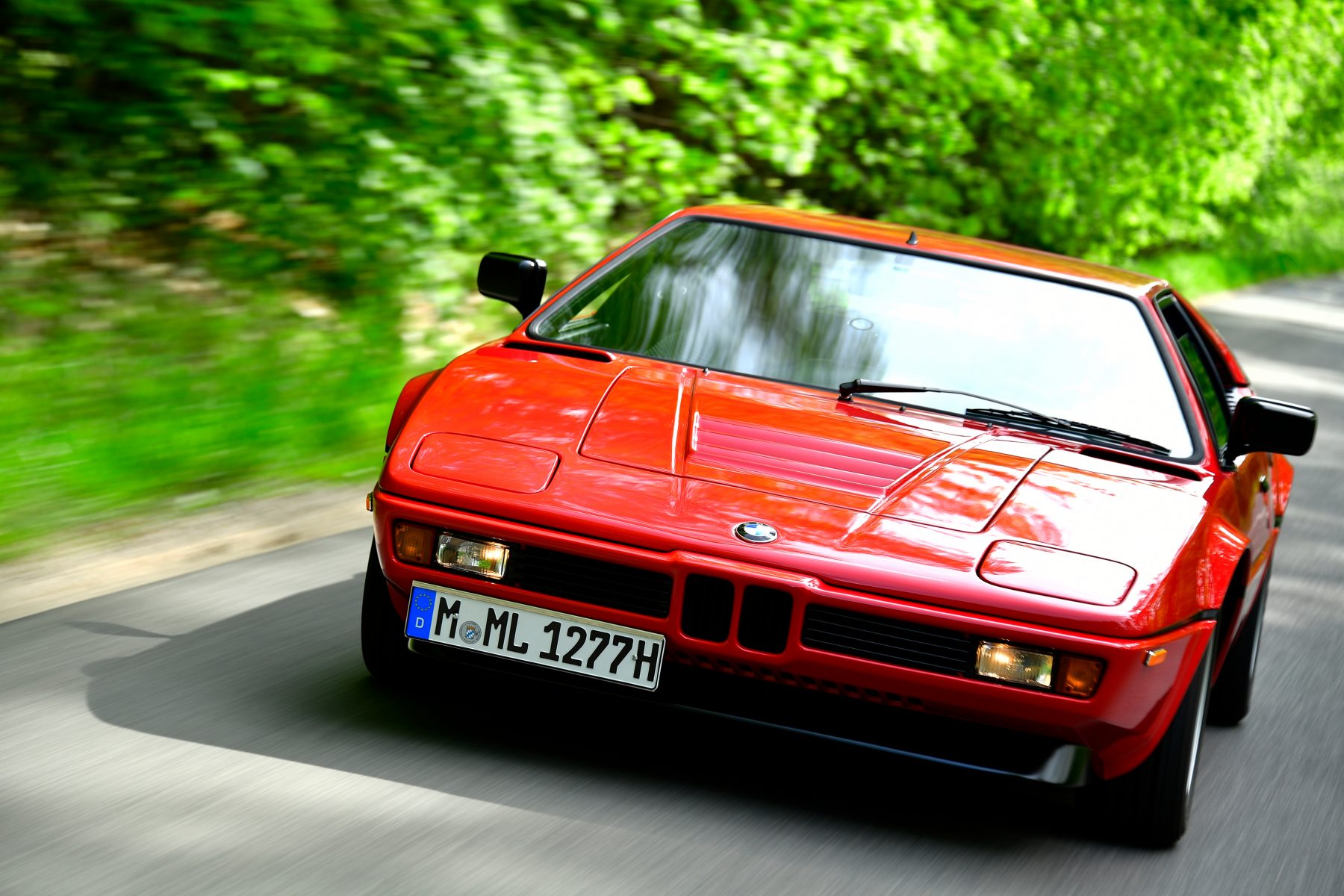 The genesis of the M badge – does anything else really need to be said?
The genesis of the M badge – does anything else really need to be said?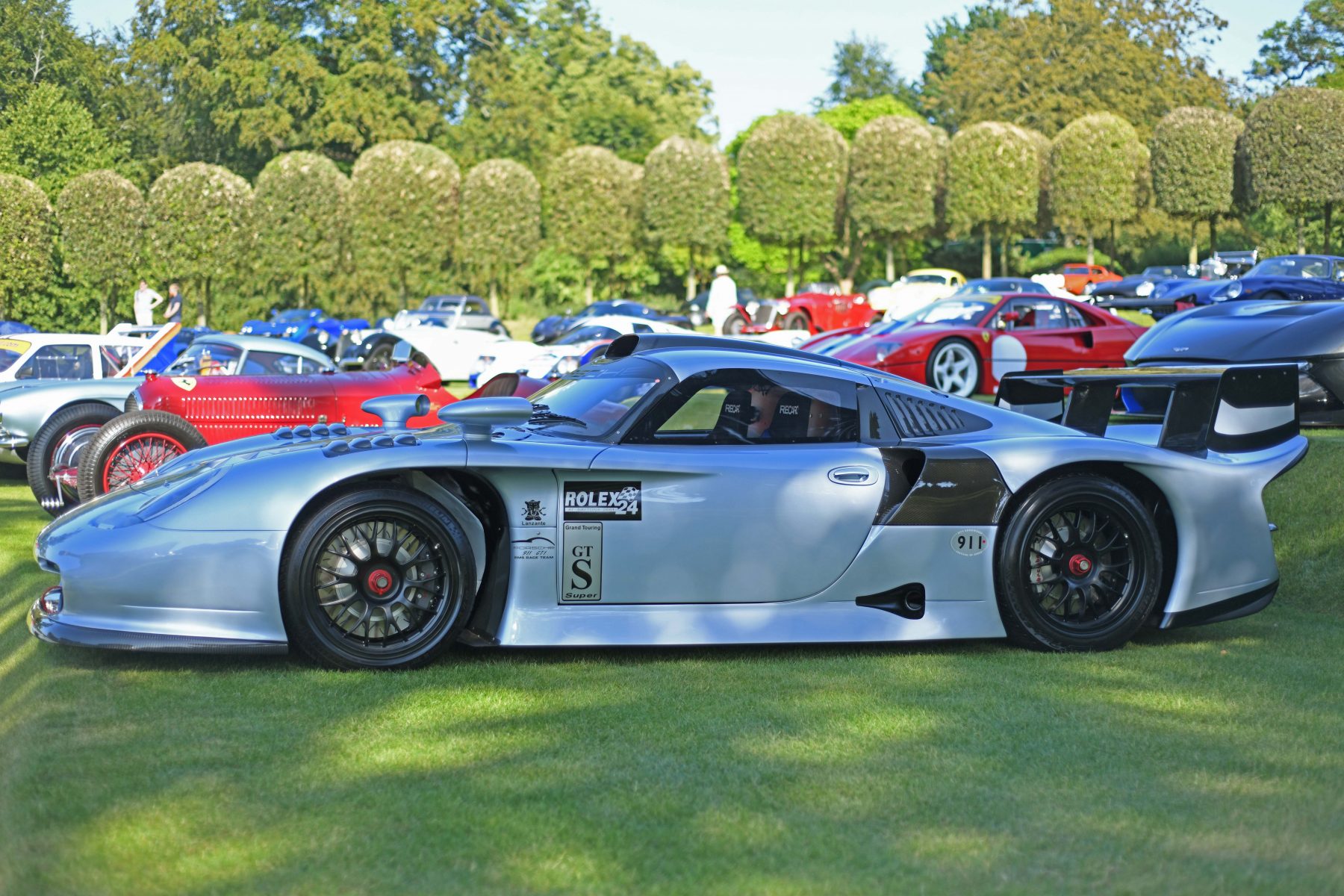 In 1996, the GT racing scene was coming into its own, with cars of all shapes and sizes hitting the track, and the McLaren F1 heading the way. However, when Porsche arrived with the 911 GT1, everything changed.
In 1996, the GT racing scene was coming into its own, with cars of all shapes and sizes hitting the track, and the McLaren F1 heading the way. However, when Porsche arrived with the 911 GT1, everything changed. Nissan phased out the GT-R badge in 1973 after the demand for ‘hot’ Skylines slowed due to an oil crisis. It came back 16 years later in spectacular fashion with the R32. The all-wheel drive super saloon was built for Group A racing, but like so many great homologation cars, took on a life of its own.
Nissan phased out the GT-R badge in 1973 after the demand for ‘hot’ Skylines slowed due to an oil crisis. It came back 16 years later in spectacular fashion with the R32. The all-wheel drive super saloon was built for Group A racing, but like so many great homologation cars, took on a life of its own.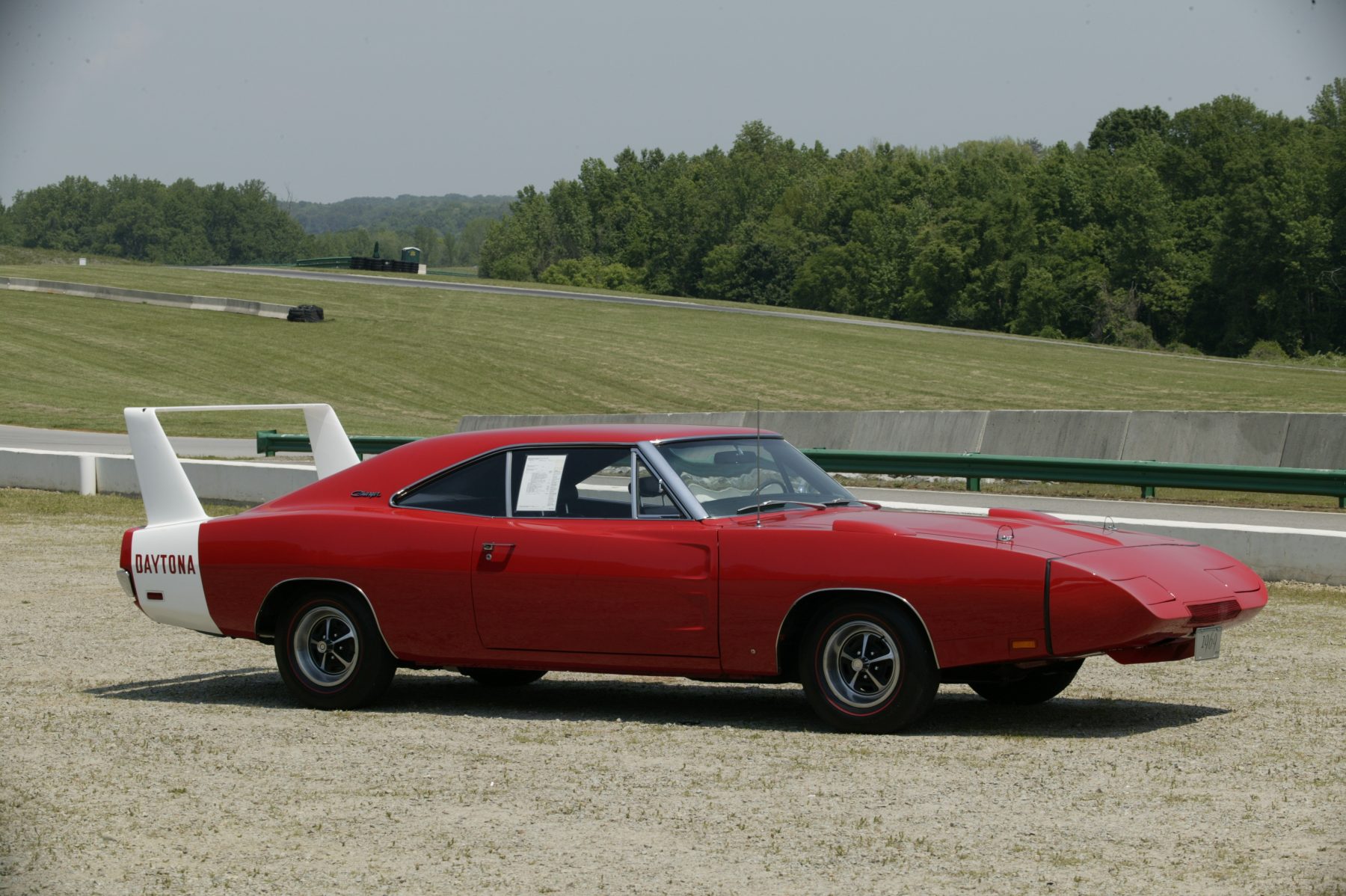 As far as muscle cars go, it doesn’t get much more outlandish than this.
As far as muscle cars go, it doesn’t get much more outlandish than this.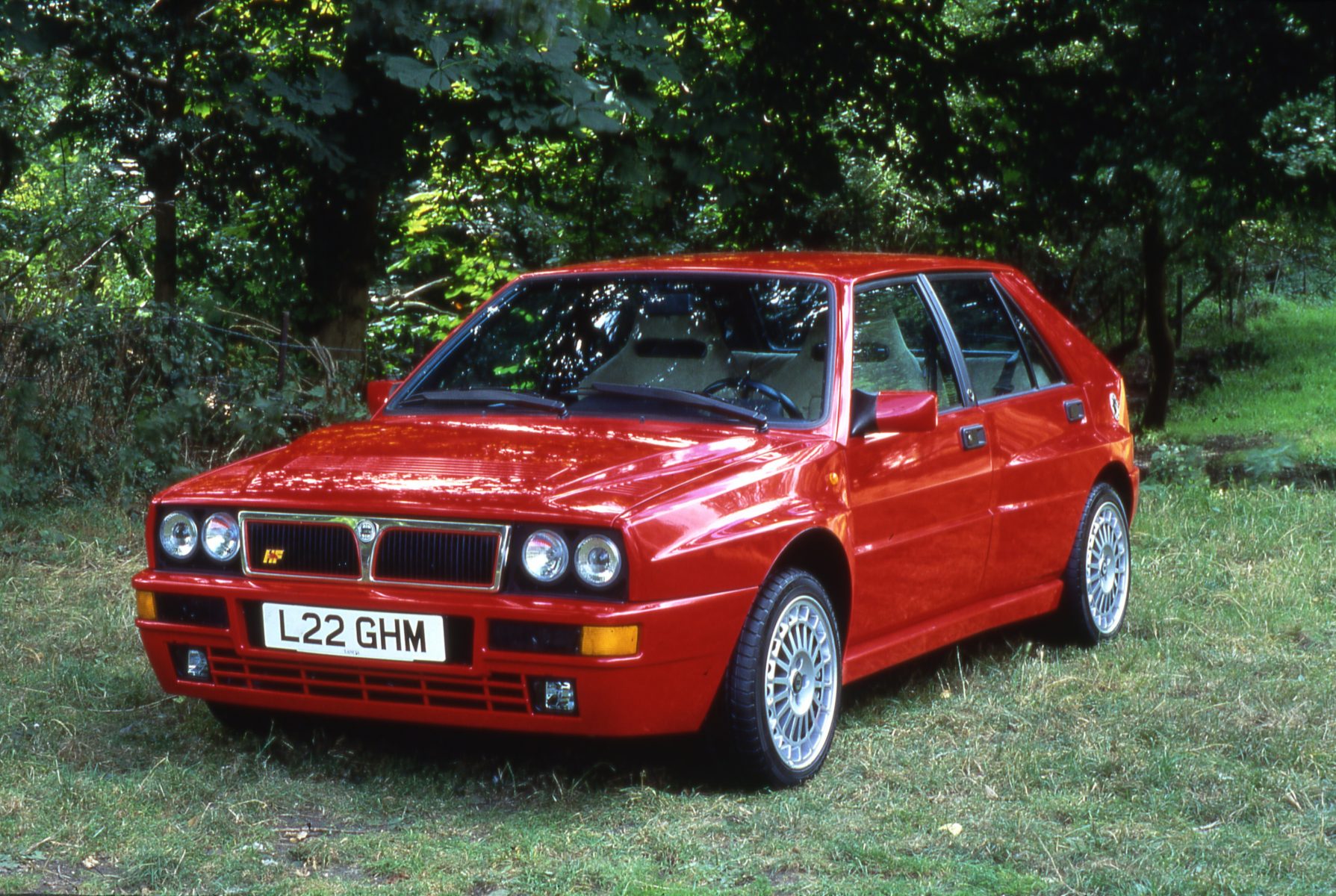 After Group B ended in 1986, there was something of a scramble to find its replacement.
After Group B ended in 1986, there was something of a scramble to find its replacement.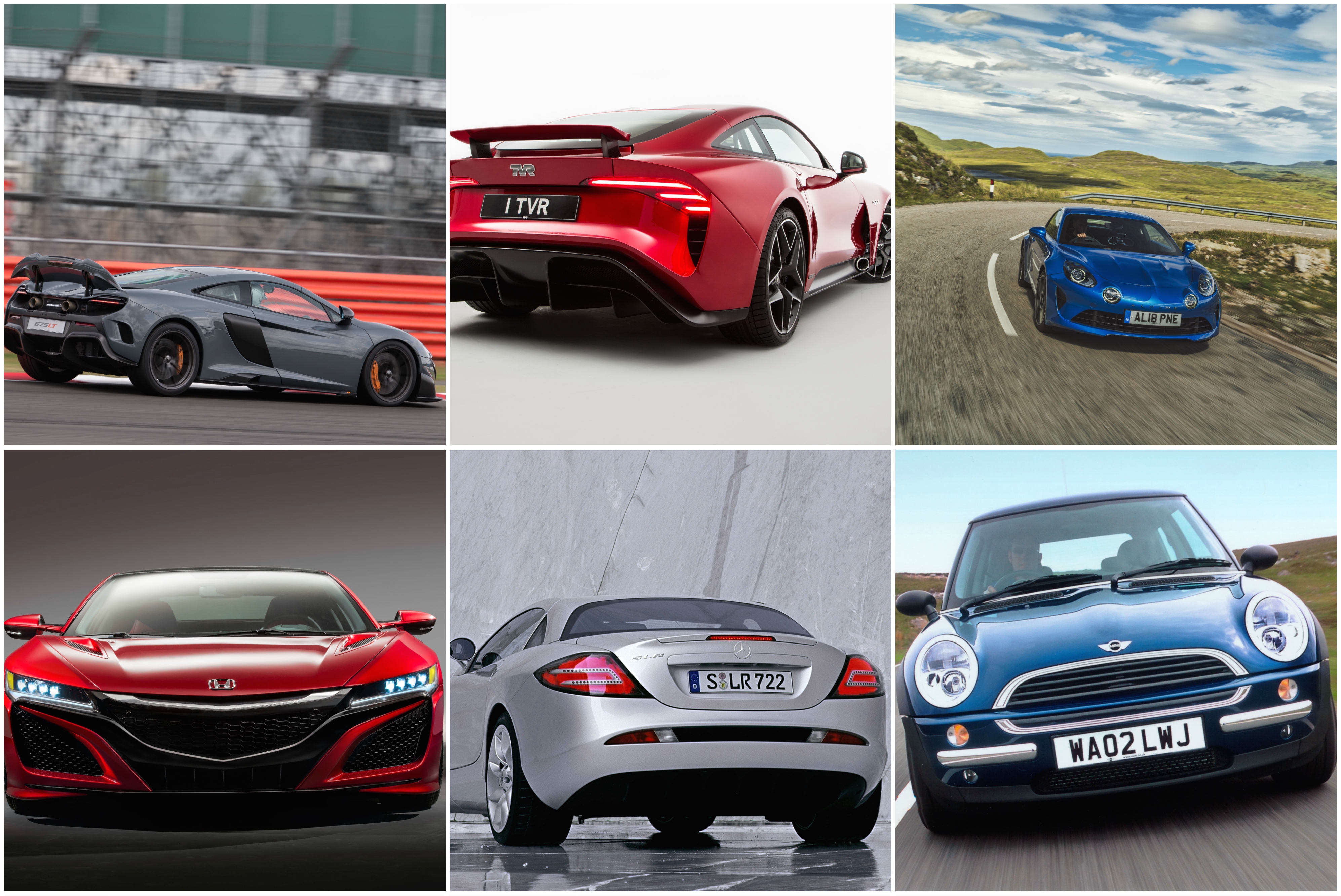
 32 years after the 500 ceased production, and 50 years after the previous version’s debut, the supermini was revived in new-retro form. Mechanicals were borrowed from Fiat’s Panda, and the styling was a modernised evocation of the original.
32 years after the 500 ceased production, and 50 years after the previous version’s debut, the supermini was revived in new-retro form. Mechanicals were borrowed from Fiat’s Panda, and the styling was a modernised evocation of the original.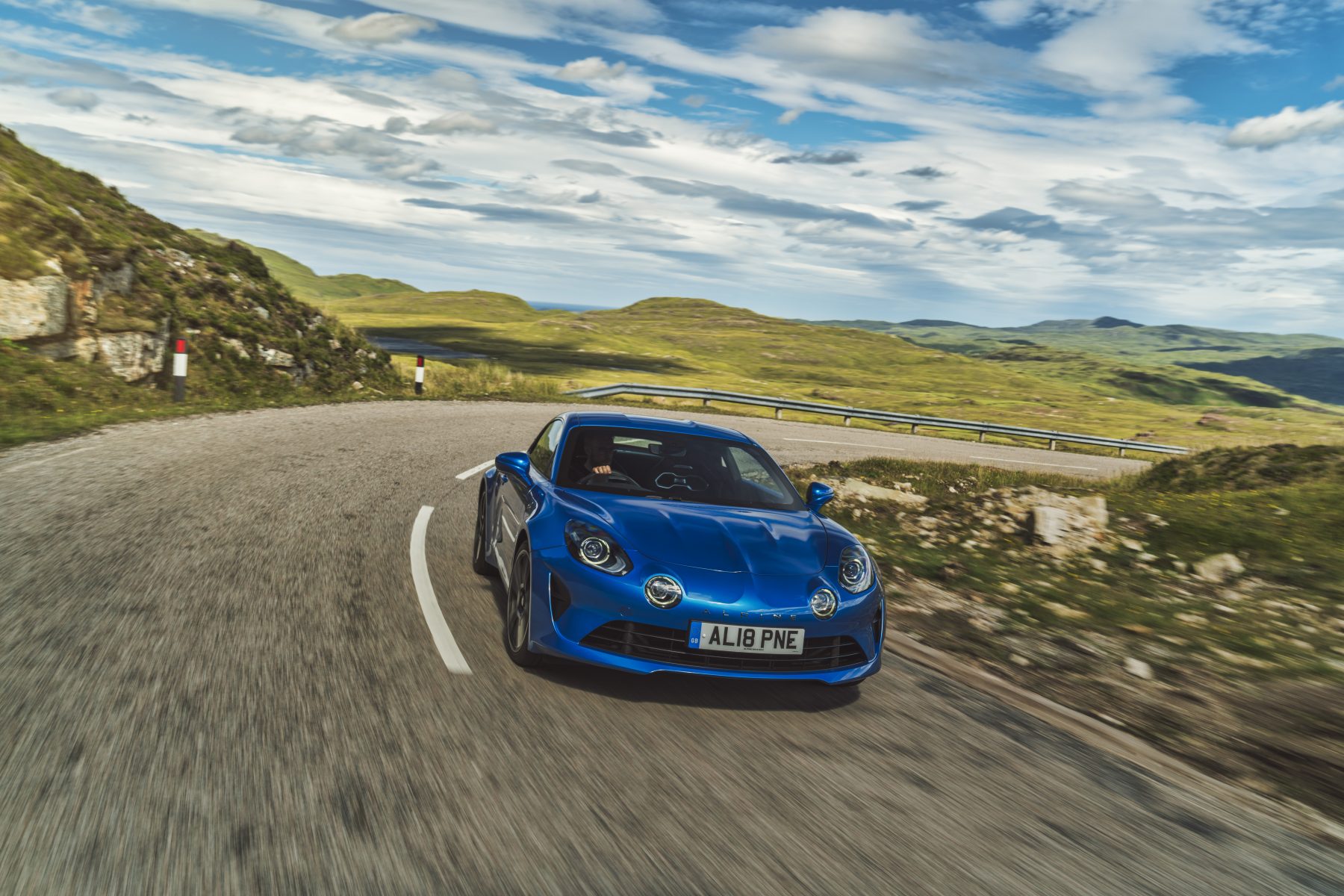 40 years after the original, rally-conquering A110 was put out to pasture, the A110 has been revived with a refreshingly authentic sequel.
40 years after the original, rally-conquering A110 was put out to pasture, the A110 has been revived with a refreshingly authentic sequel.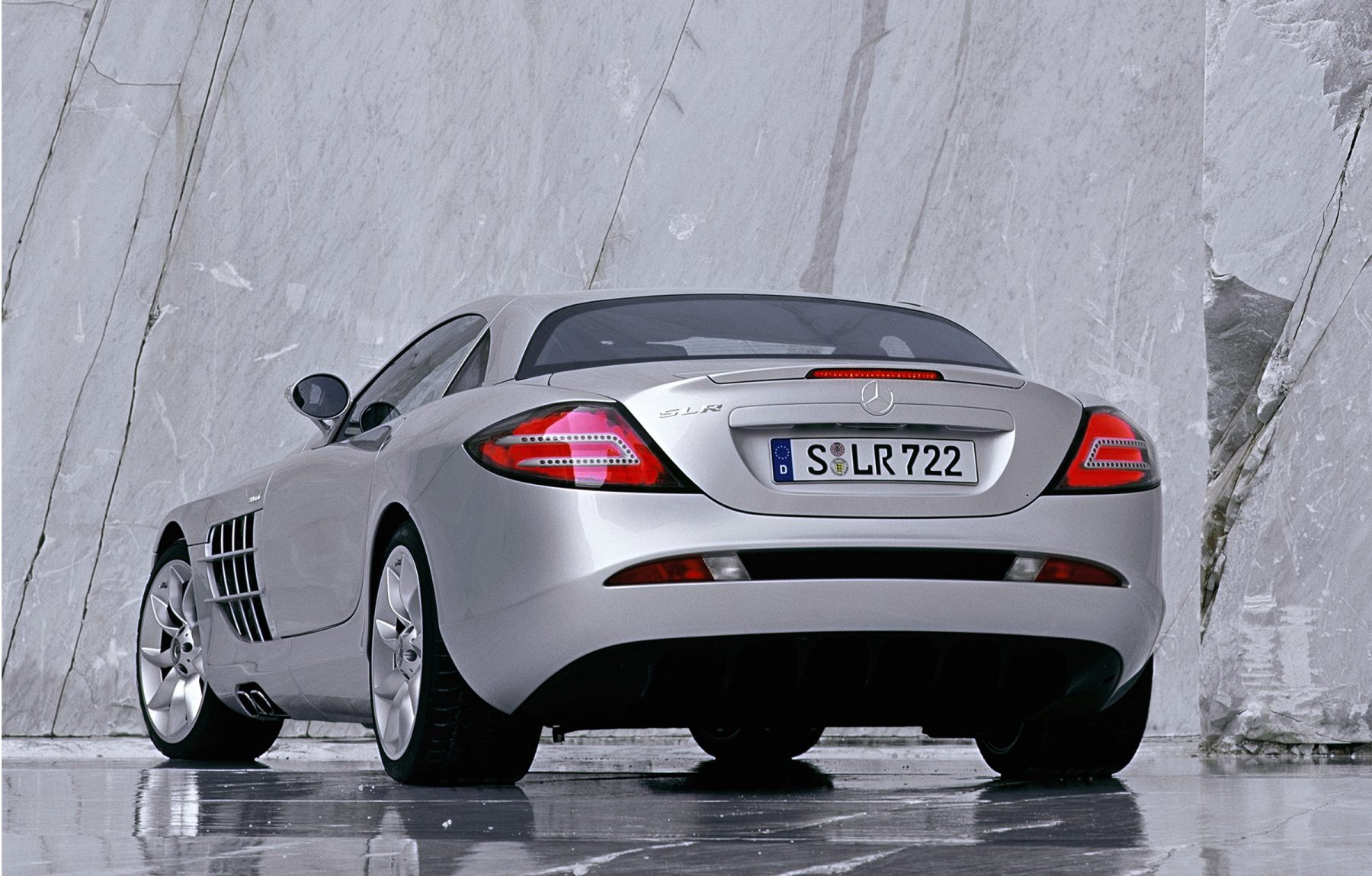 The Mercedes-Benz SLR McLaren marked the first time the legendary racing team’s name had been on a road-going vehicle since the all-dominant F1 hypercar, but more significantly, it revived a famous motive from Mercedes’ past.
The Mercedes-Benz SLR McLaren marked the first time the legendary racing team’s name had been on a road-going vehicle since the all-dominant F1 hypercar, but more significantly, it revived a famous motive from Mercedes’ past.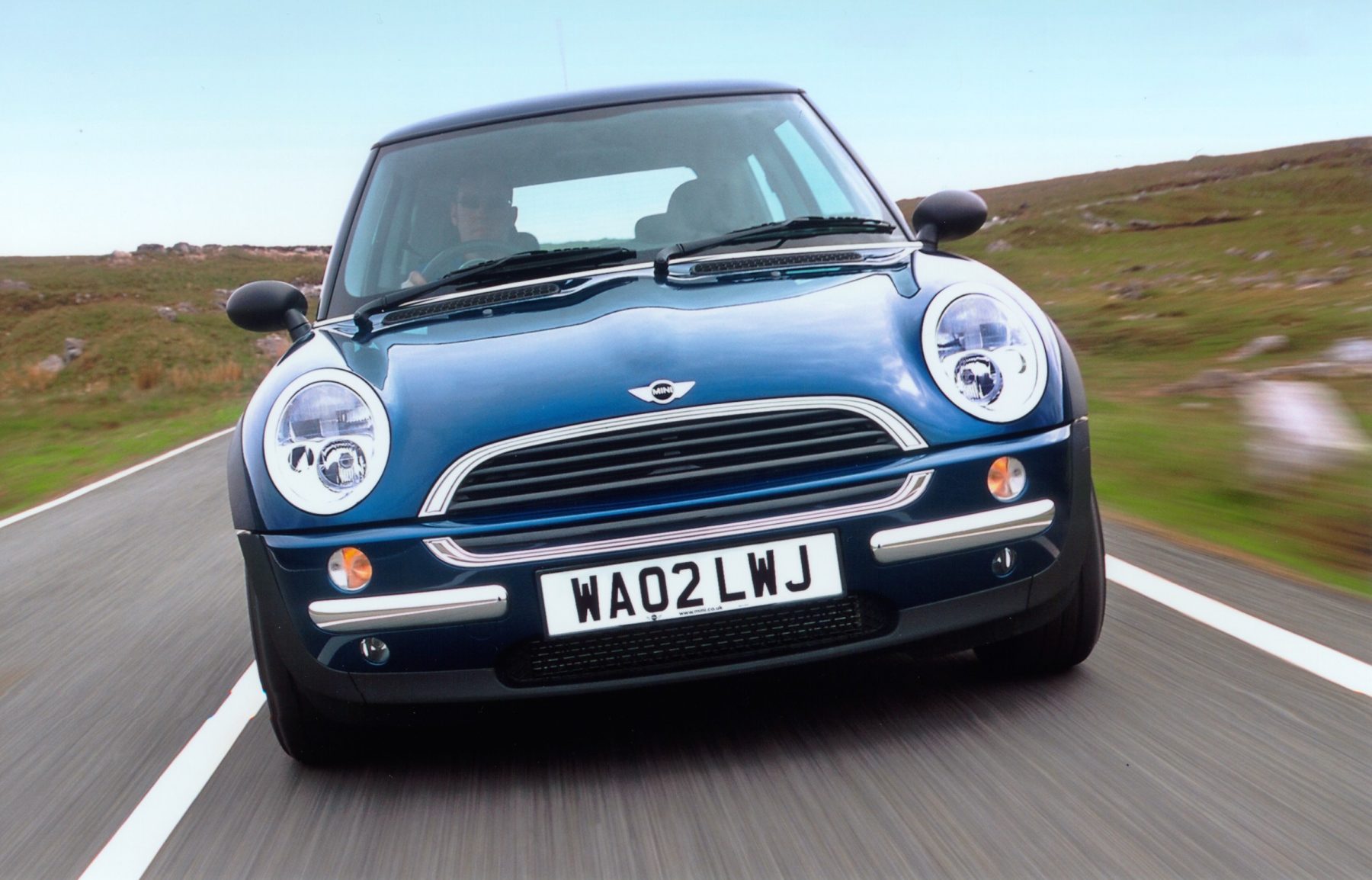 A part of a select club of badges that became brands, Mini never really went away, with the original lasting from 1959 to 2000. However, when the first of the BMW-produced cars made its debut in 2001, the Mini went from a quirky showing of old-school Britain to an entirely more modern choice in the small hatchback market.
A part of a select club of badges that became brands, Mini never really went away, with the original lasting from 1959 to 2000. However, when the first of the BMW-produced cars made its debut in 2001, the Mini went from a quirky showing of old-school Britain to an entirely more modern choice in the small hatchback market.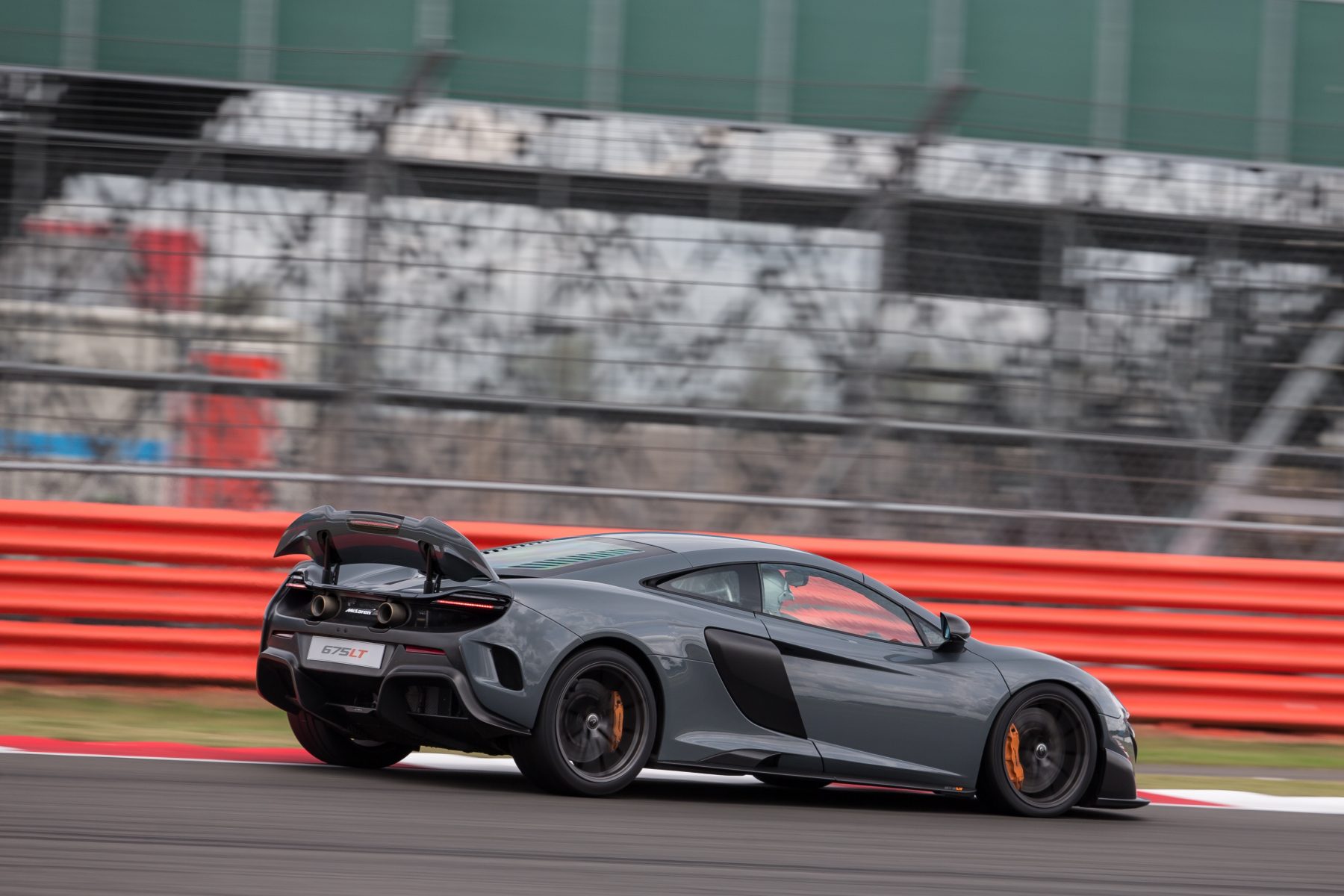 When the ‘LT’ abbreviation was applied to McLaren’s 675LT supercar, it was done with a legend in mind.
When the ‘LT’ abbreviation was applied to McLaren’s 675LT supercar, it was done with a legend in mind.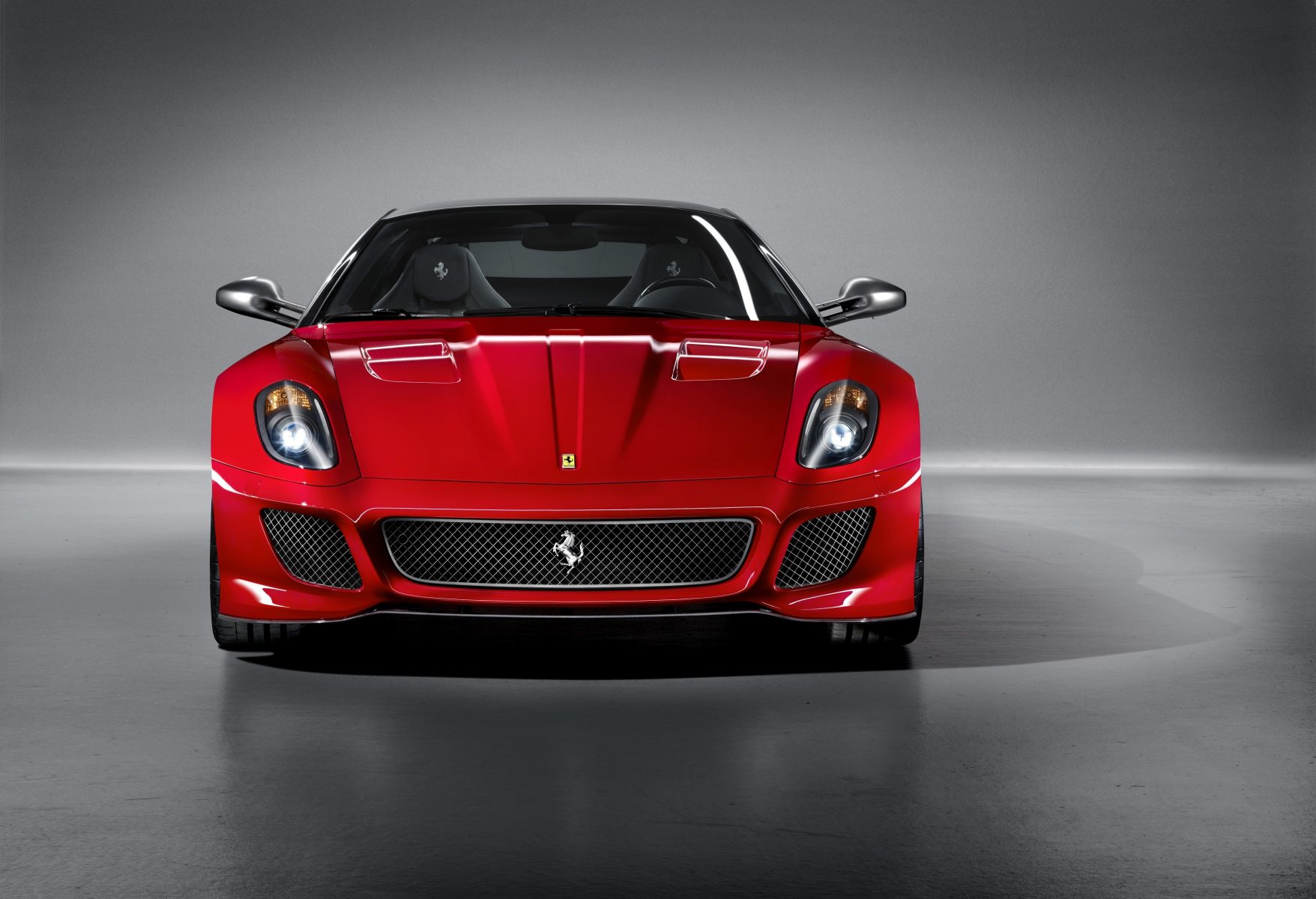 Last seen on 1984’s 288 GTO, there was some uproar from purists when Ferrari announced that its souped-up 599 would bear the famous Gran Turismo Omologata badge. Fans were quick to point out that the only other two cars to receive this designation were homologation specials necessitated by motorsport, but regardless of any furore over the meaning of the badge, this 599 certainly performed like a GTO.
Last seen on 1984’s 288 GTO, there was some uproar from purists when Ferrari announced that its souped-up 599 would bear the famous Gran Turismo Omologata badge. Fans were quick to point out that the only other two cars to receive this designation were homologation specials necessitated by motorsport, but regardless of any furore over the meaning of the badge, this 599 certainly performed like a GTO.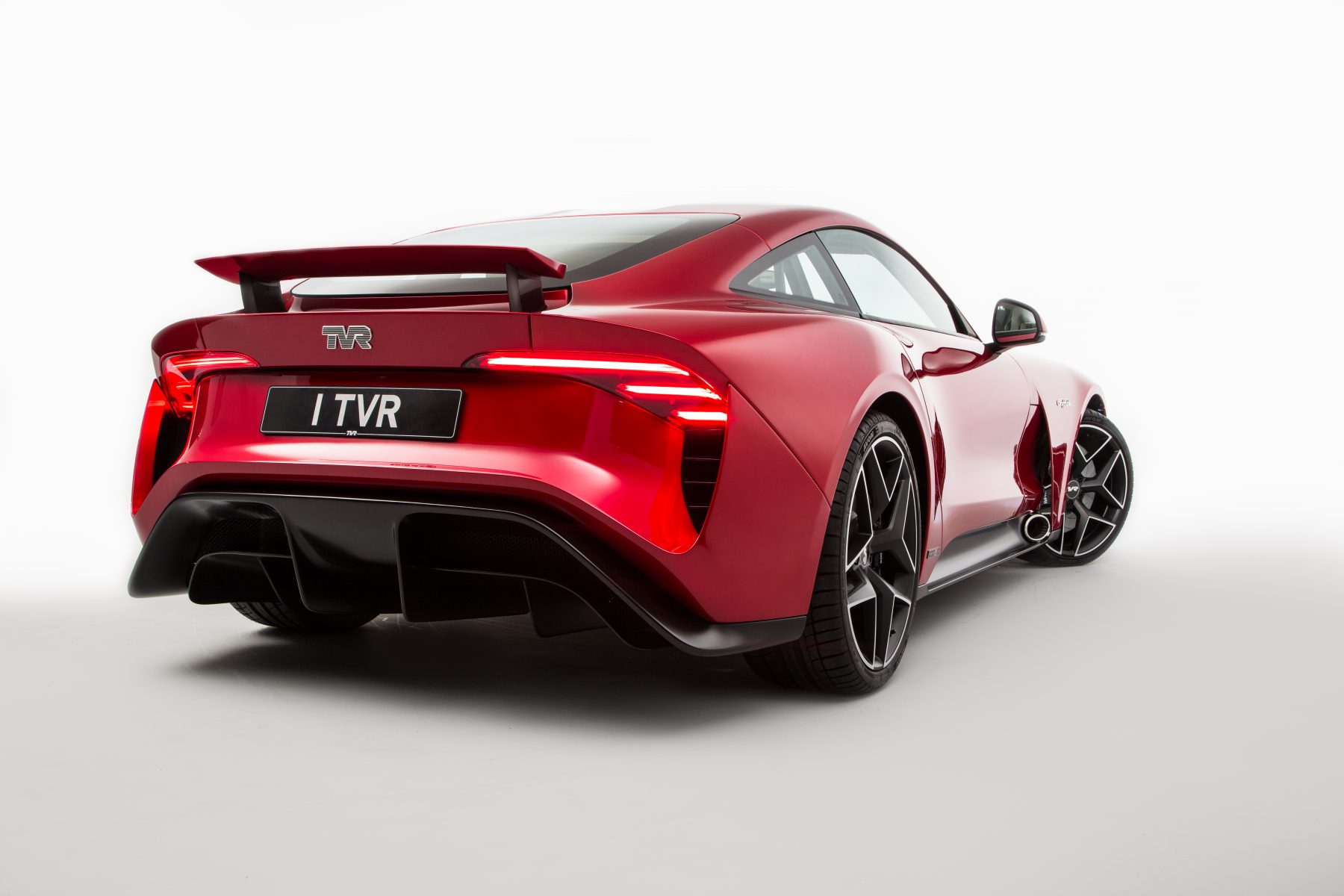 Granted, the first model from the rejuvenated TVR marque is yet to arrive in the hands of customers, but by all accounts, the new Griffith is certainly a worthy successor to everything that came from the original factory in Blackpool.
Granted, the first model from the rejuvenated TVR marque is yet to arrive in the hands of customers, but by all accounts, the new Griffith is certainly a worthy successor to everything that came from the original factory in Blackpool.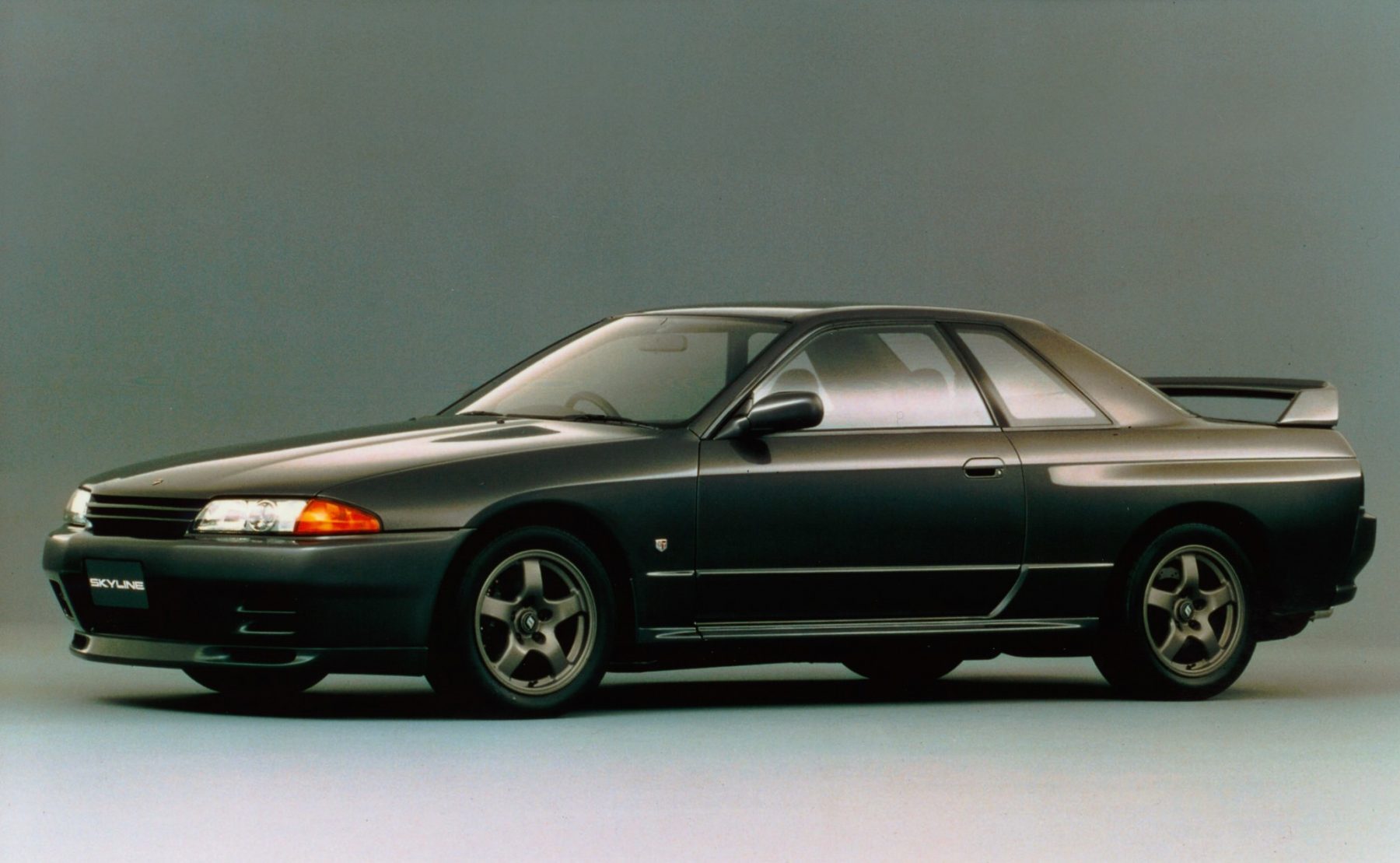 Some 16 years after Nissan left the GT-R badge behind due to the oil crisis’ knock-on effect on sportscar sales, the iconic red and silver symbol returned on the 1989 R32 Skyline.
Some 16 years after Nissan left the GT-R badge behind due to the oil crisis’ knock-on effect on sportscar sales, the iconic red and silver symbol returned on the 1989 R32 Skyline.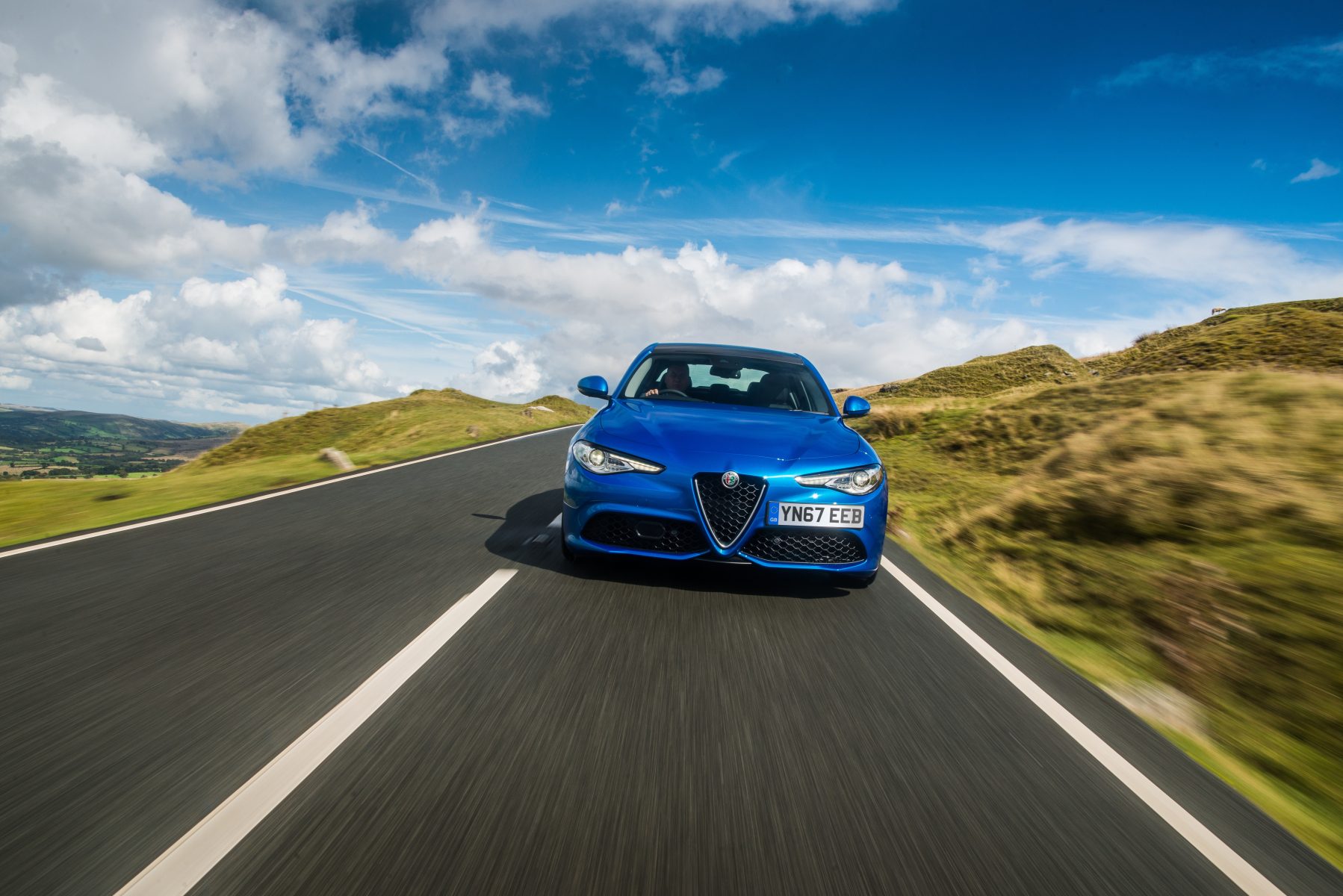 The original Giulia’s production ran for 16 years, and while it was a solid everyday saloon car, it was mostly remembered for its sporting credentials in Sprint and TI specifications in the years following the last sales in 1978.
The original Giulia’s production ran for 16 years, and while it was a solid everyday saloon car, it was mostly remembered for its sporting credentials in Sprint and TI specifications in the years following the last sales in 1978.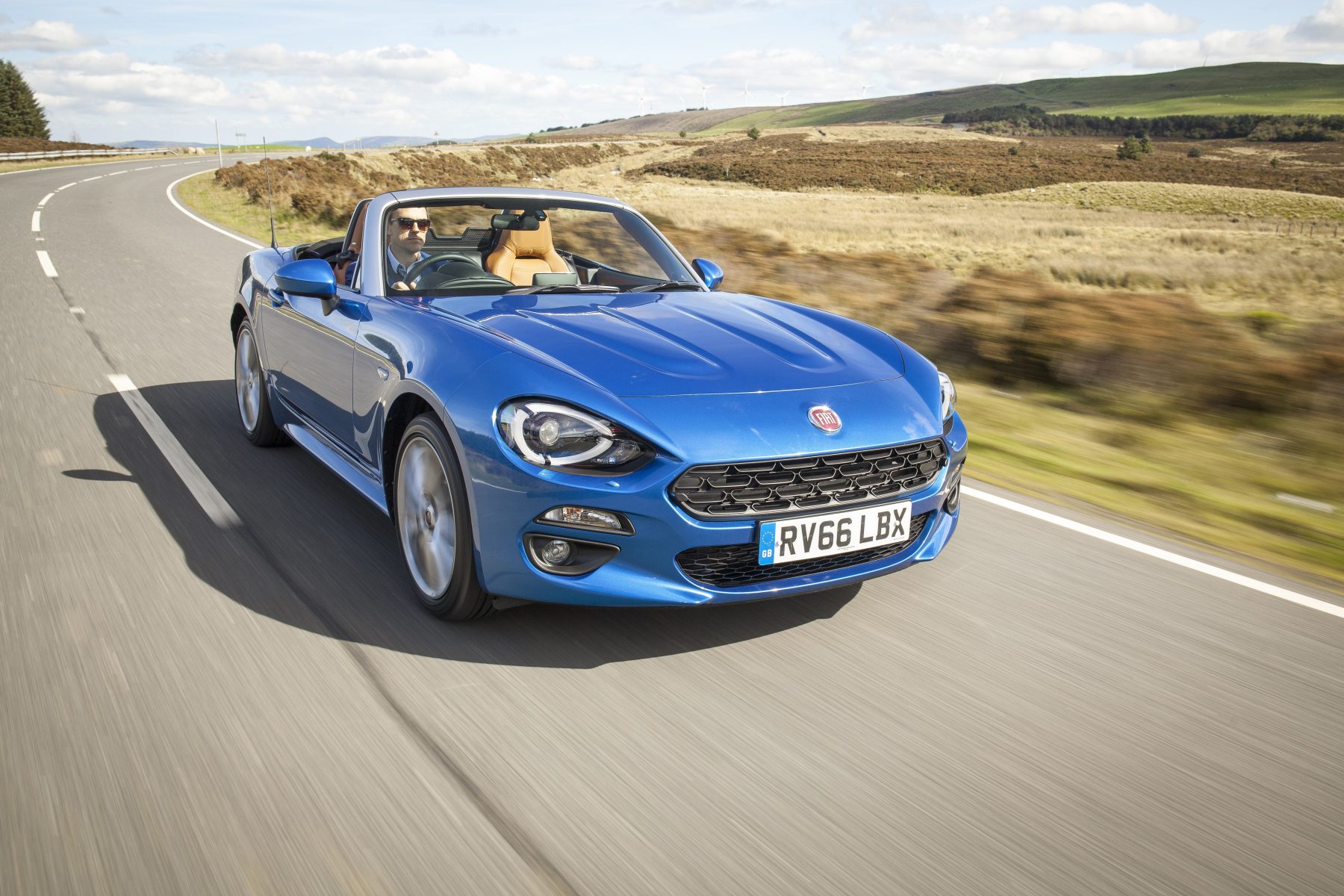 The 124 Spider made its grand return in 2015 with a rather different recipe from the 1966 original.
The 124 Spider made its grand return in 2015 with a rather different recipe from the 1966 original.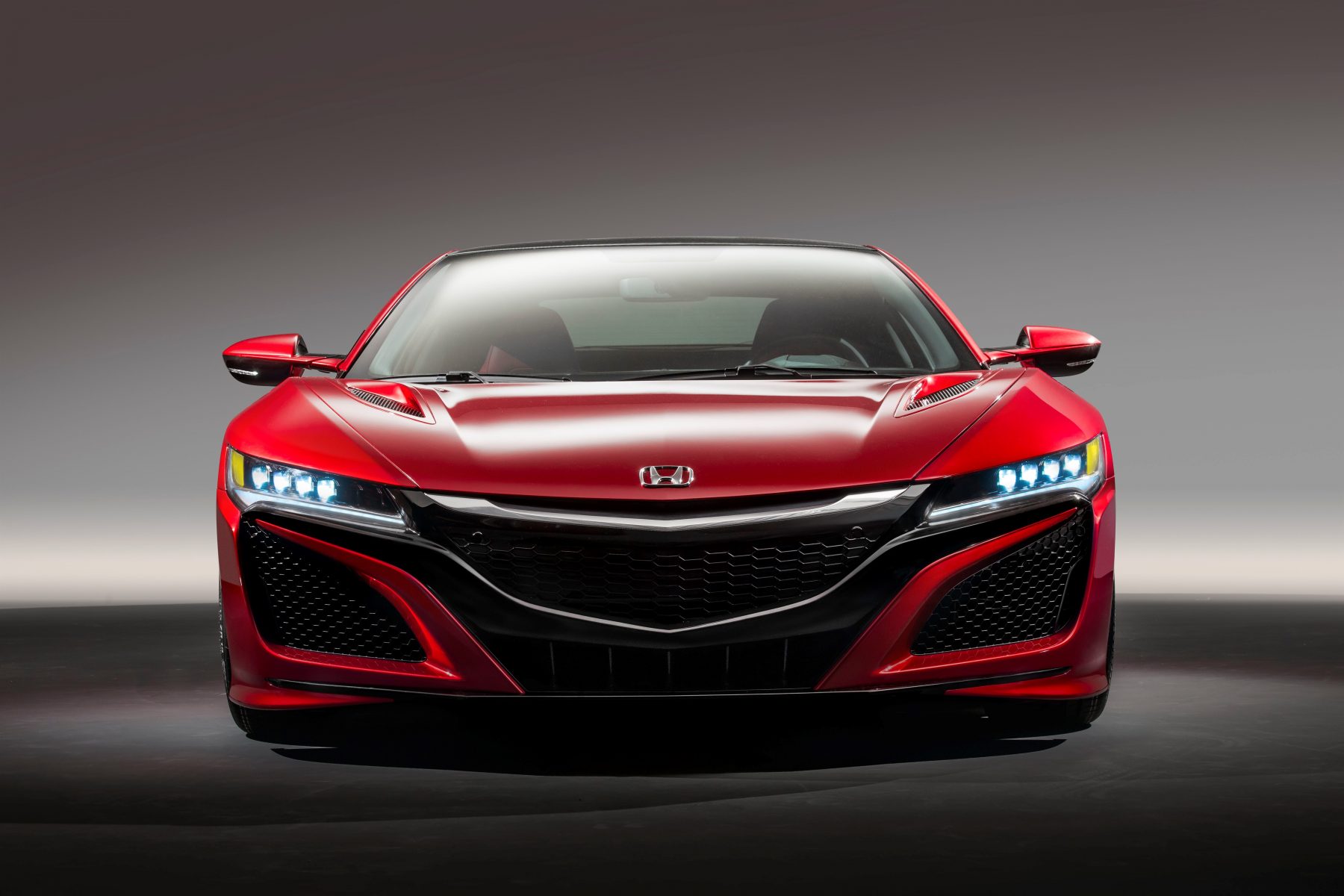 When Honda’s NSX was retired in 2005, many were upset, but it did make sense. The model had lasted 15 years to that point, and it was seen as a car that needed a refresh.
When Honda’s NSX was retired in 2005, many were upset, but it did make sense. The model had lasted 15 years to that point, and it was seen as a car that needed a refresh.